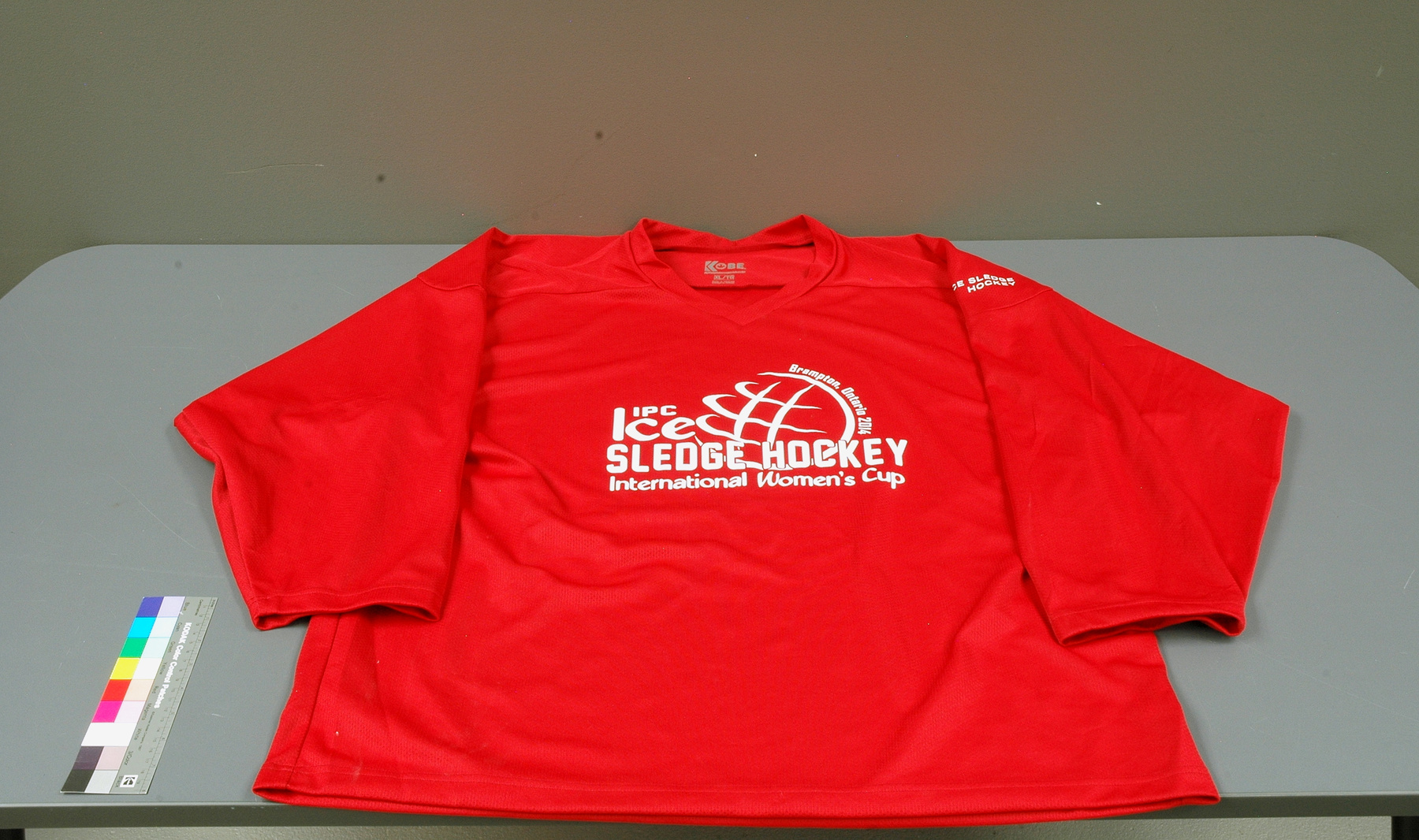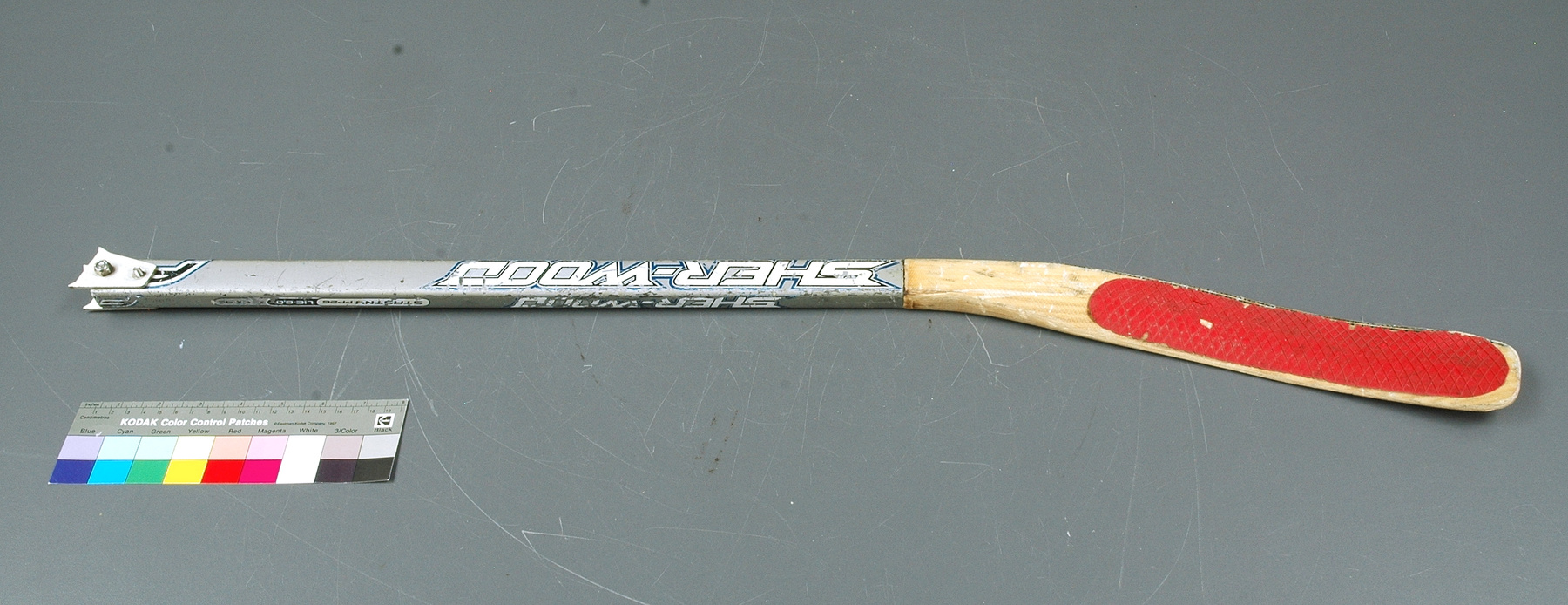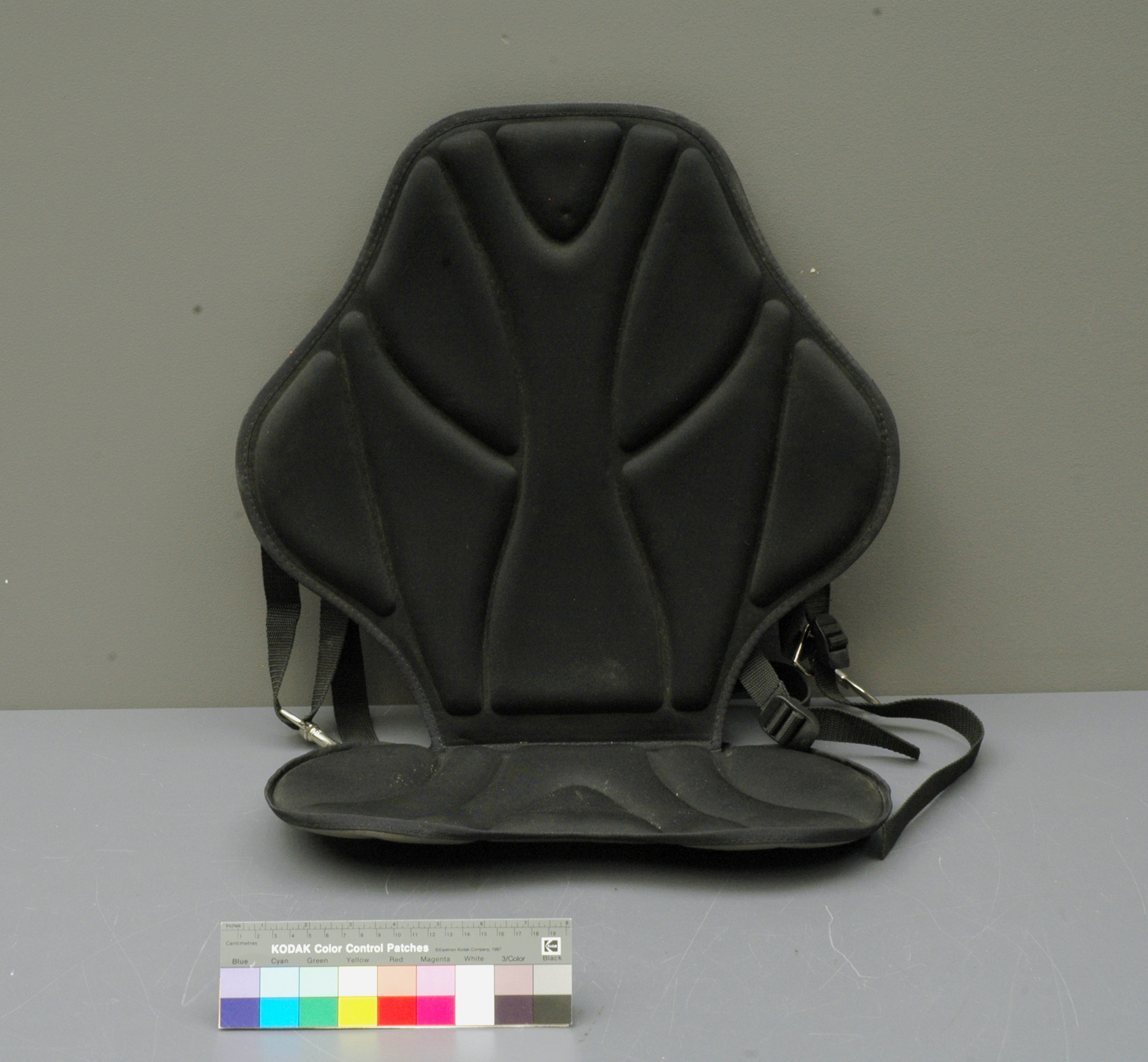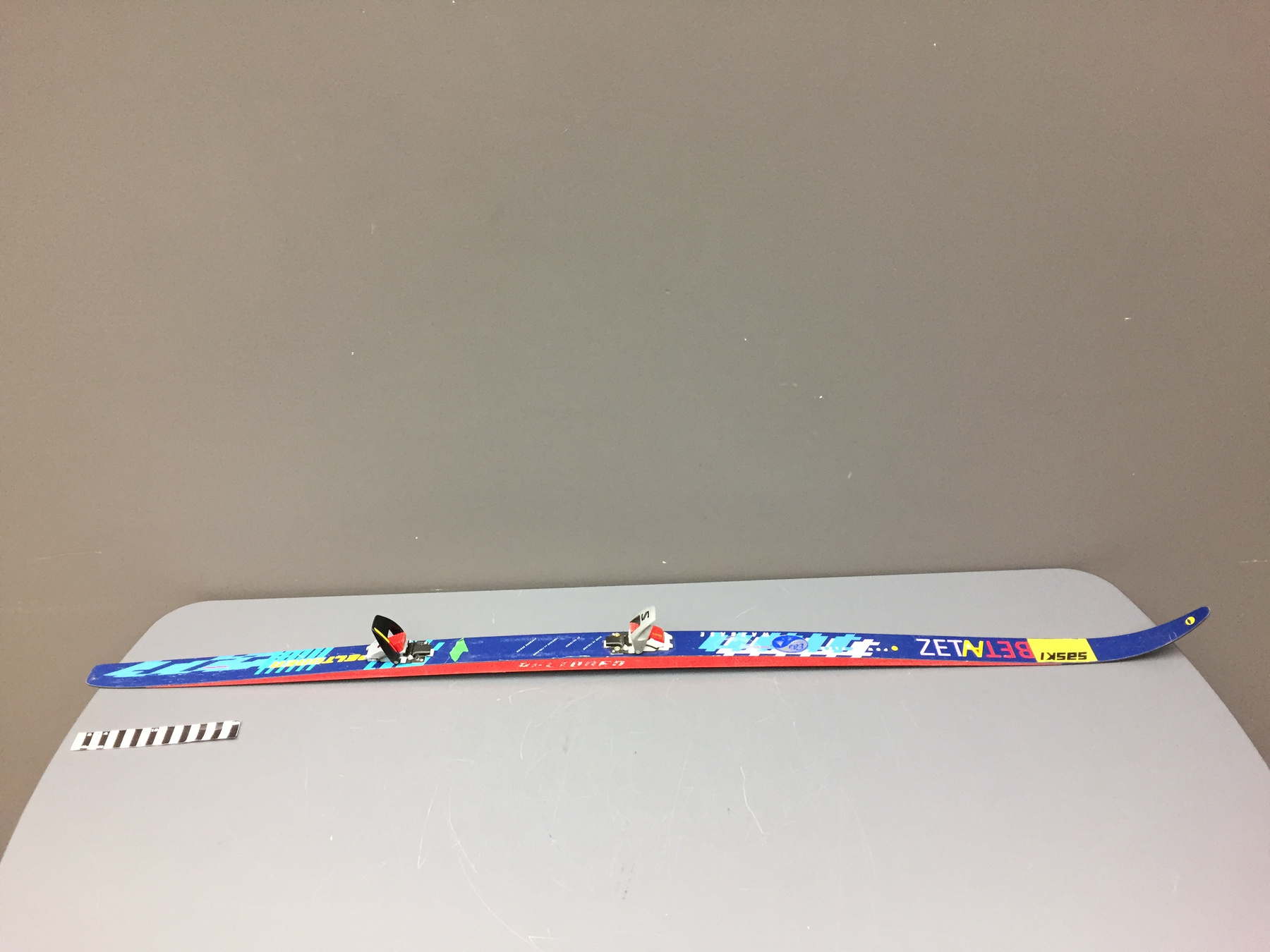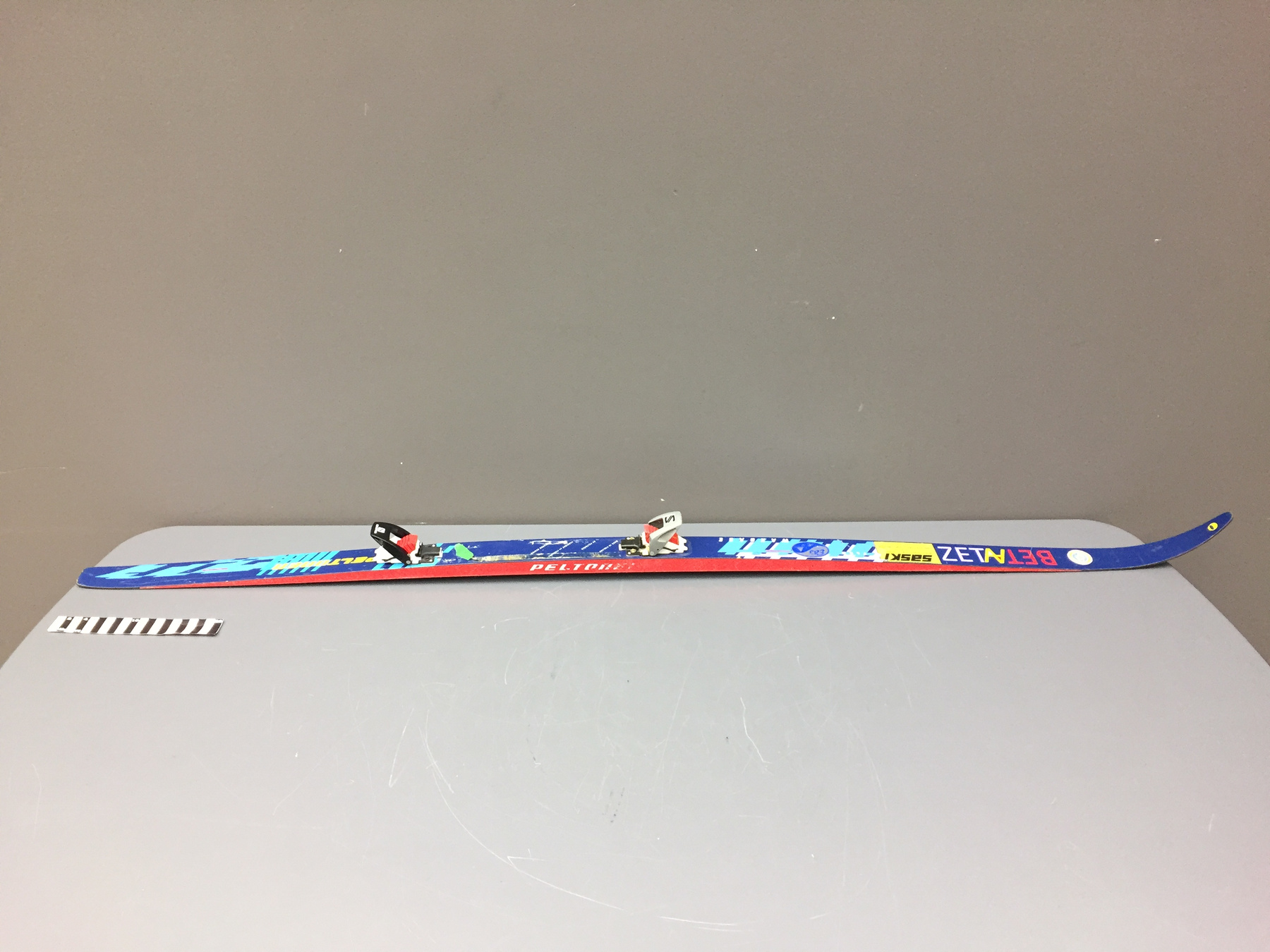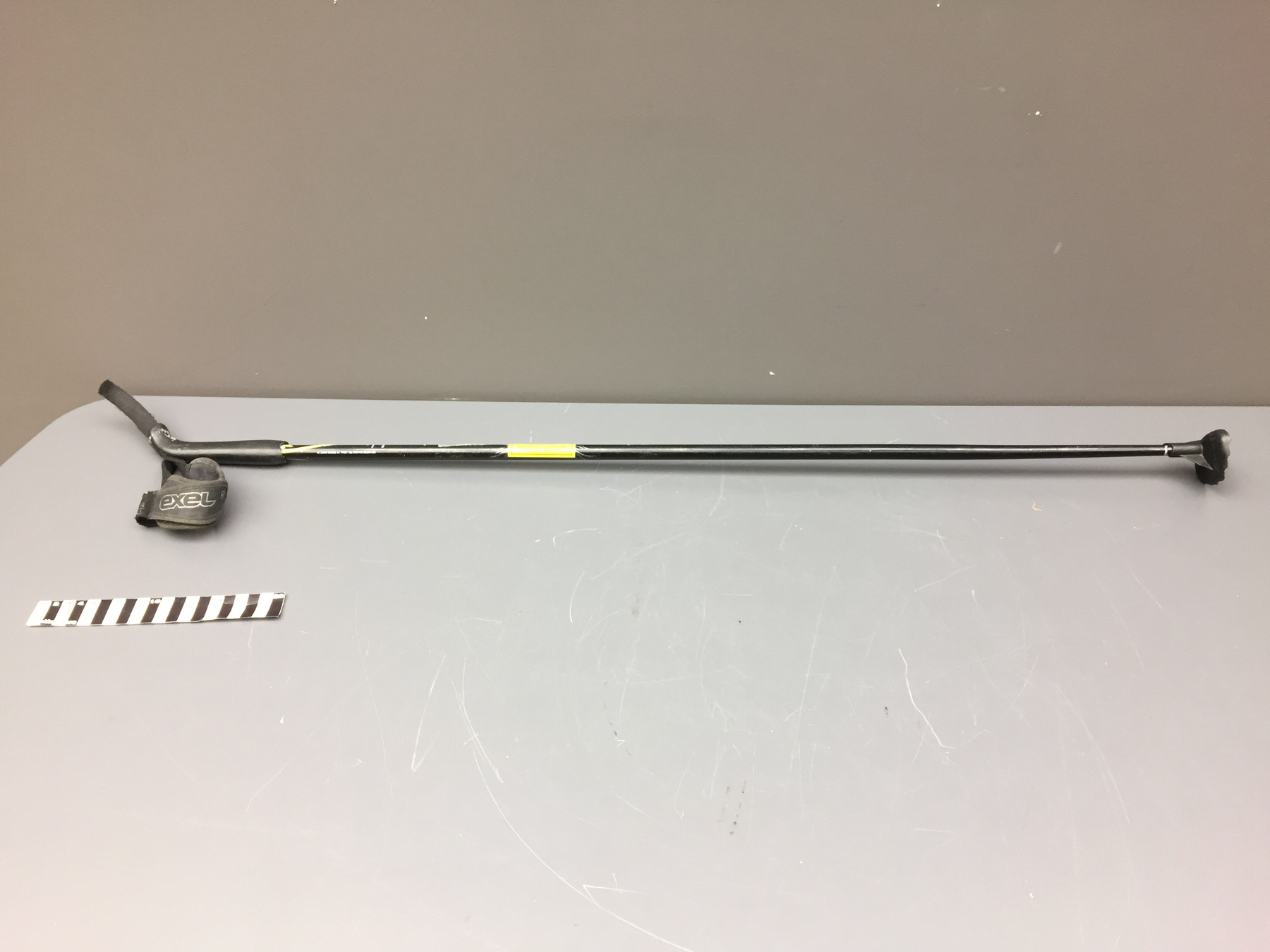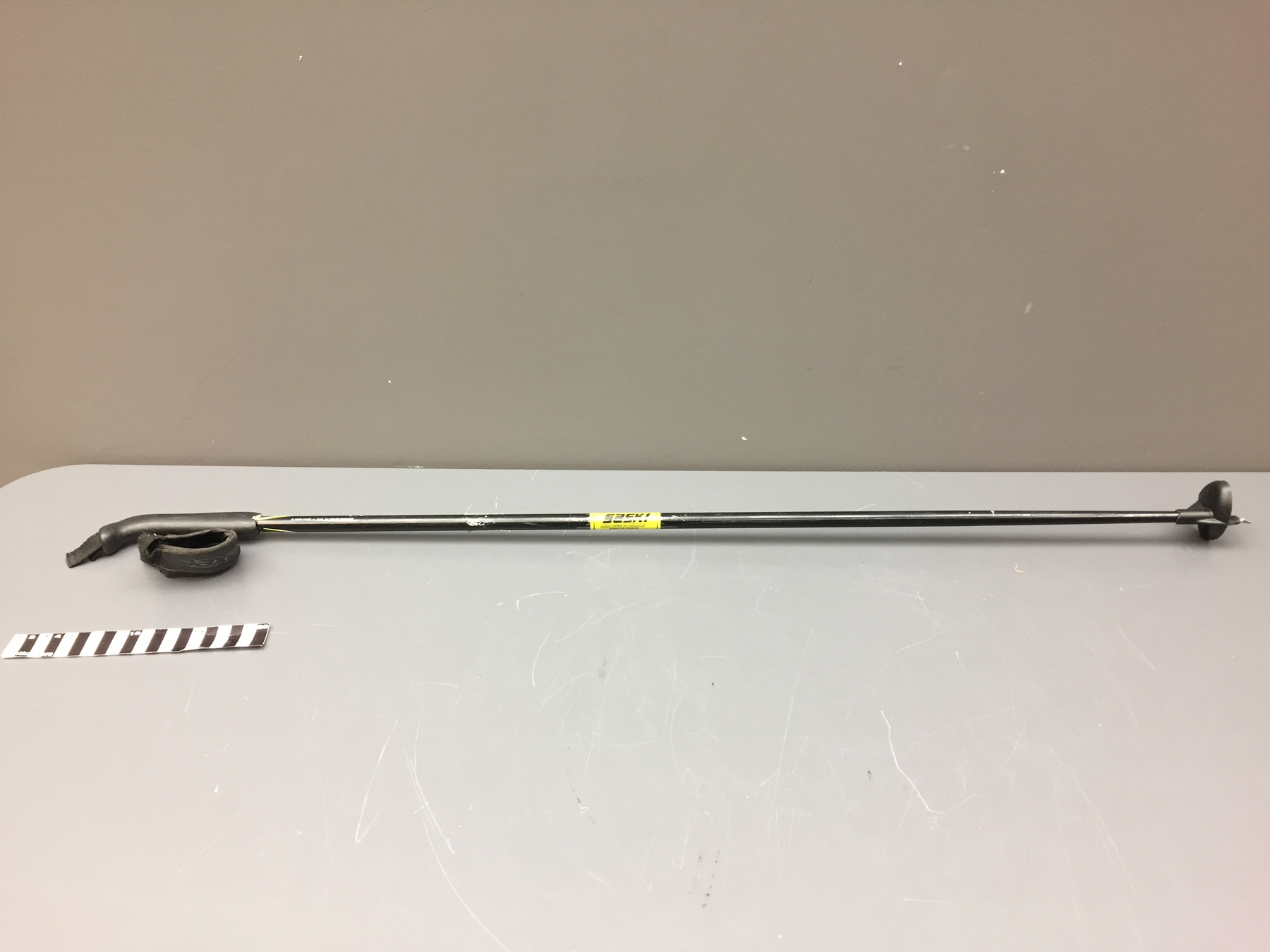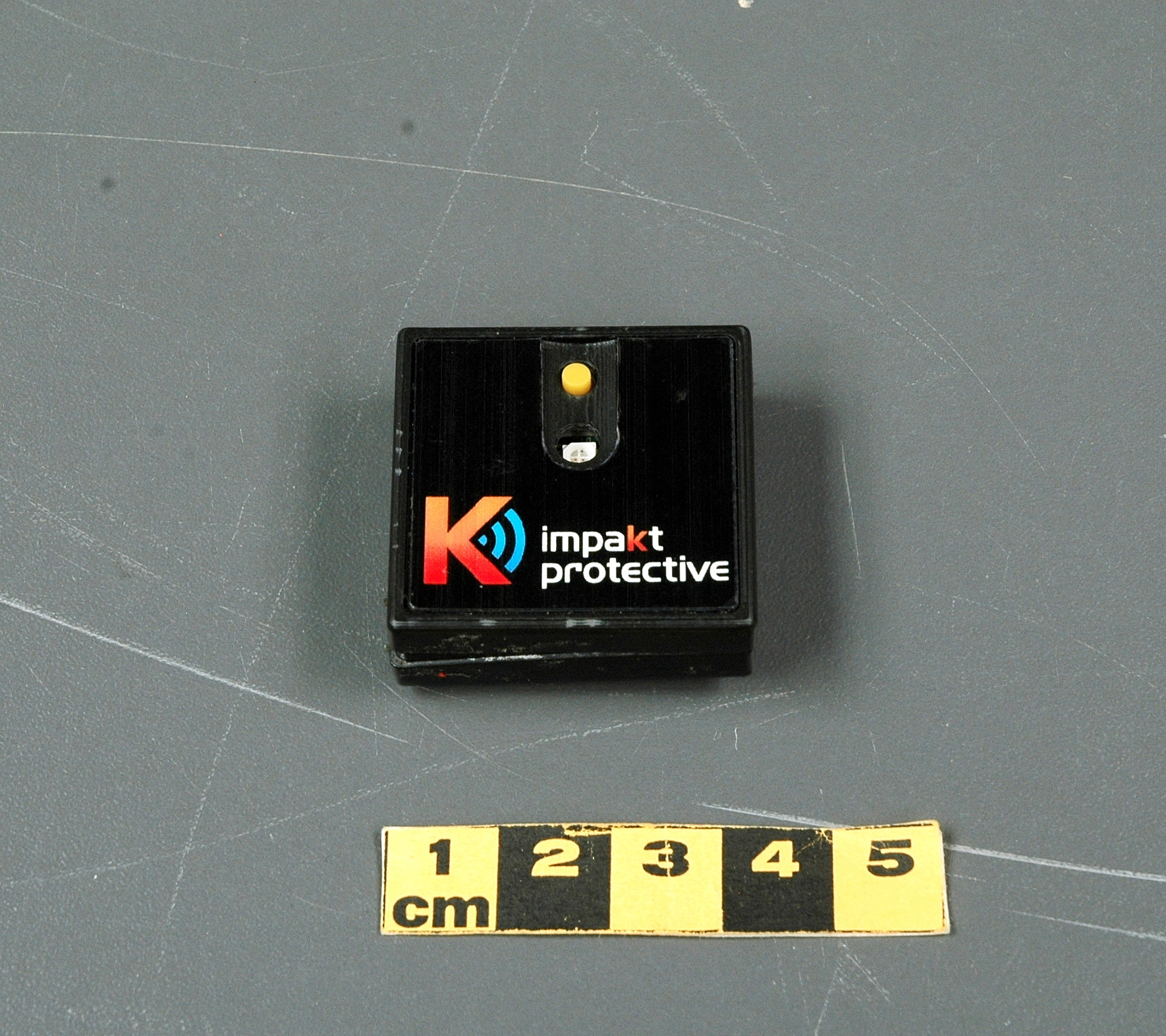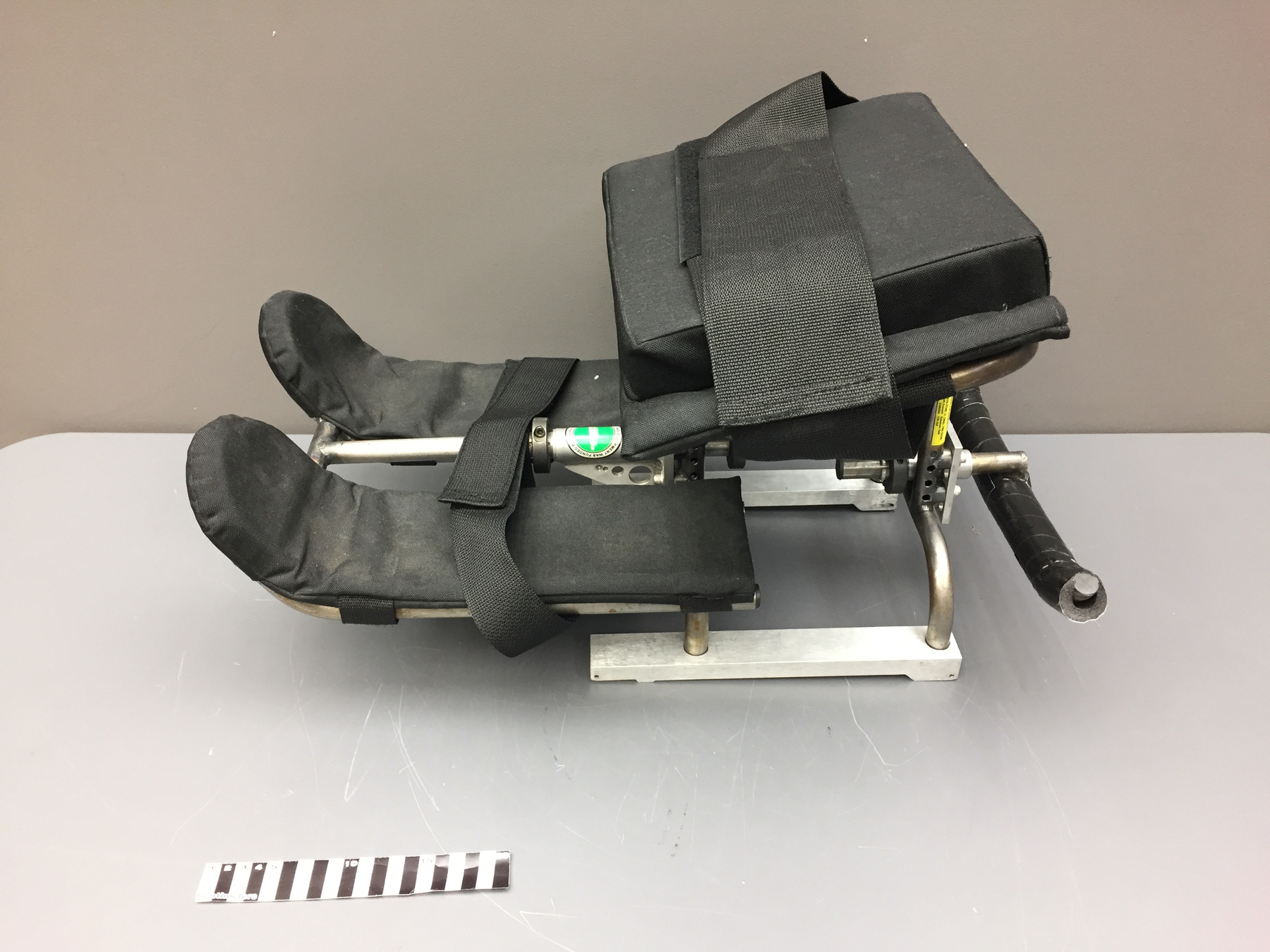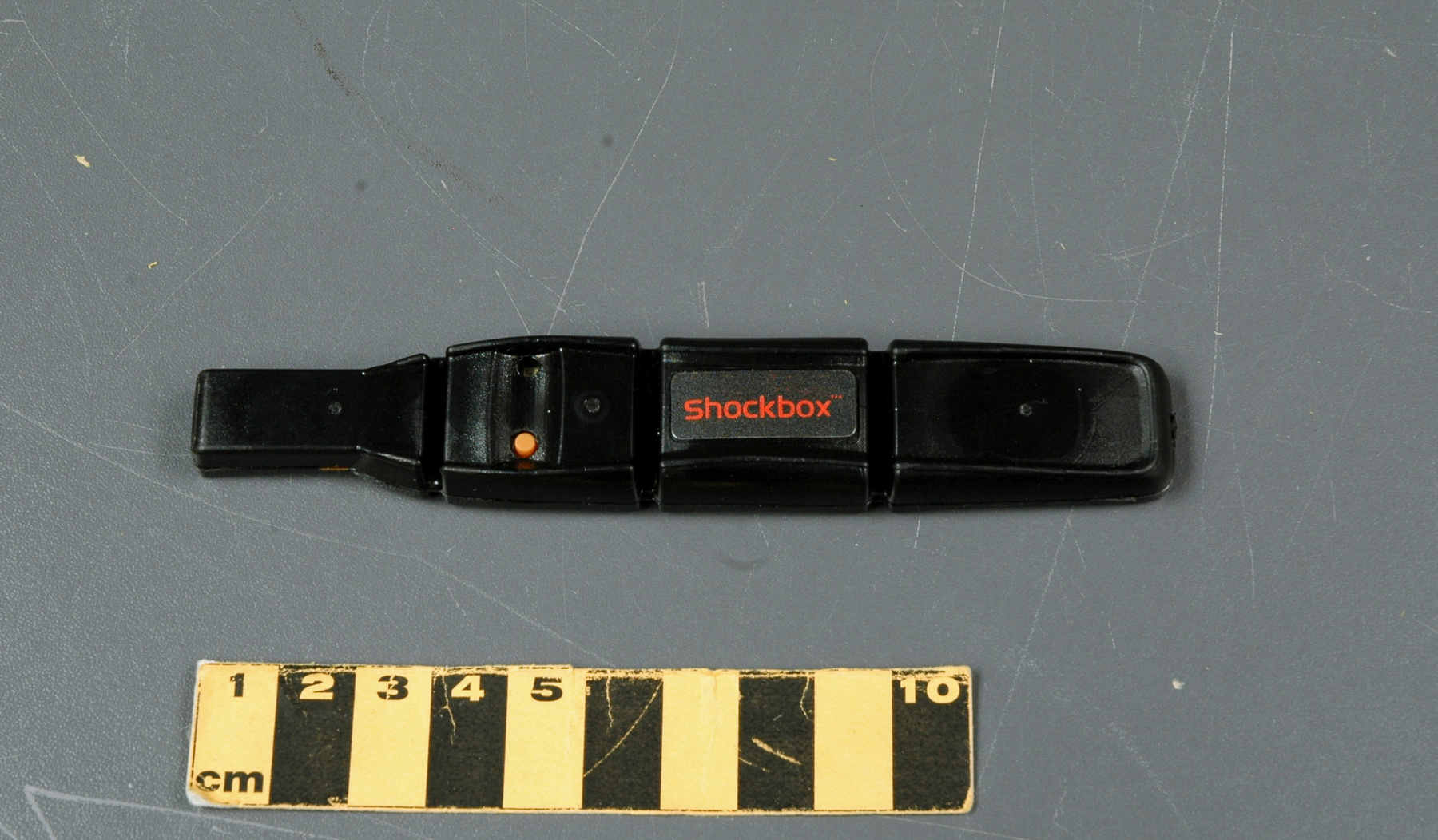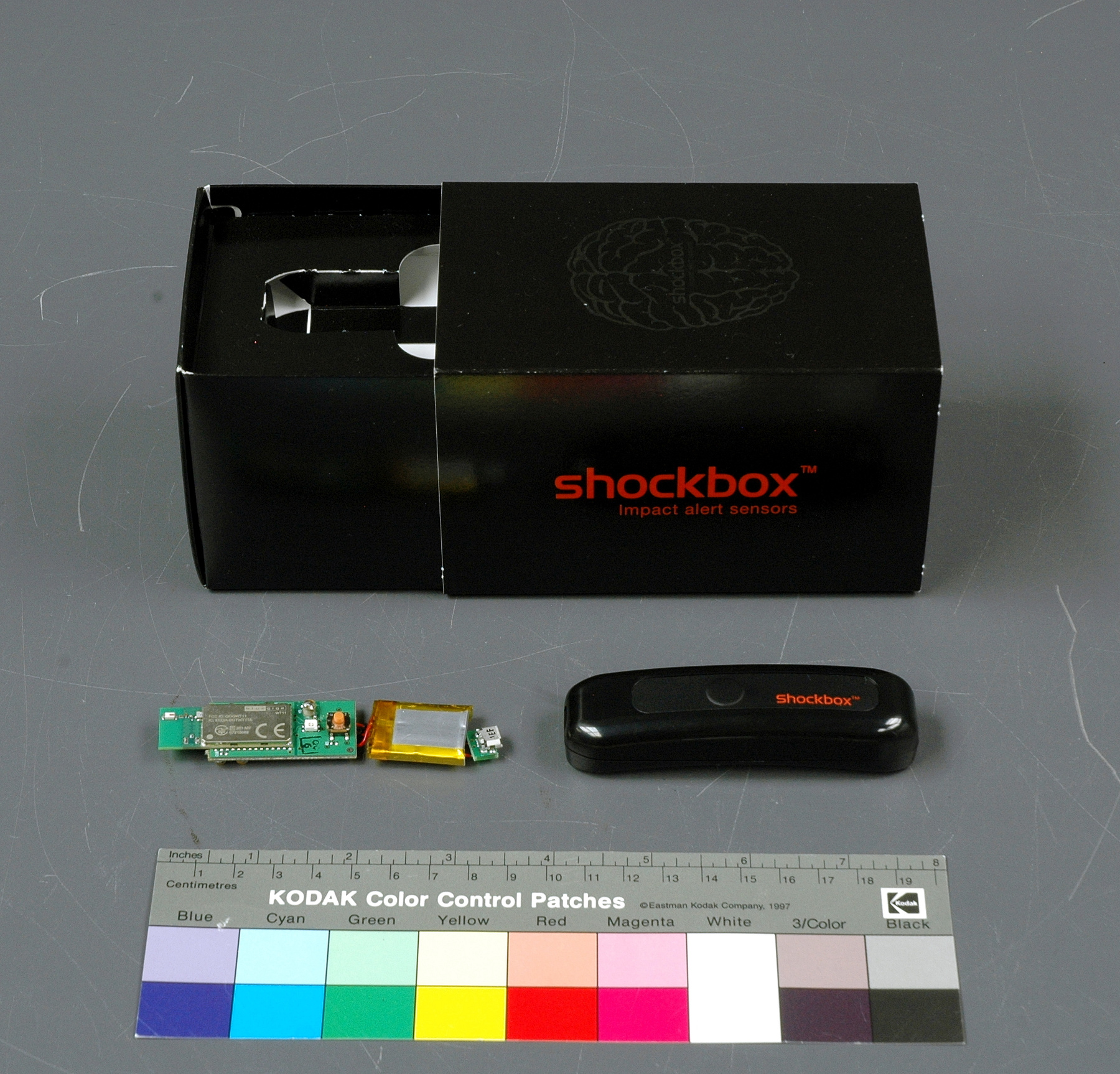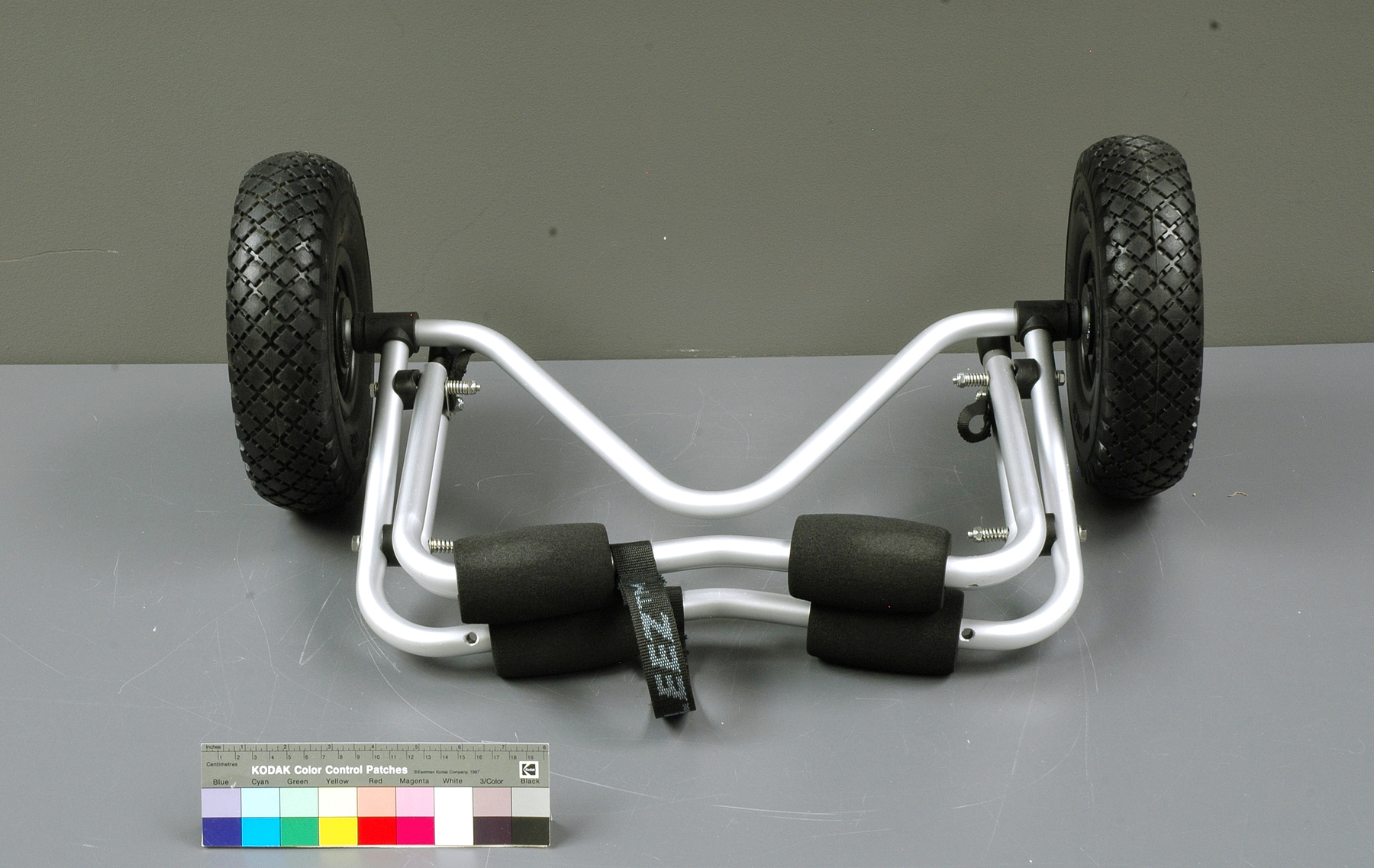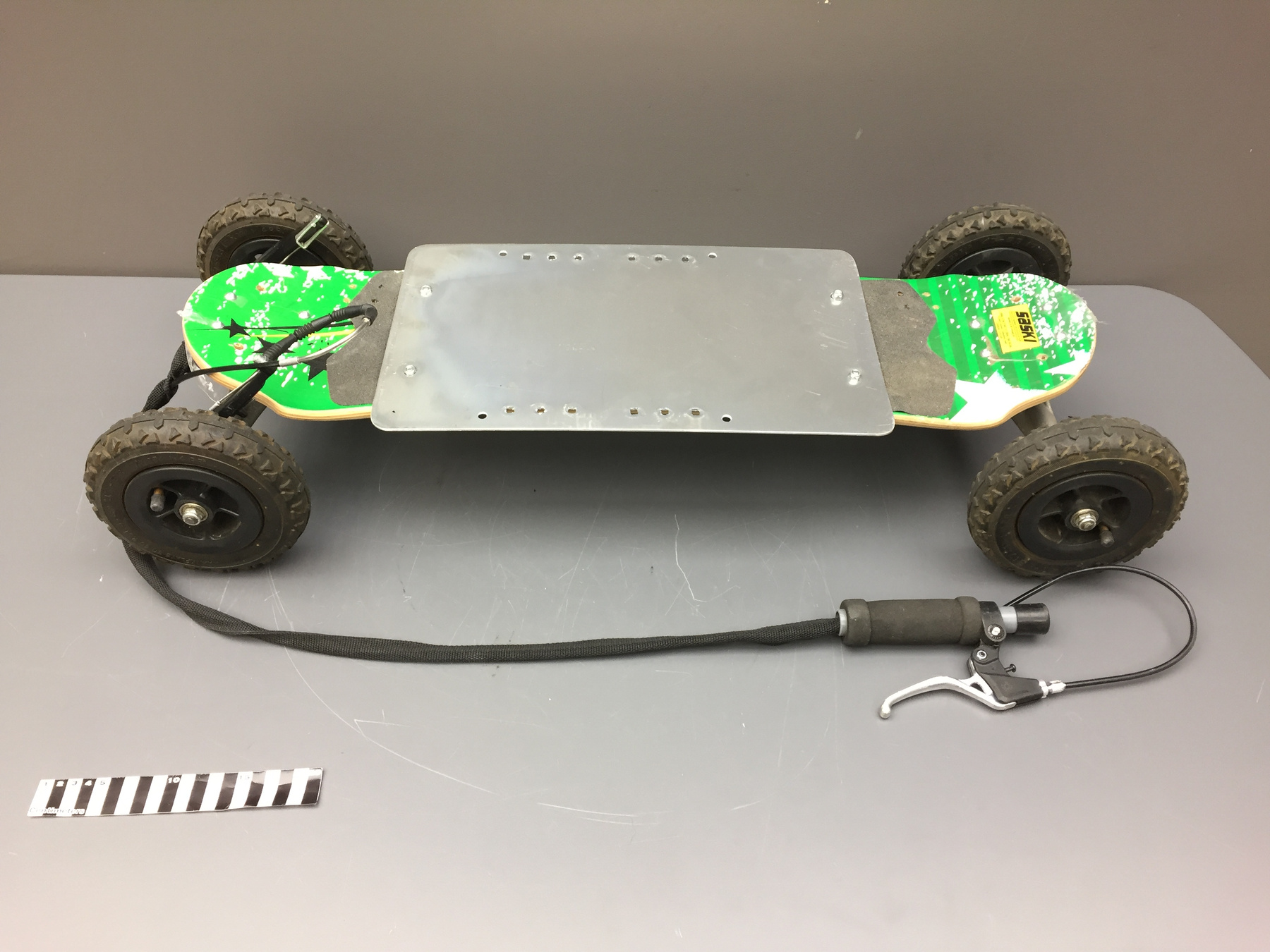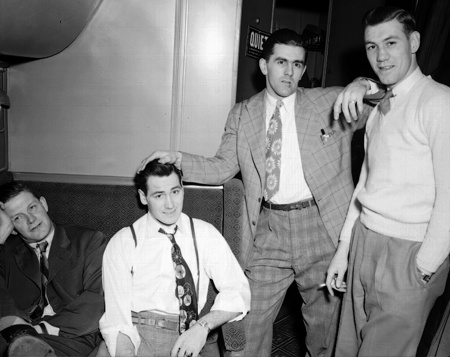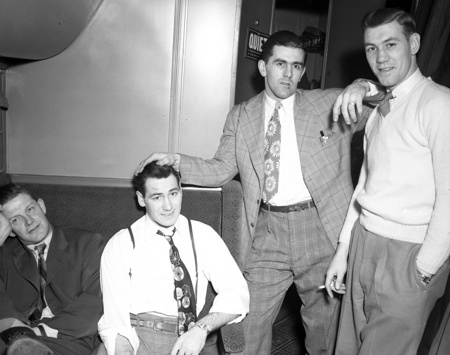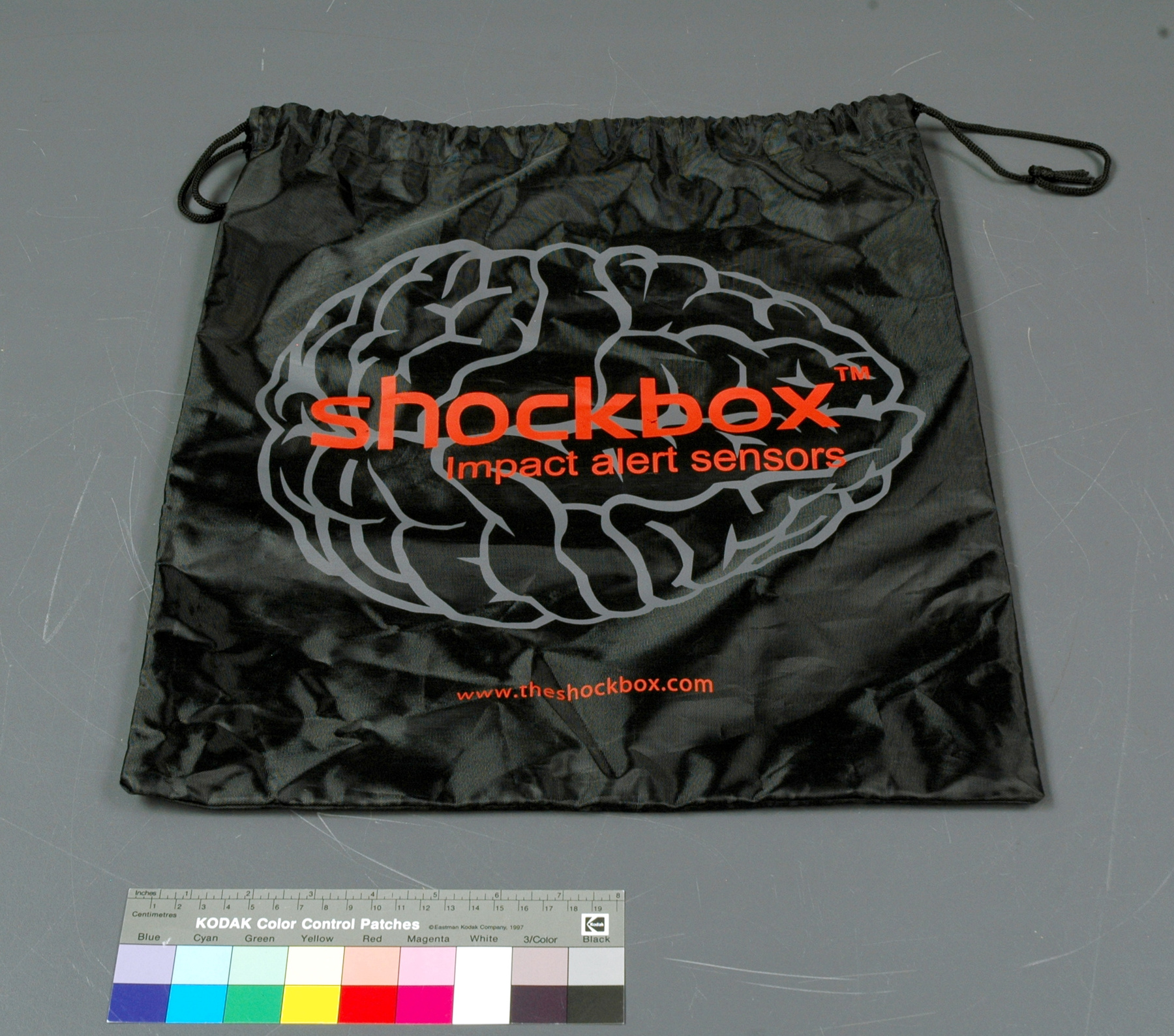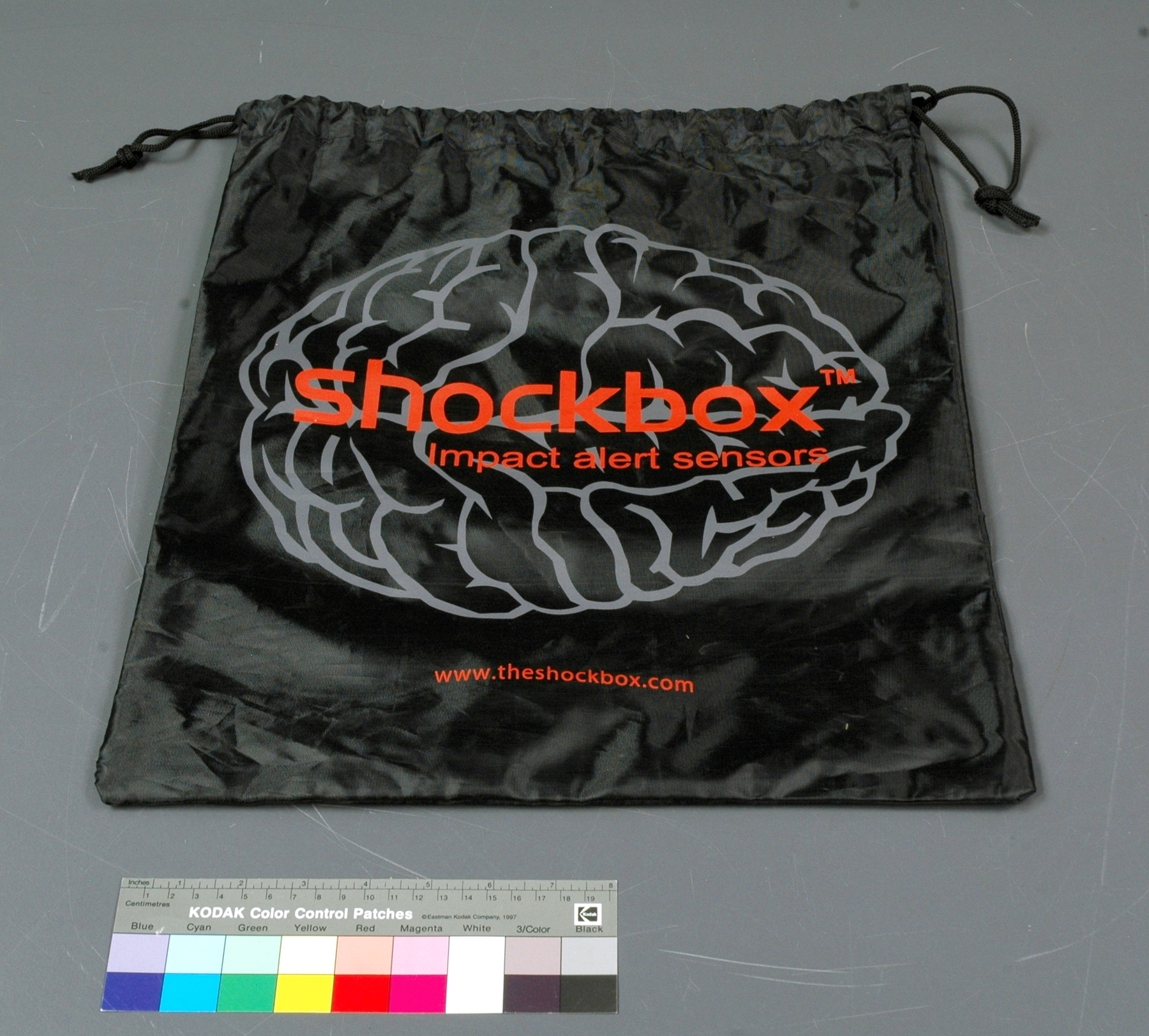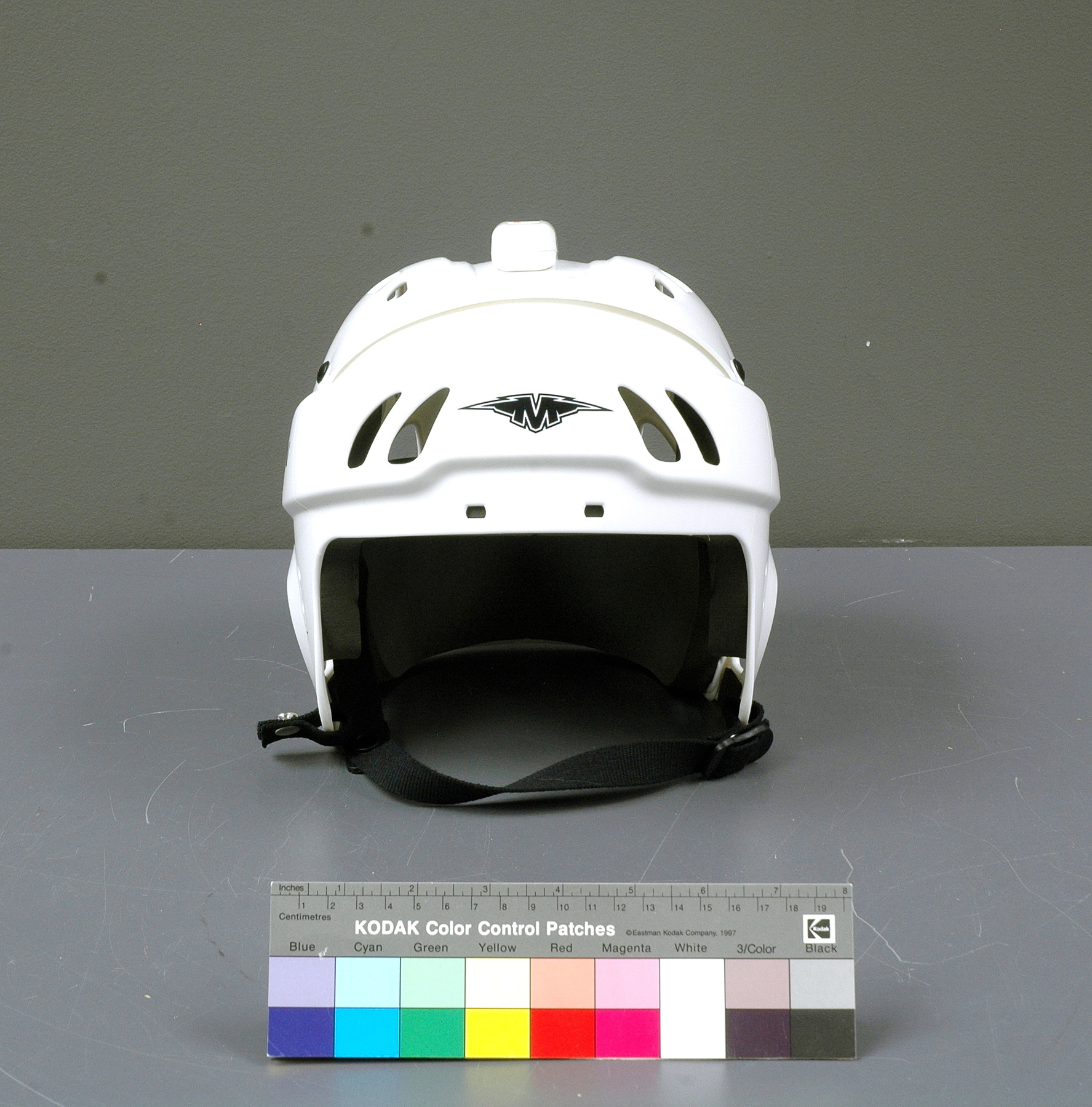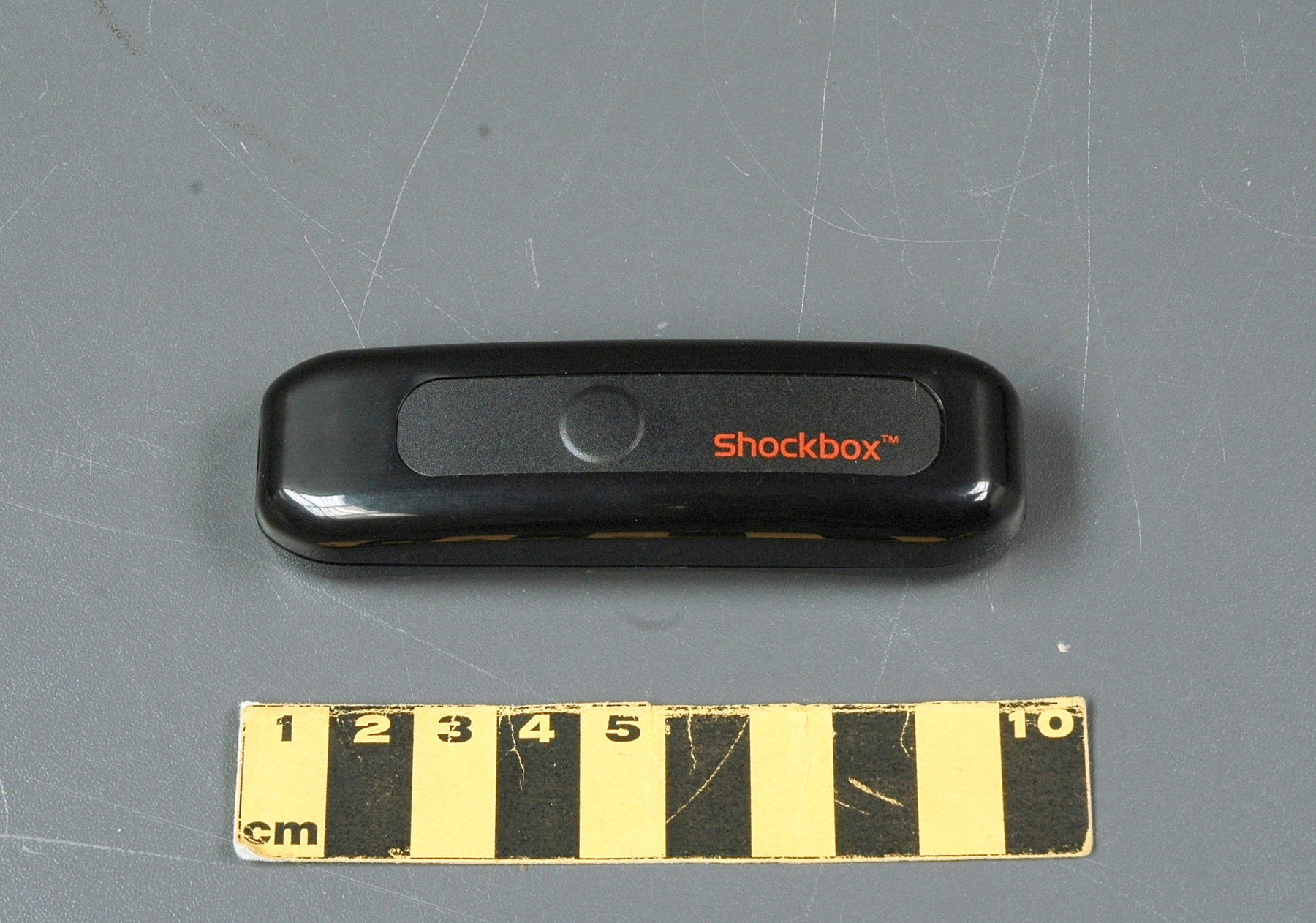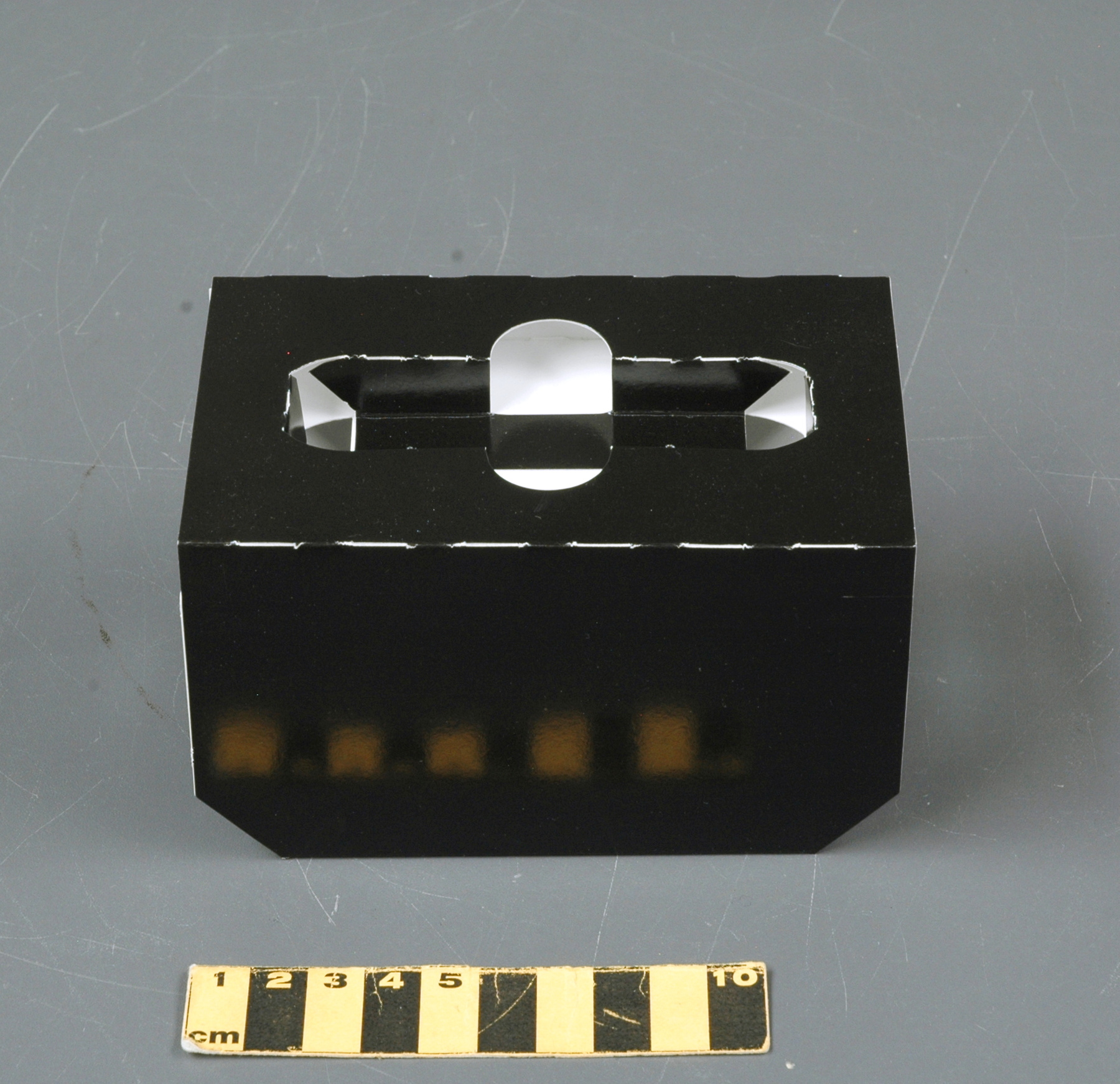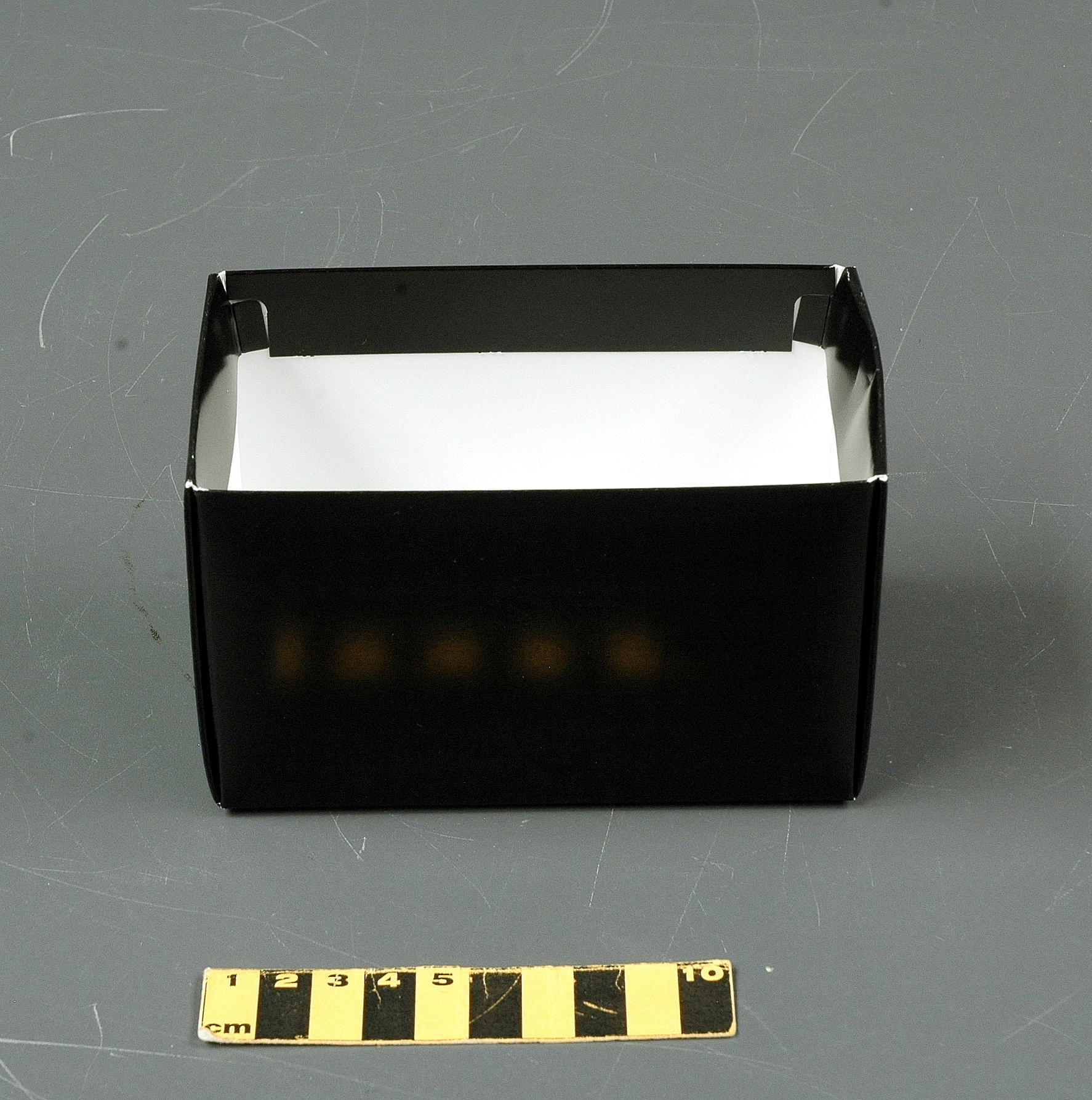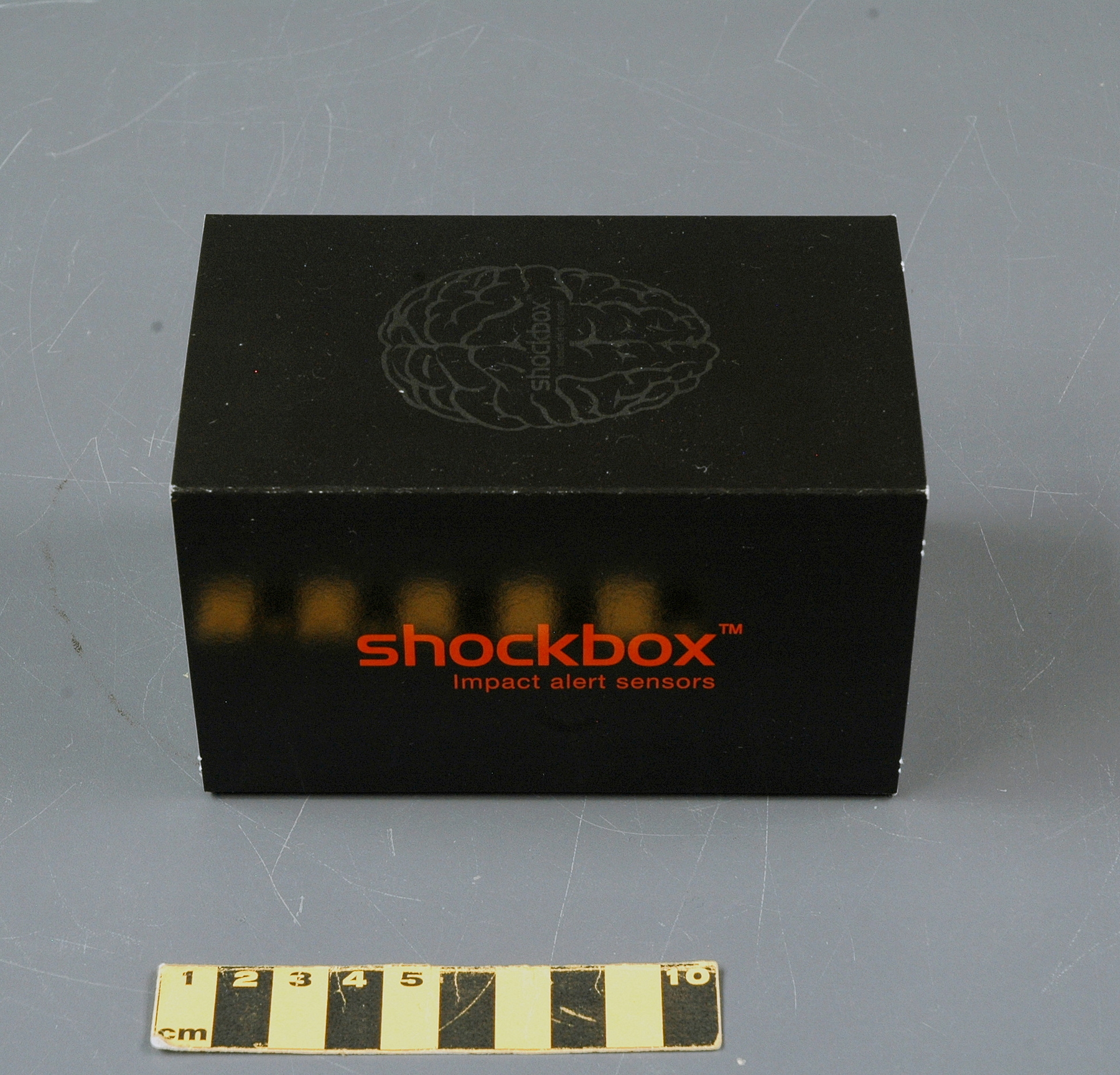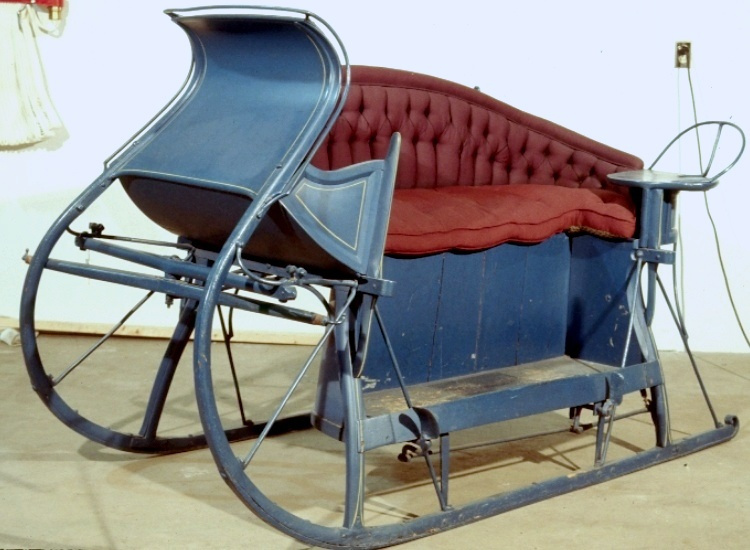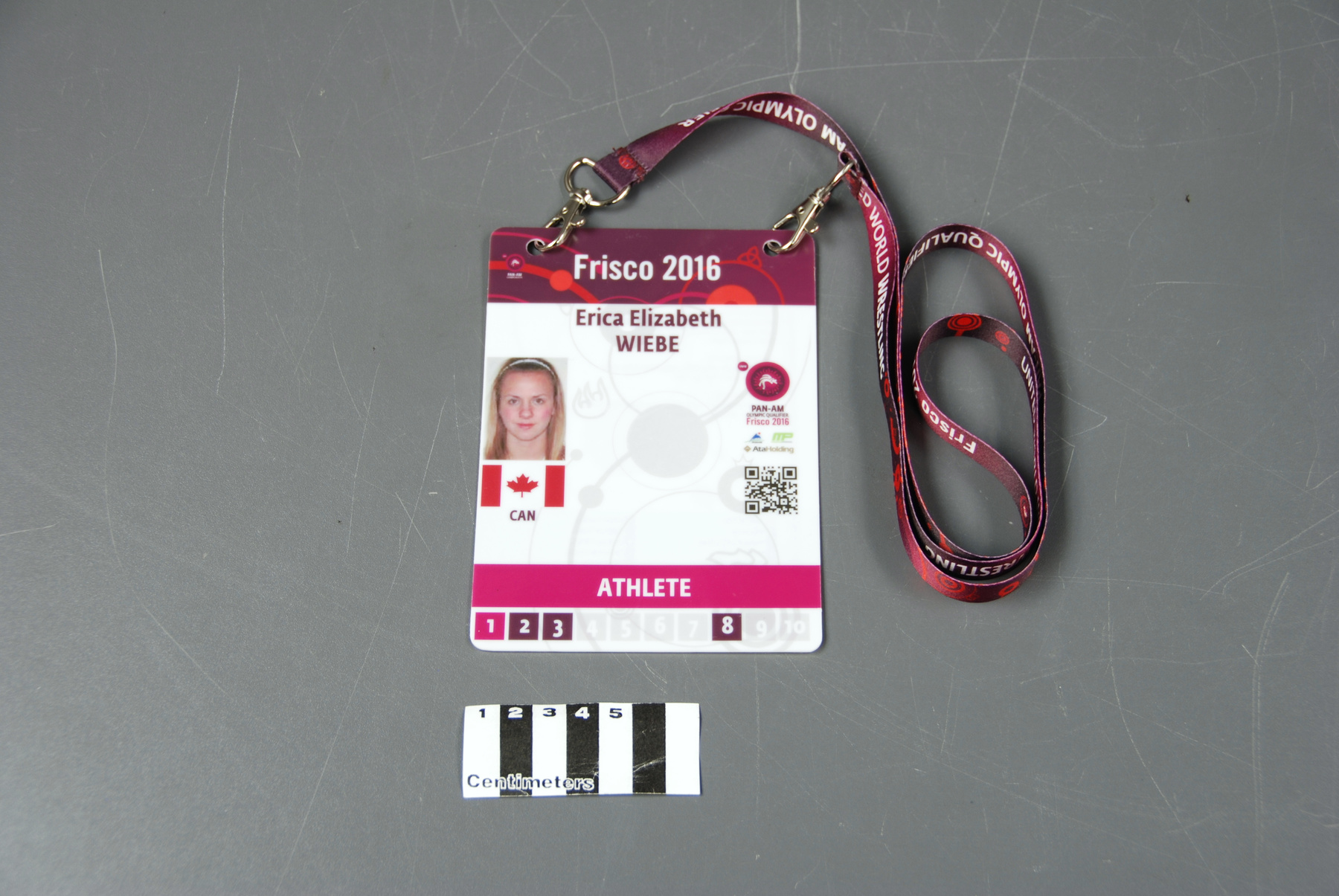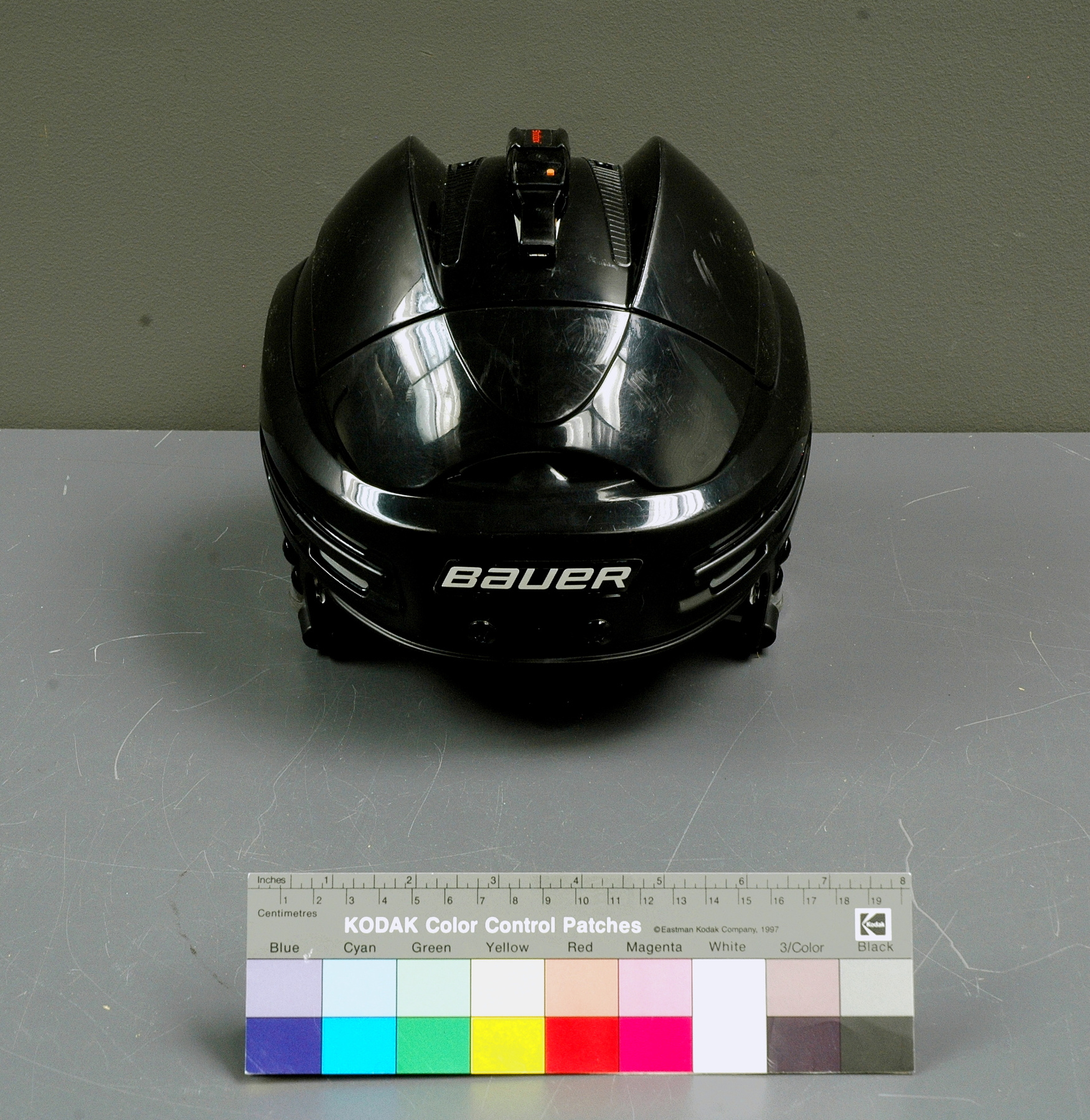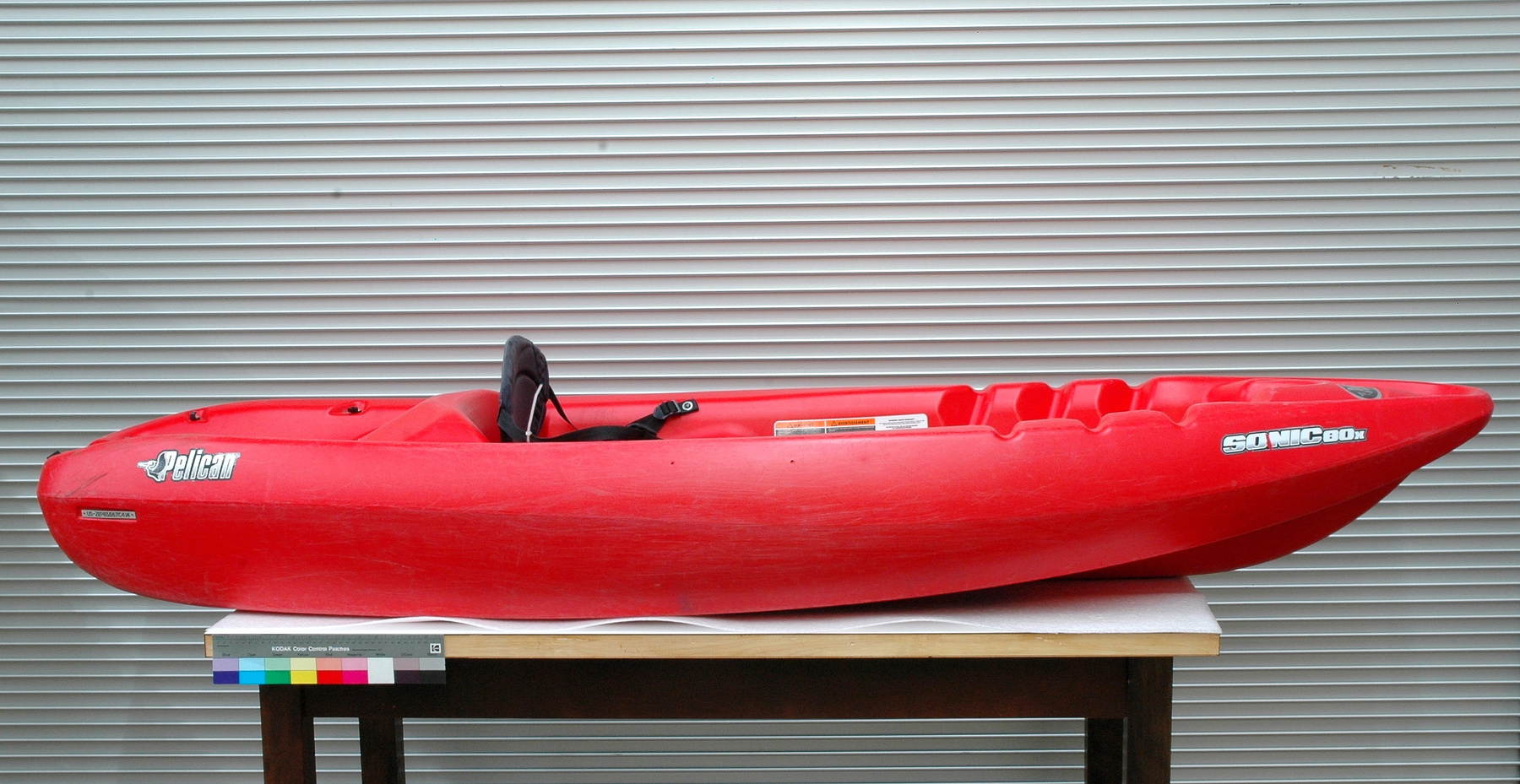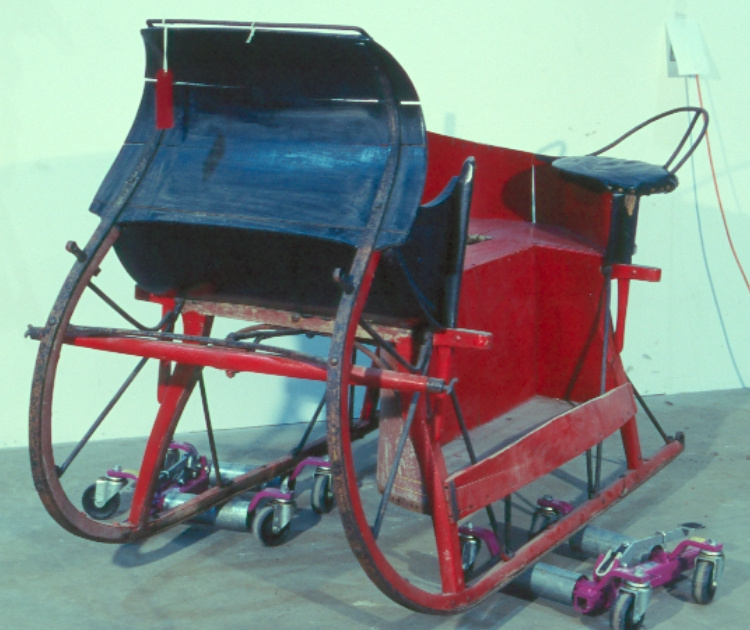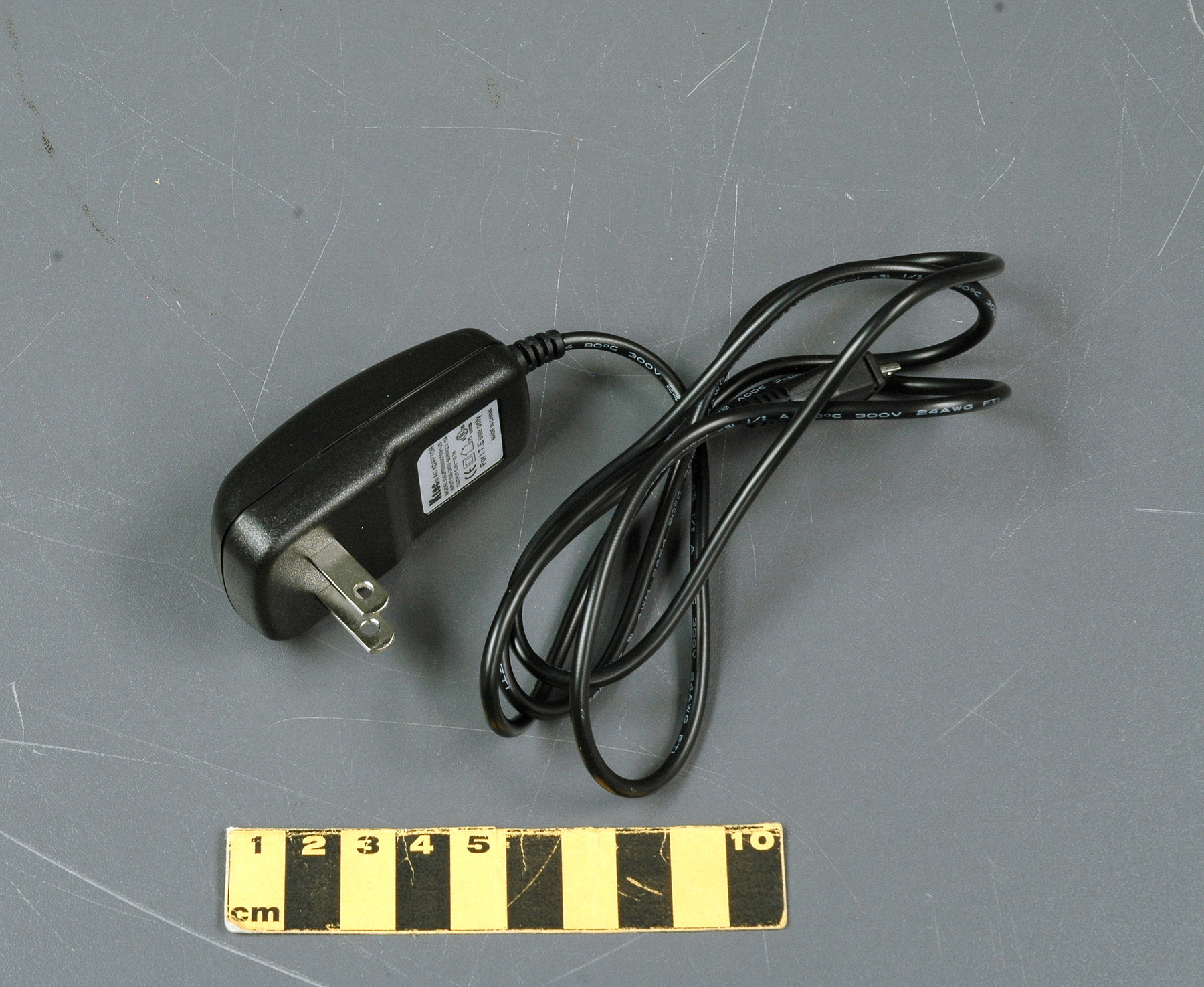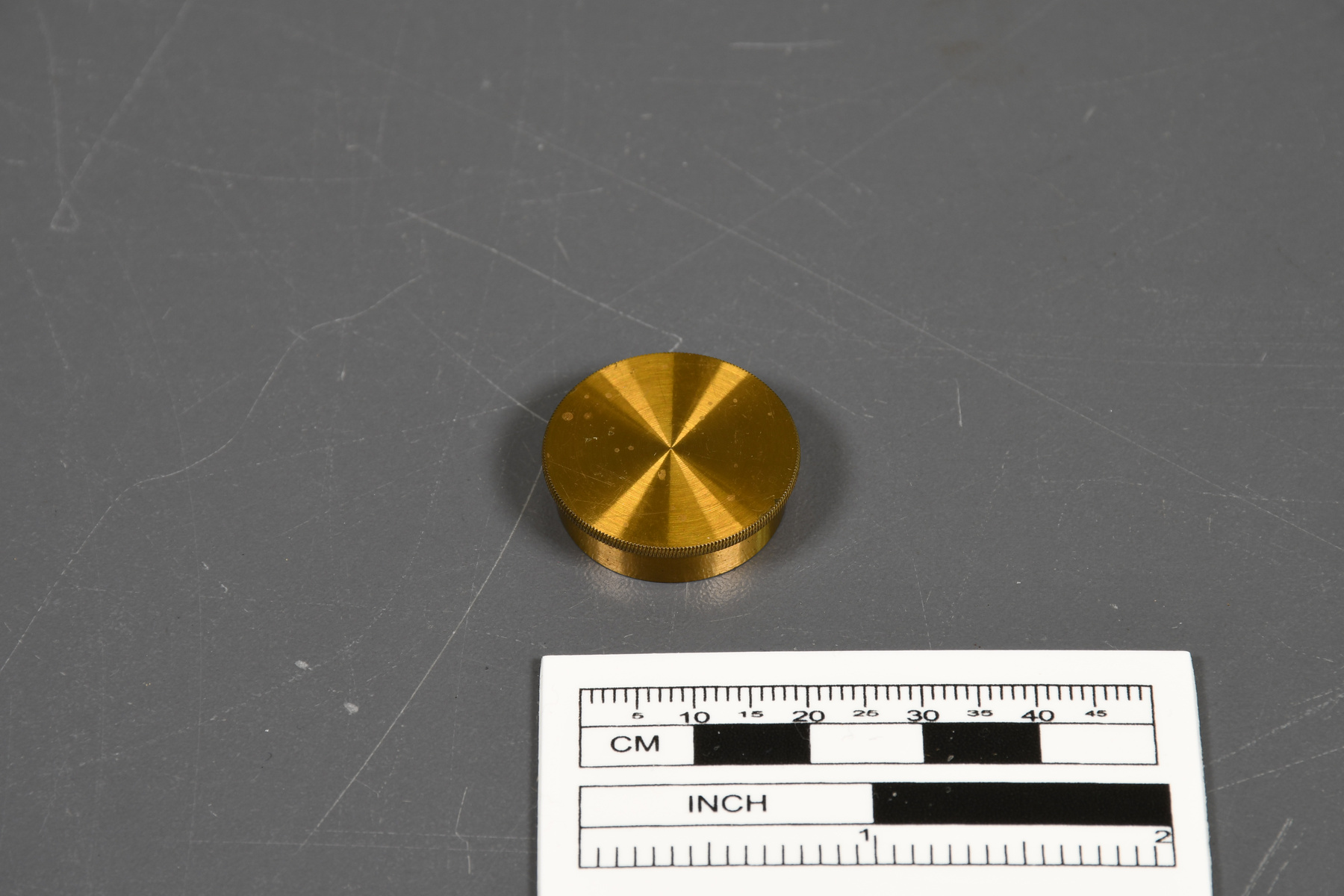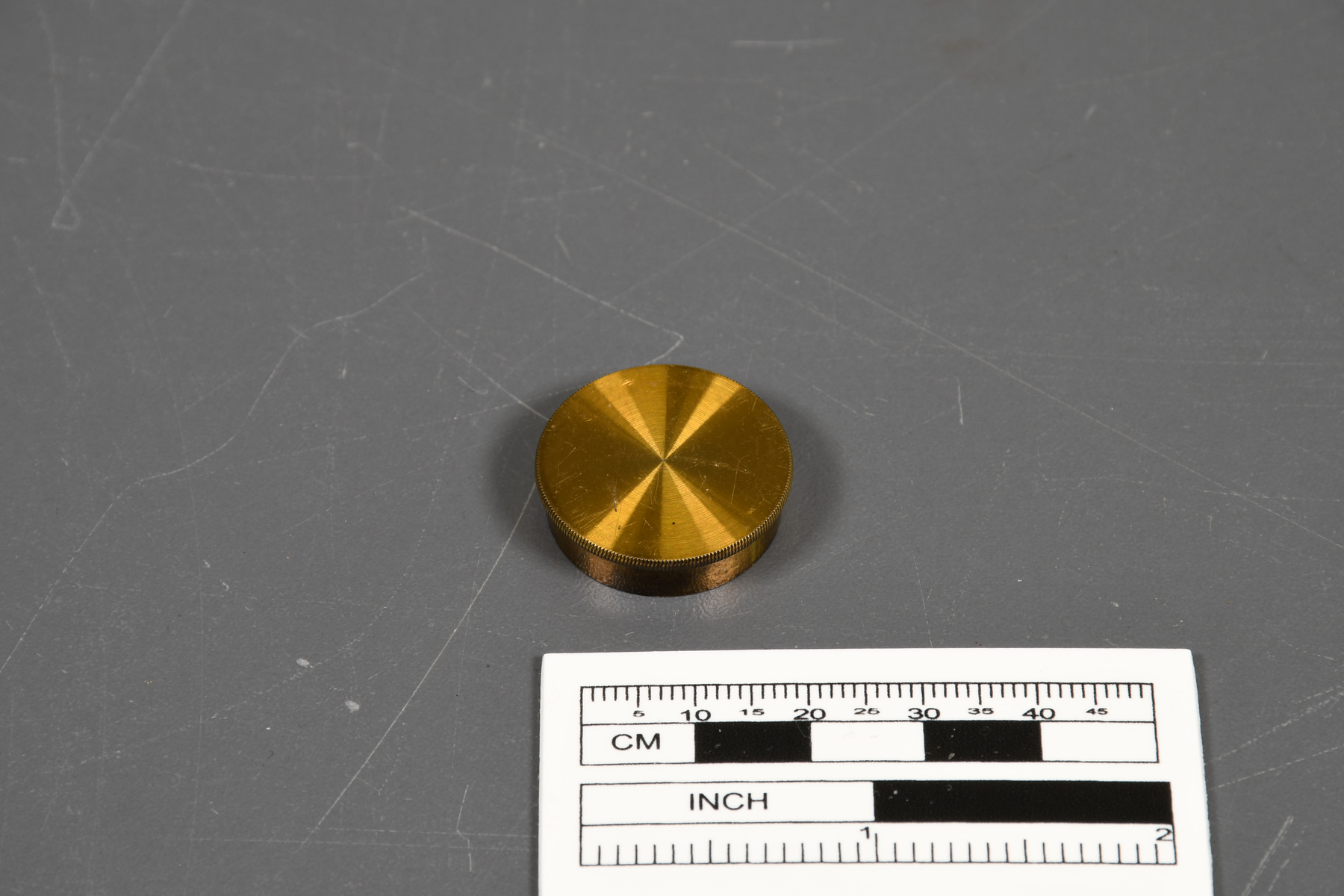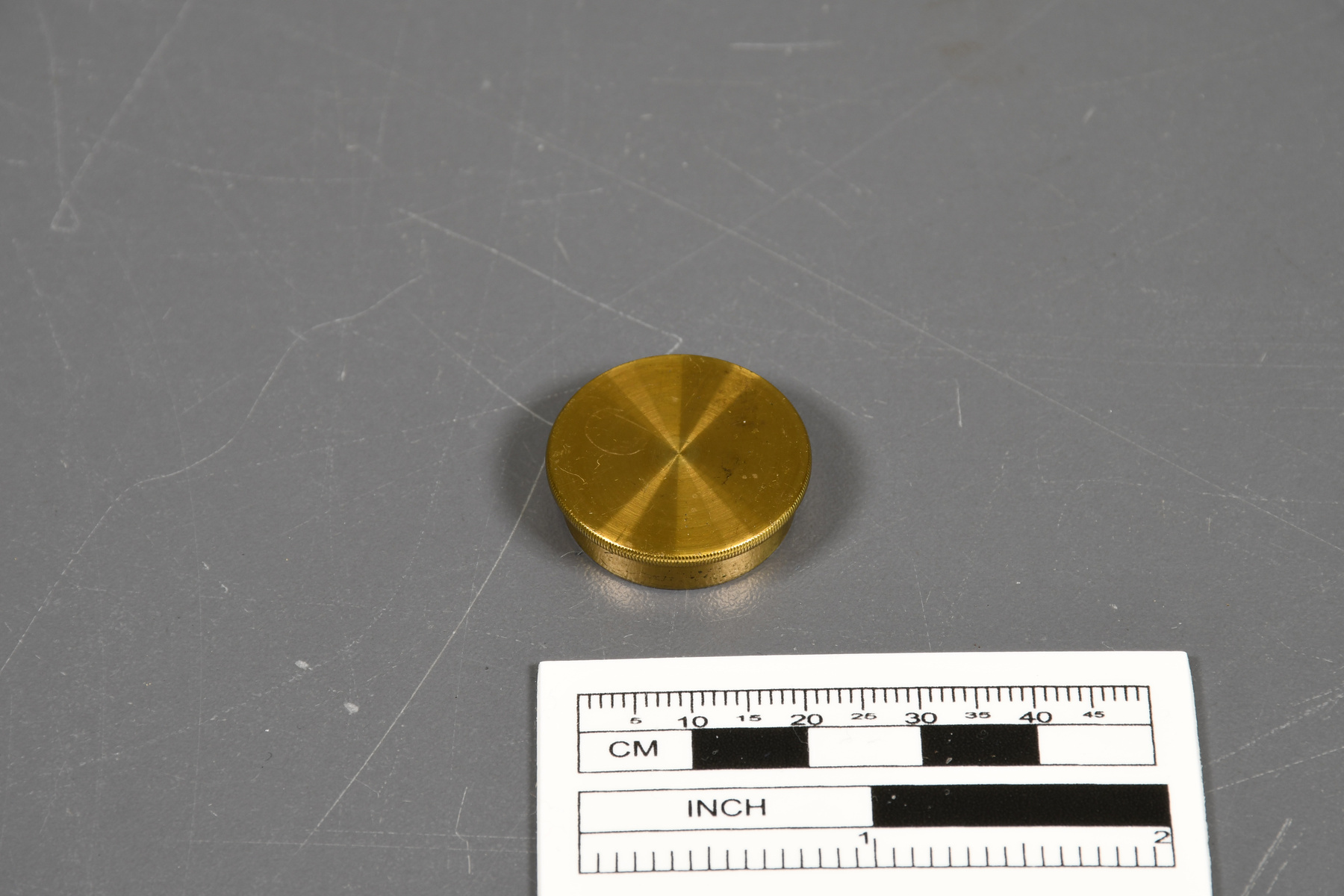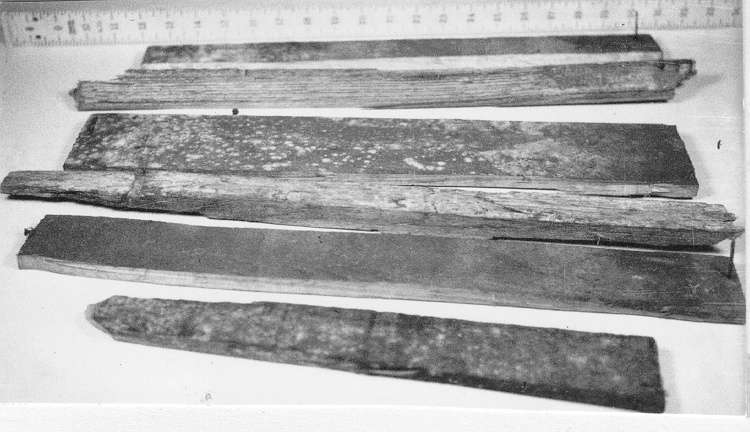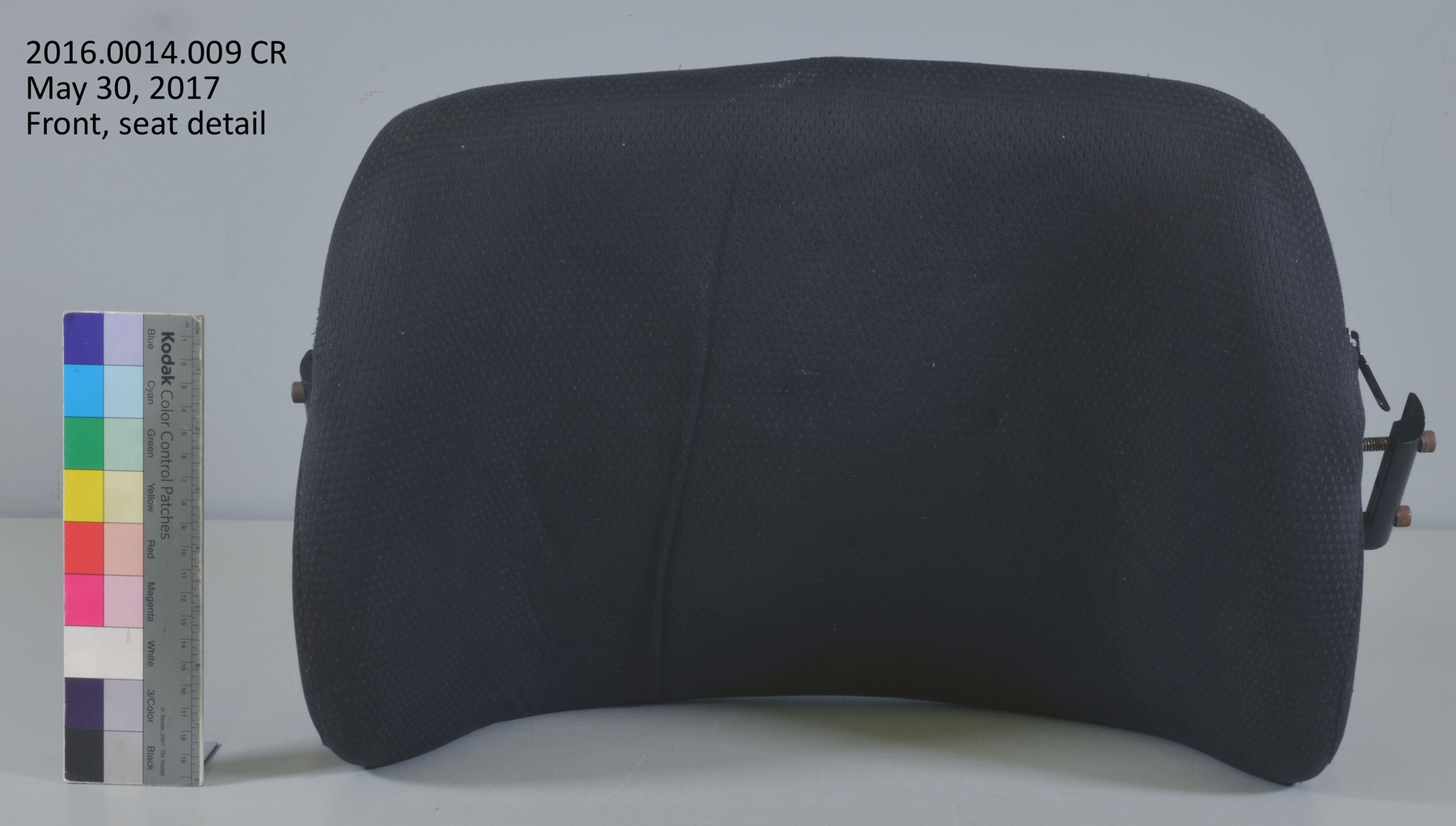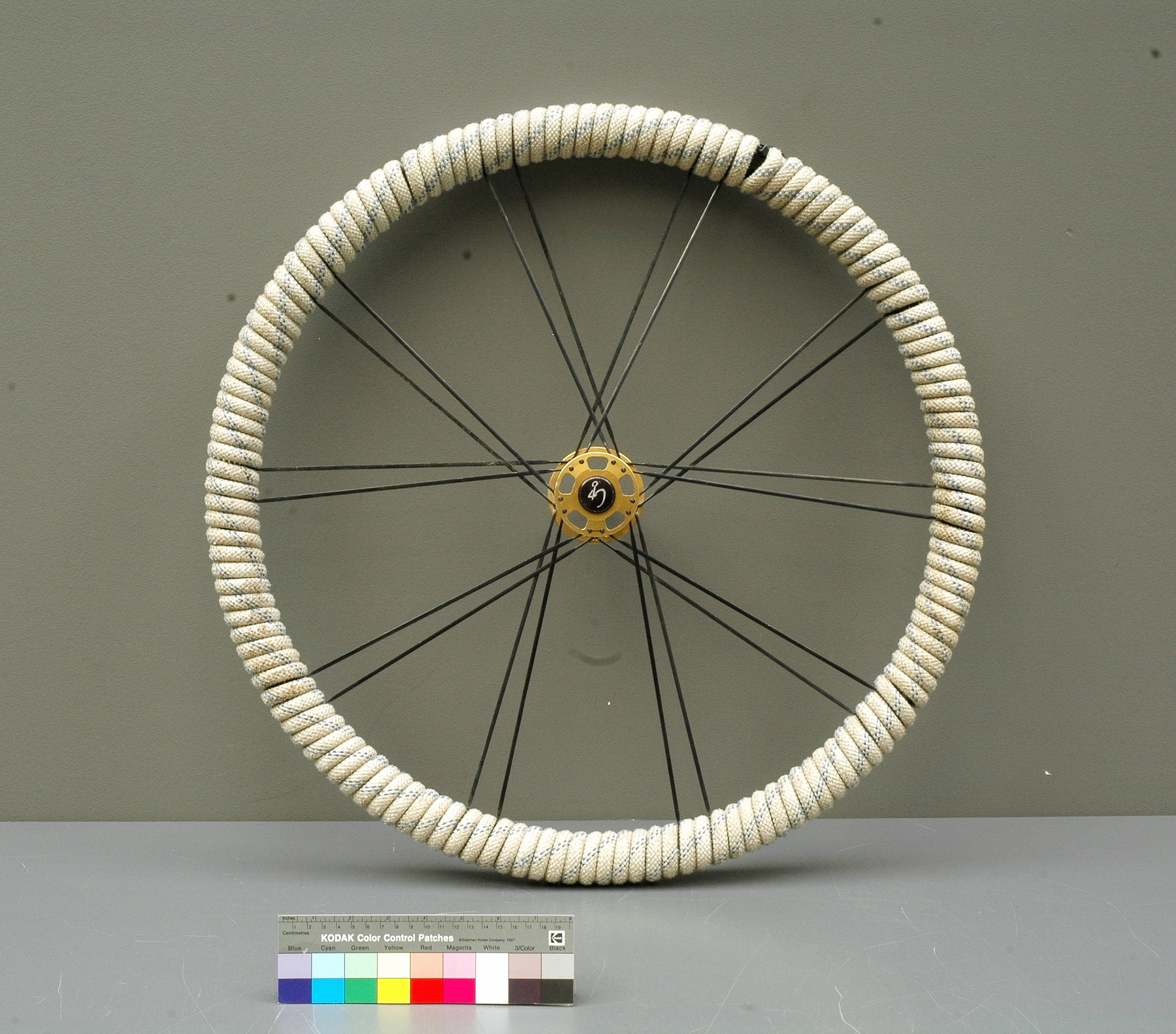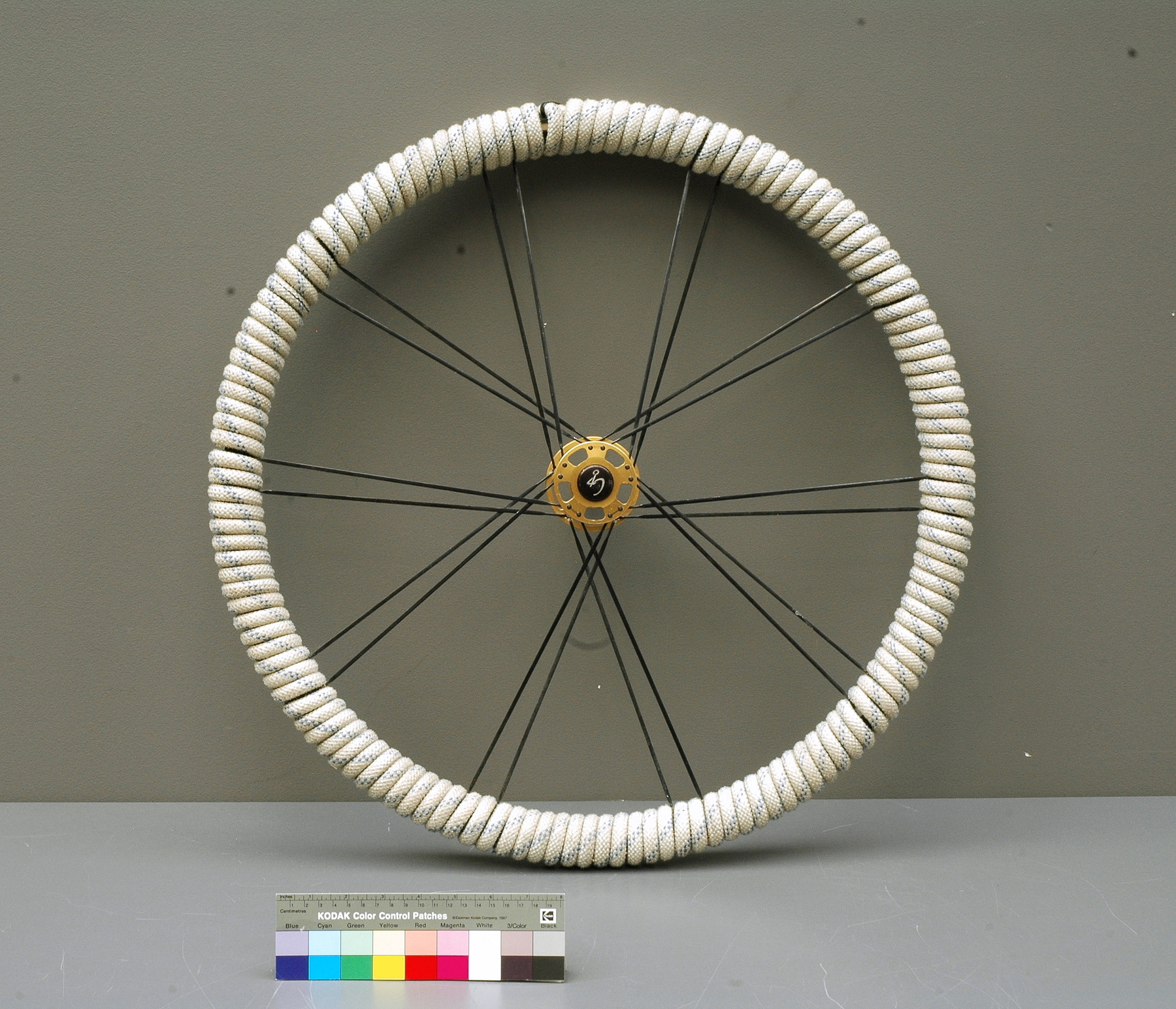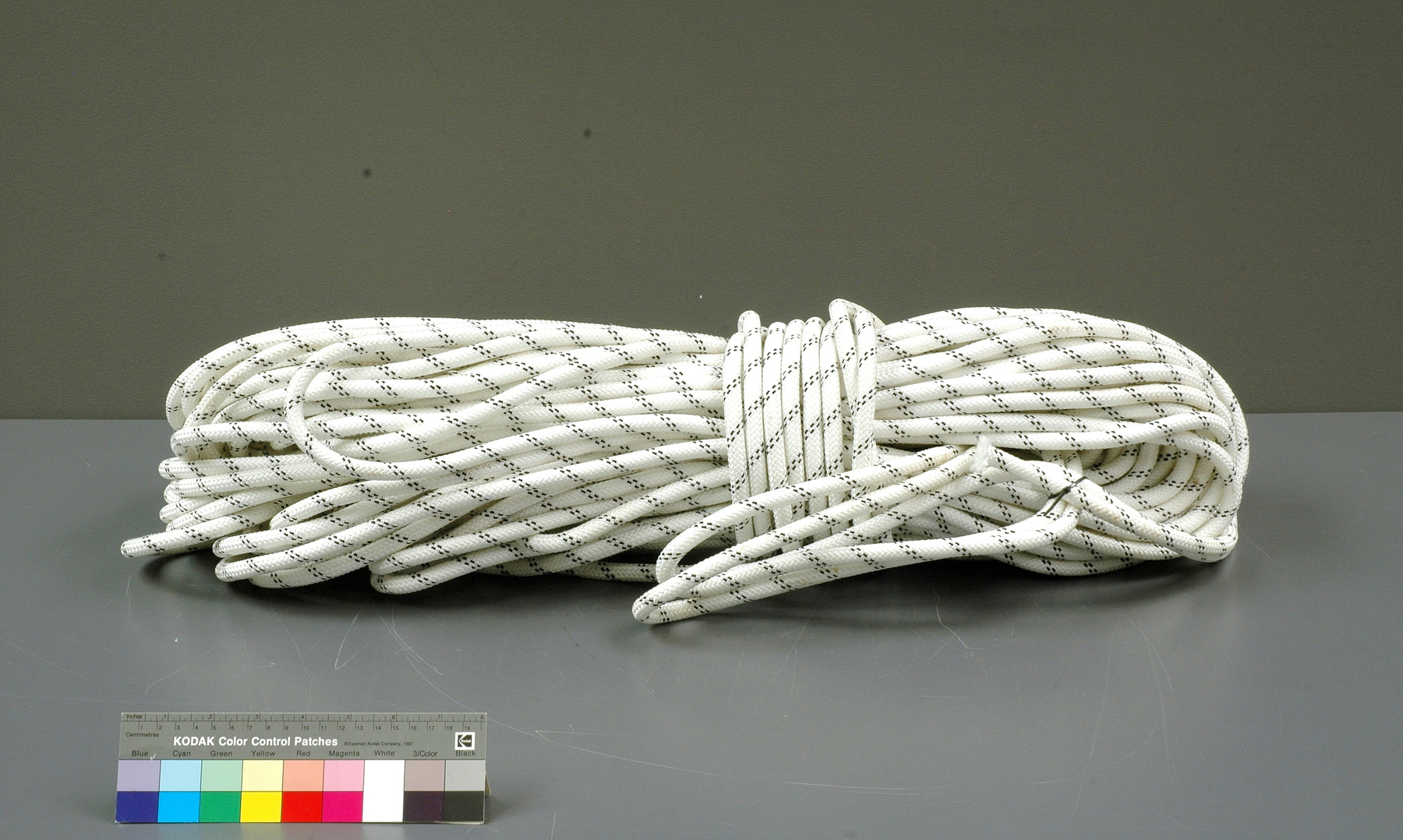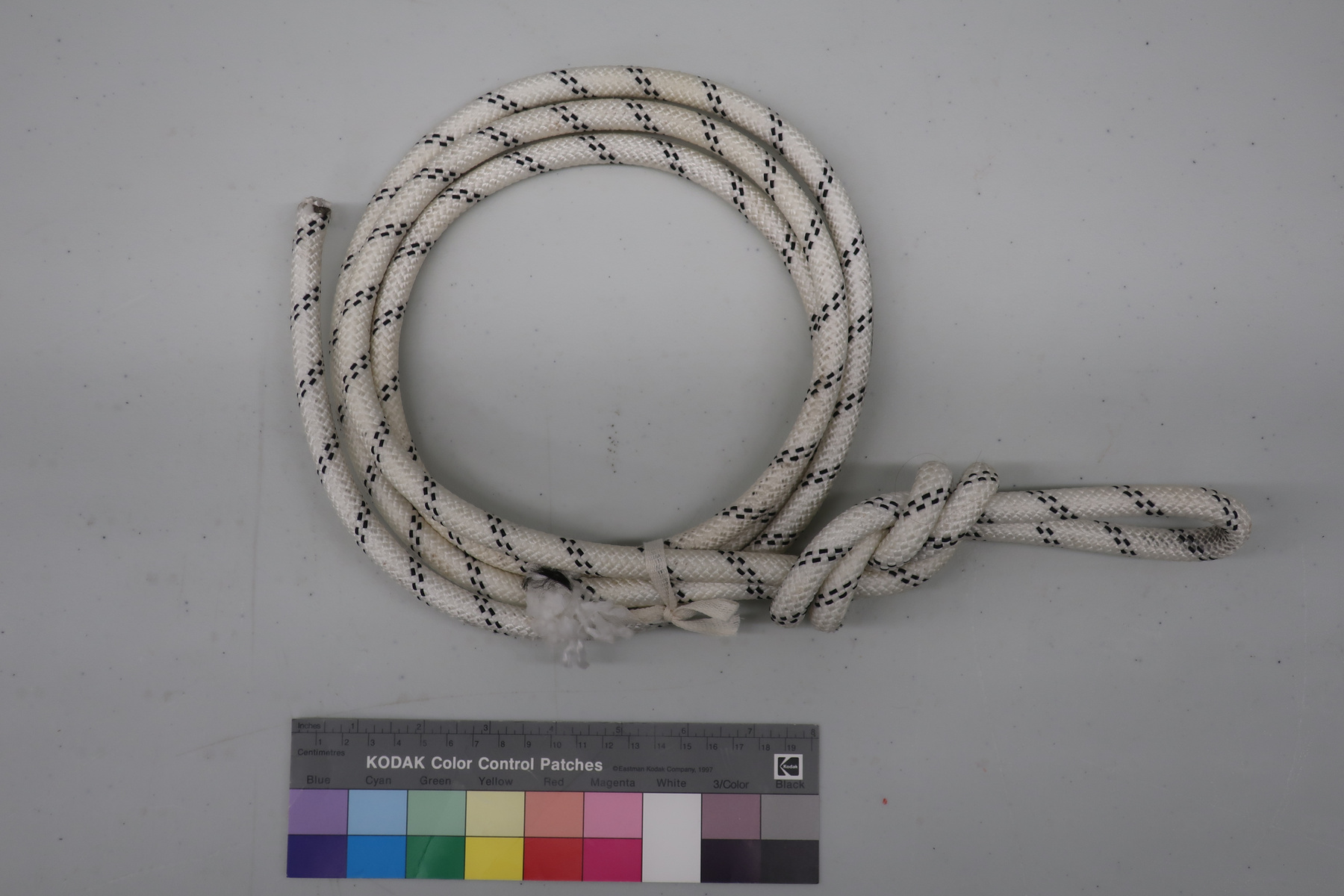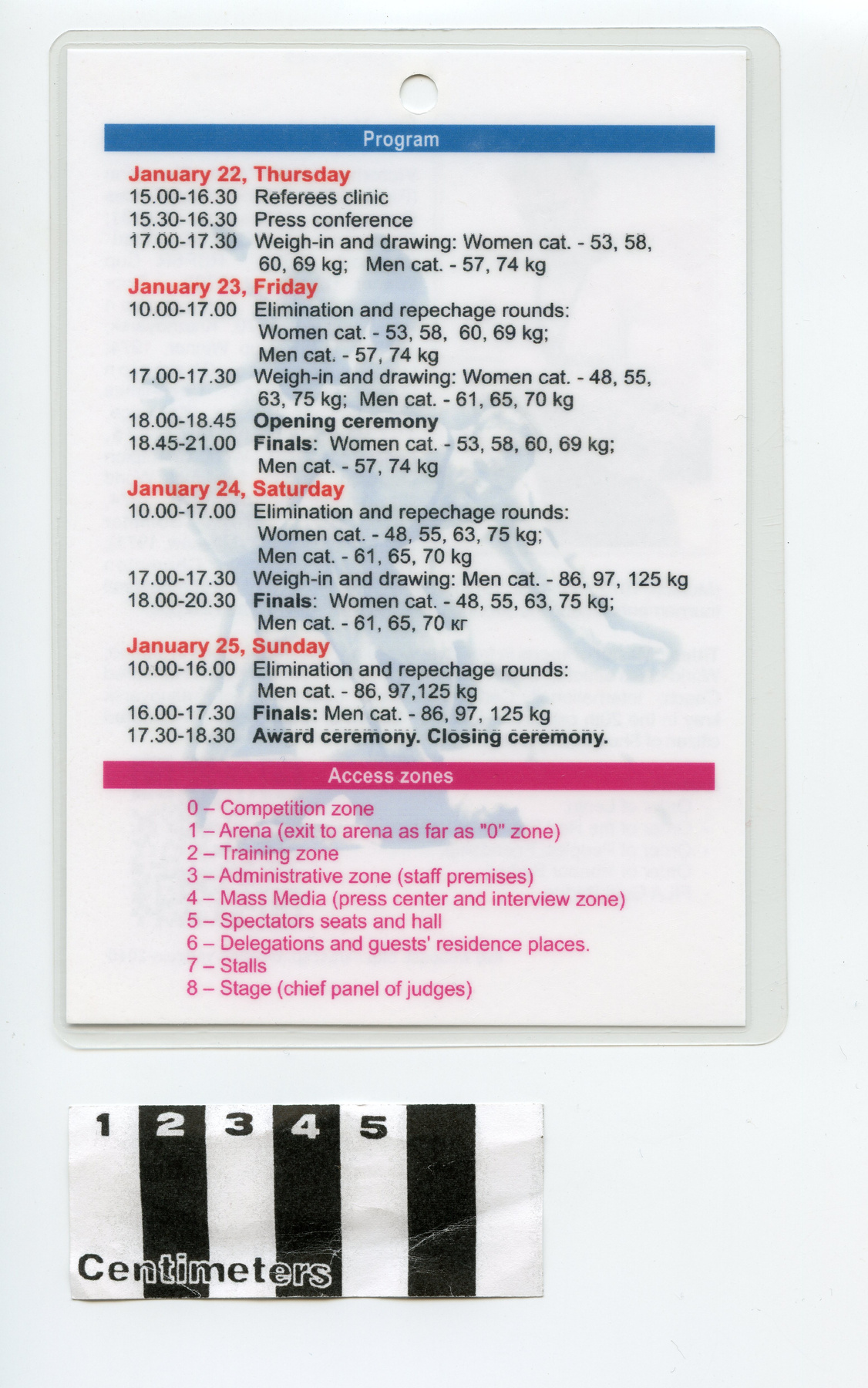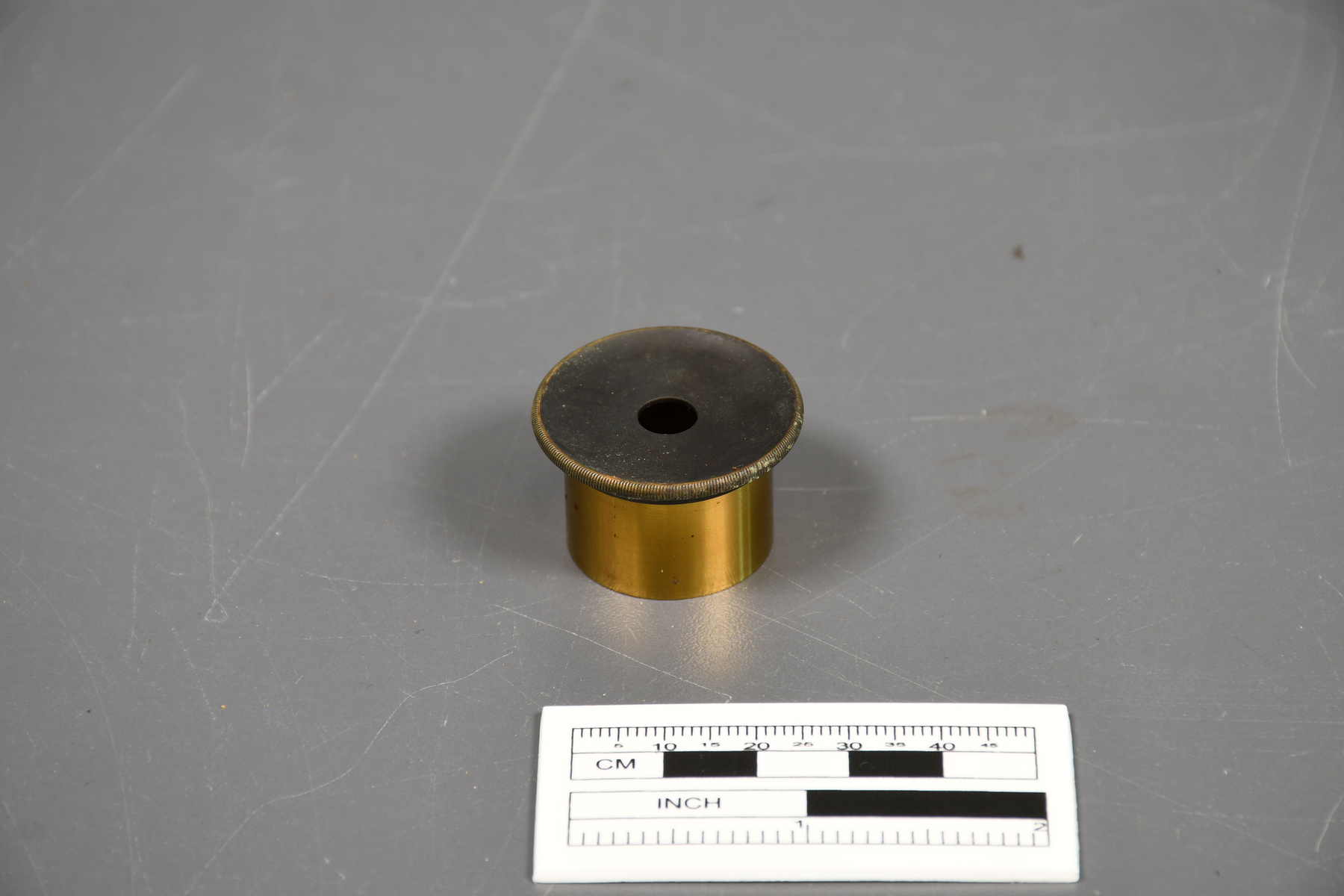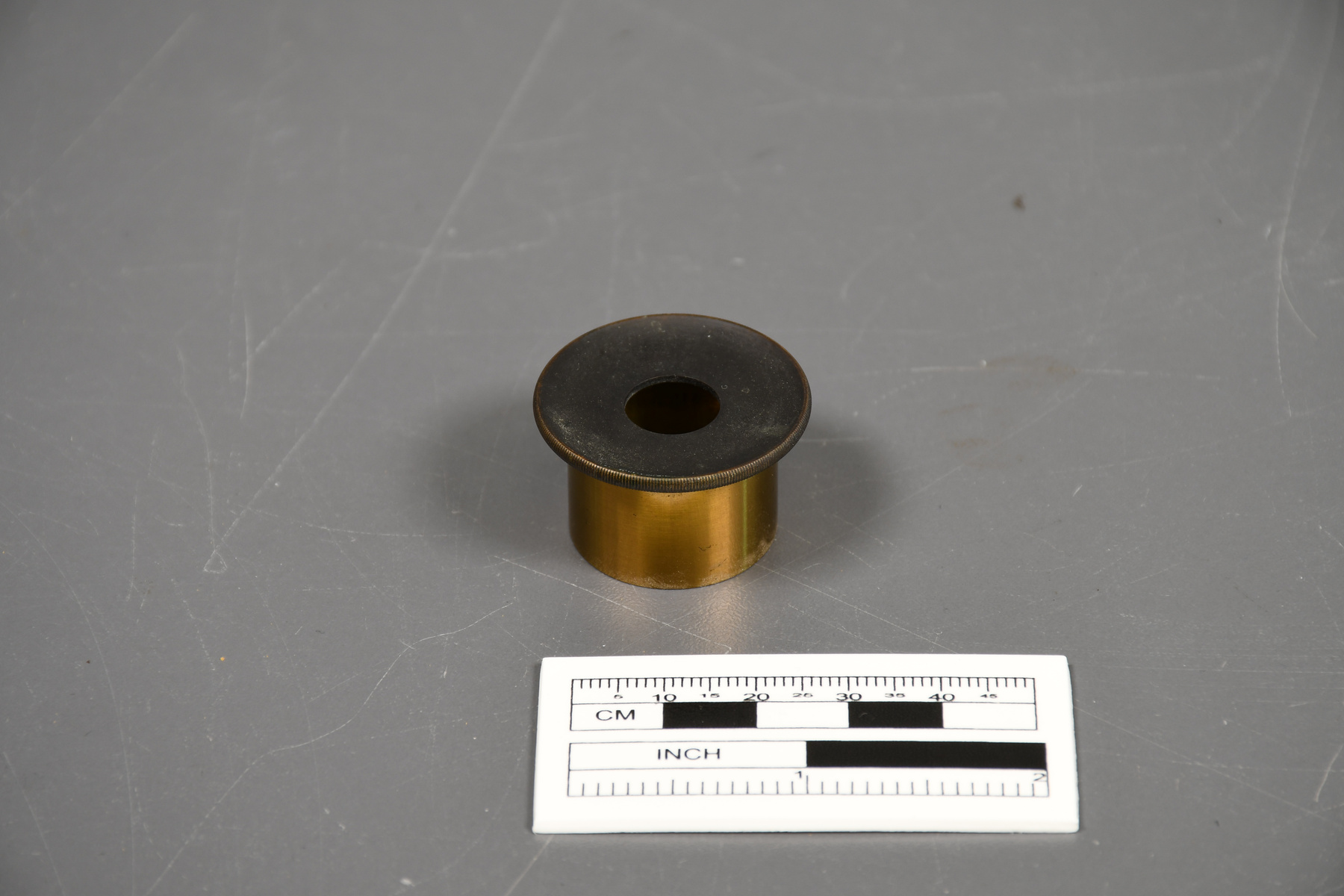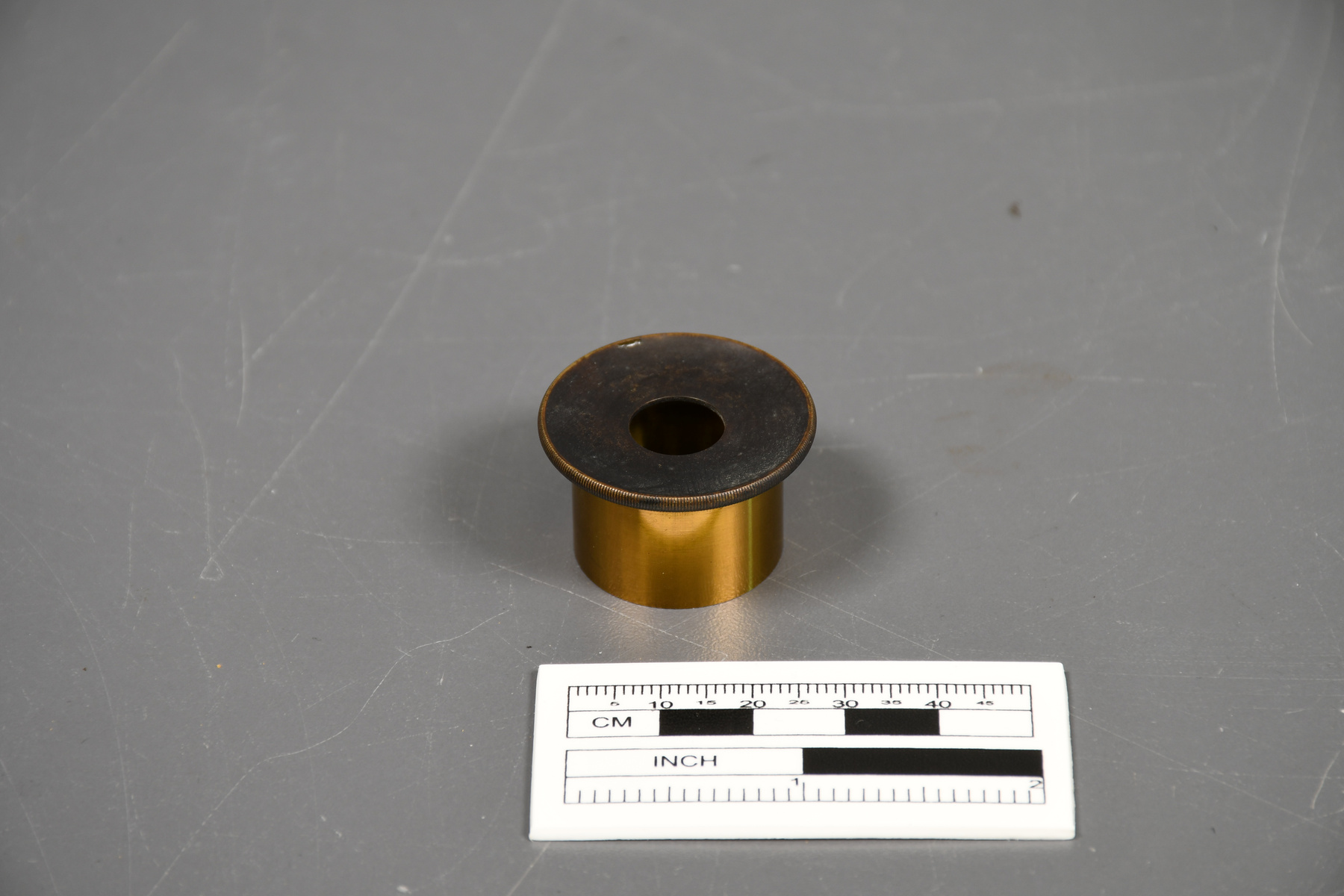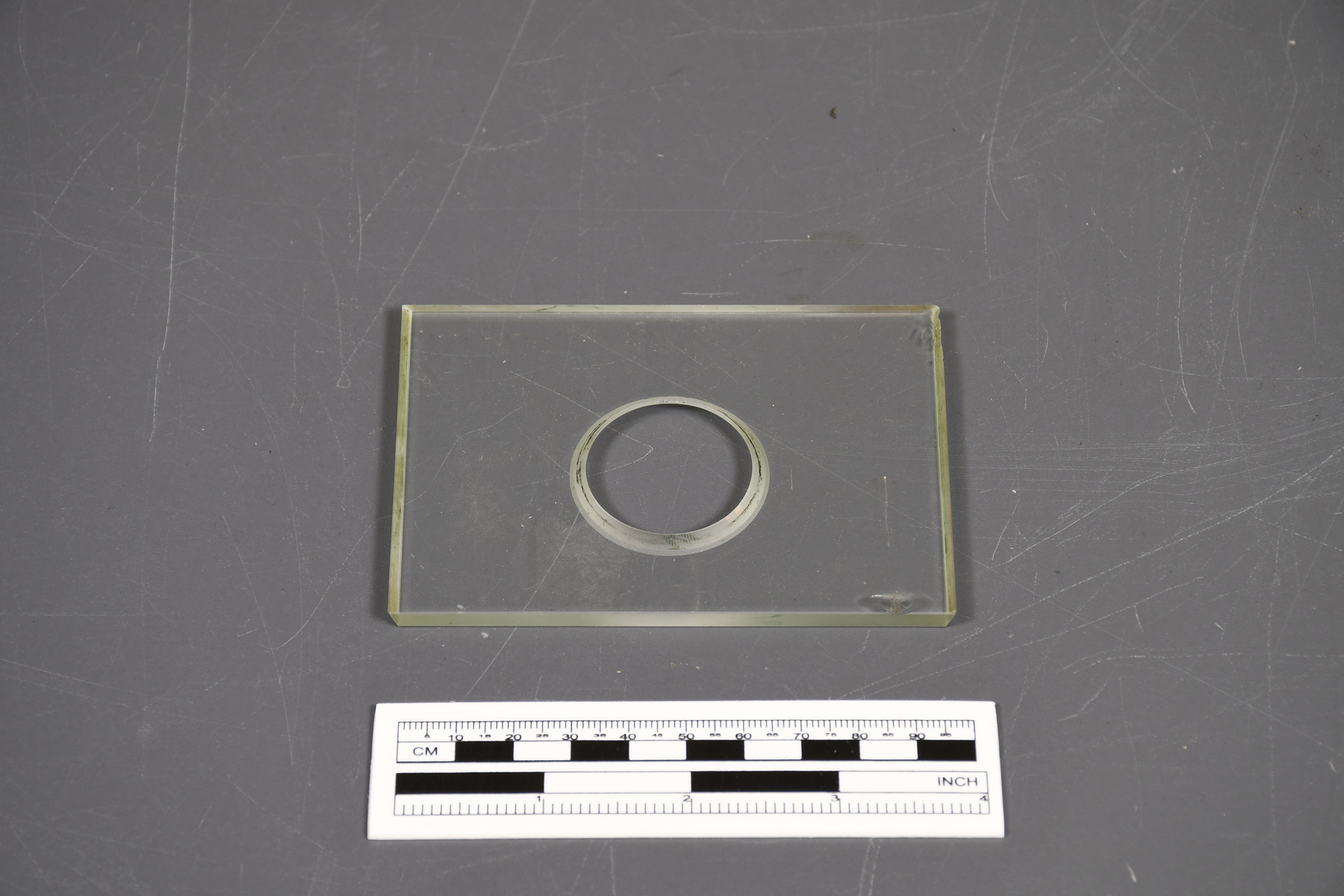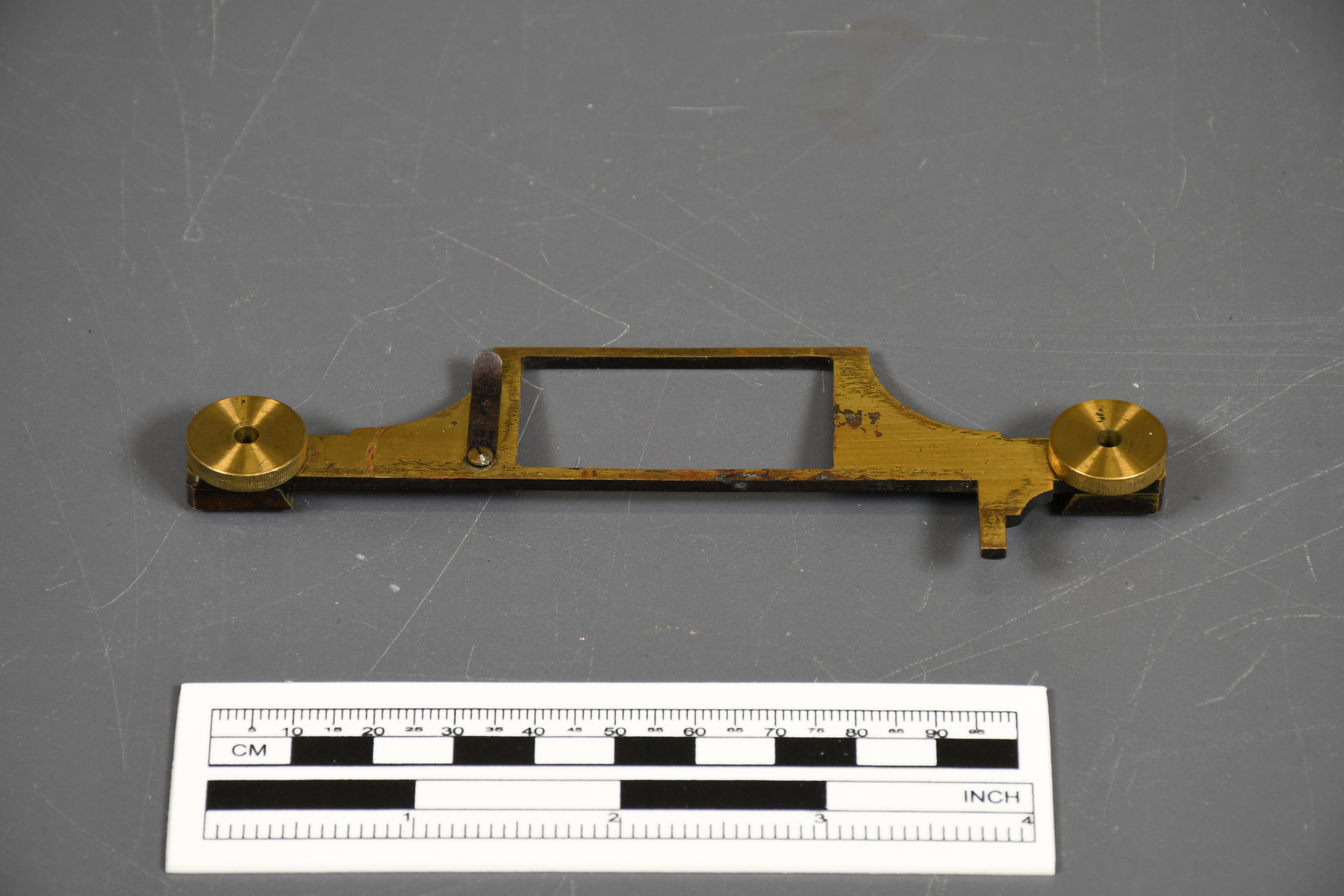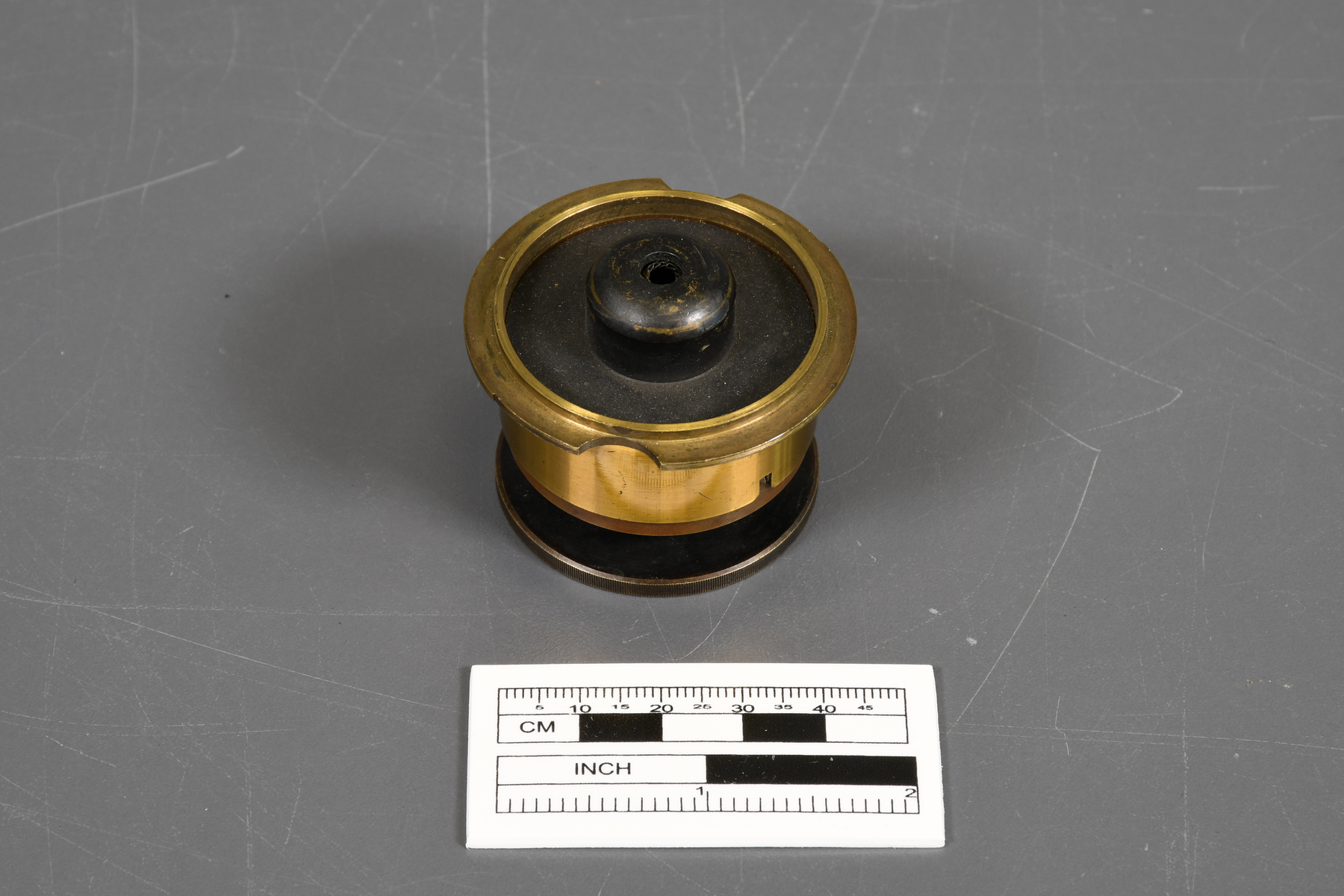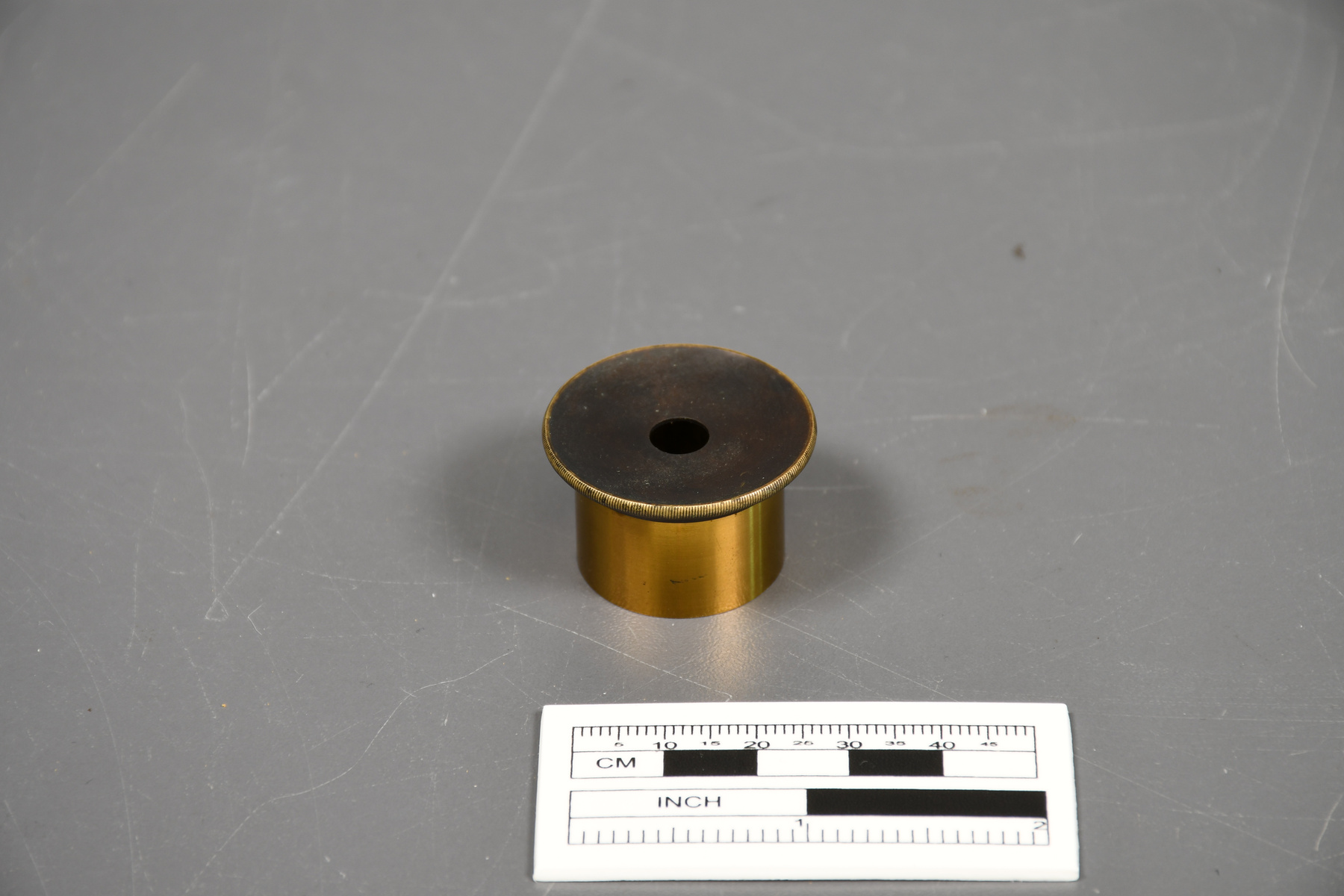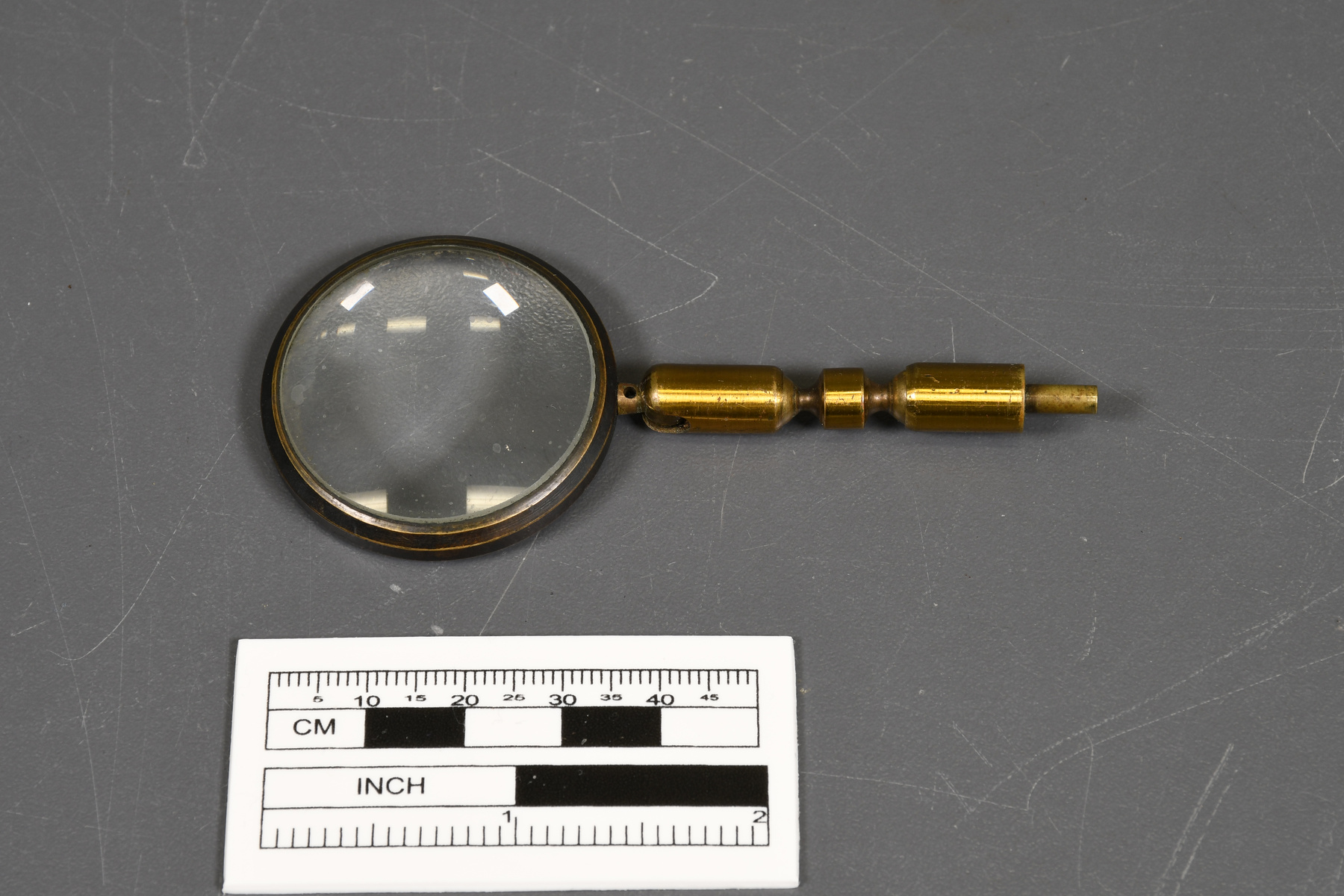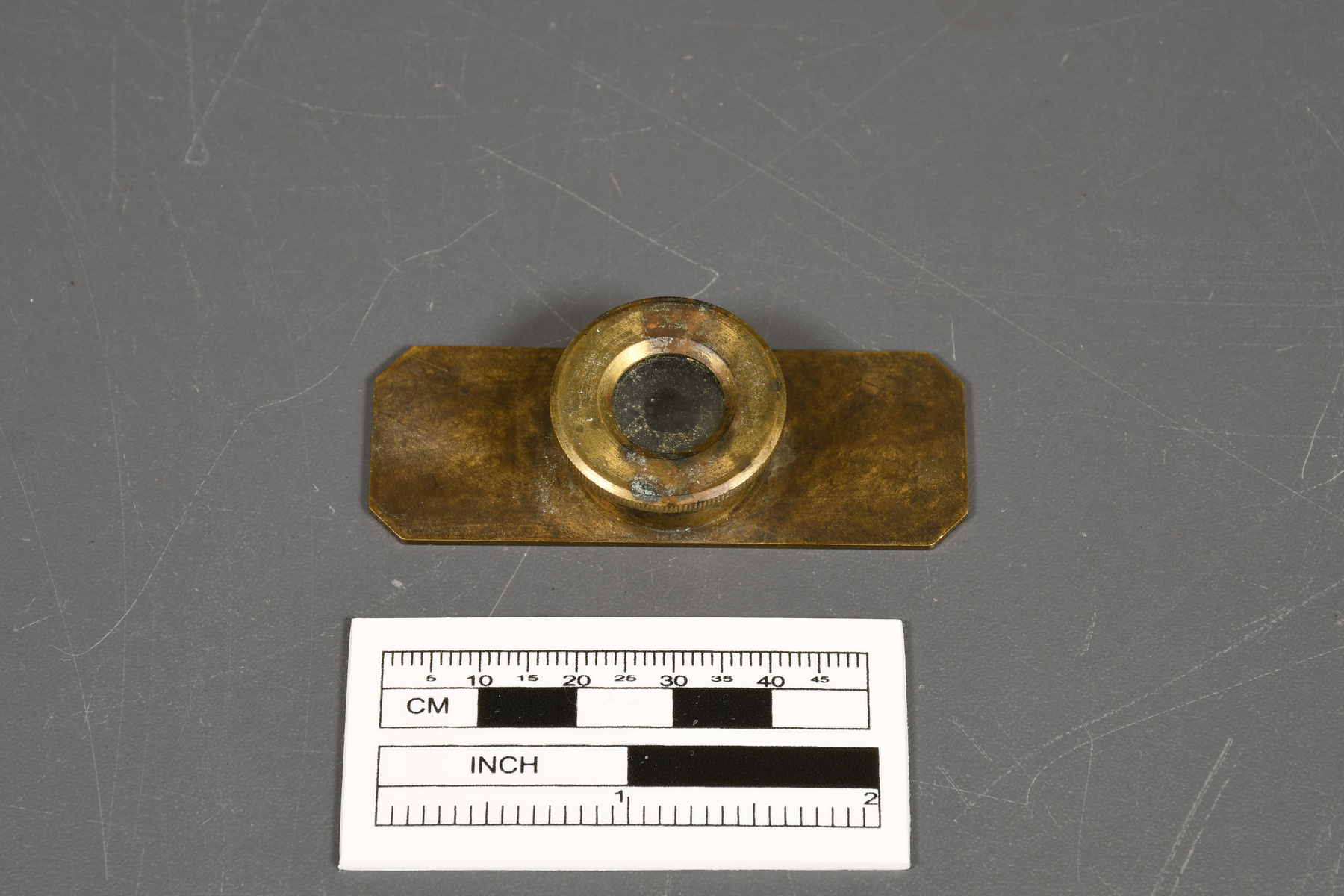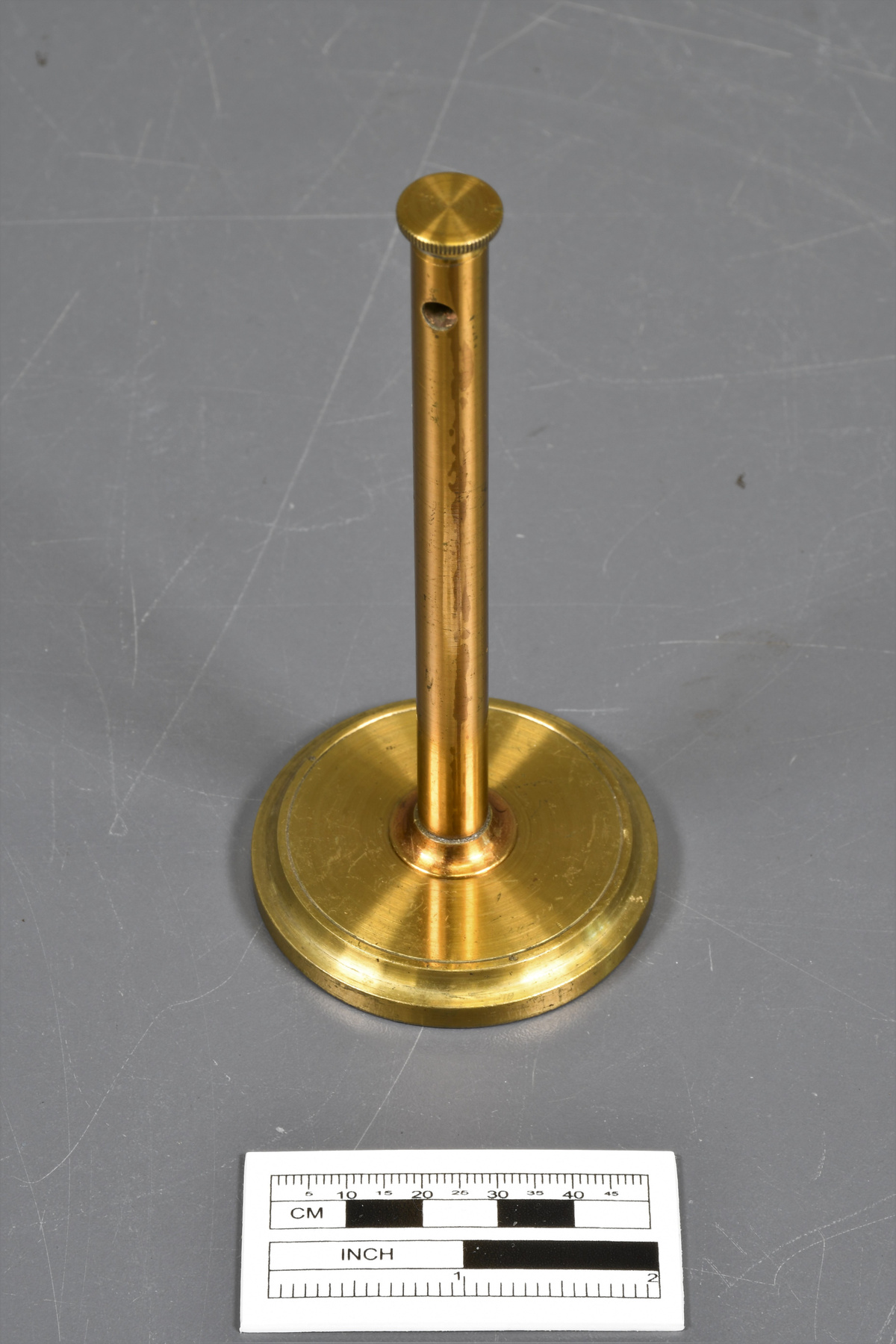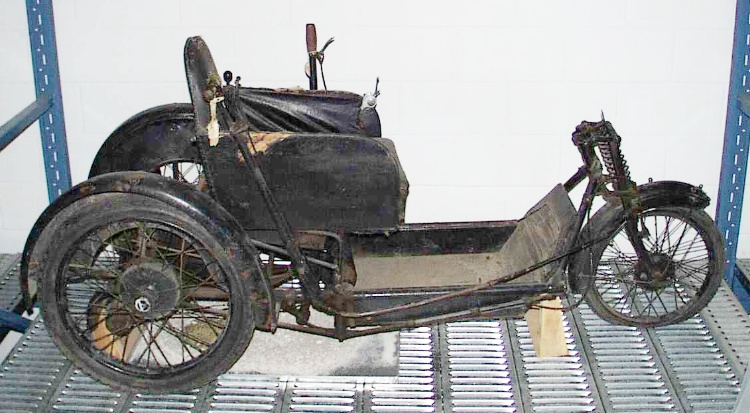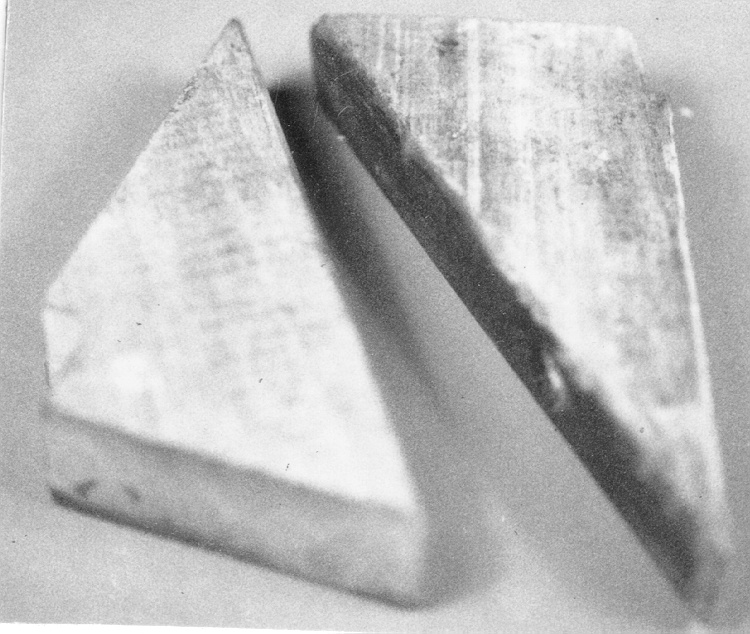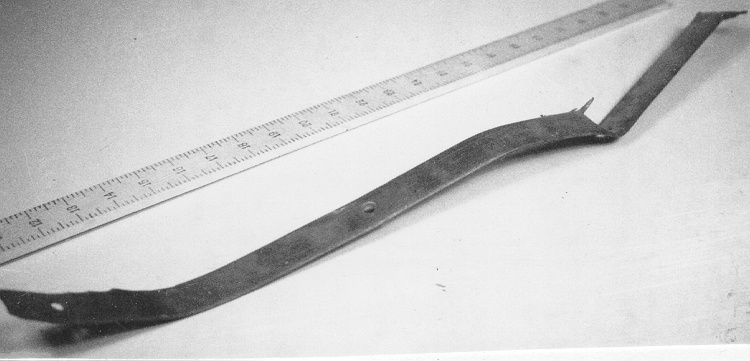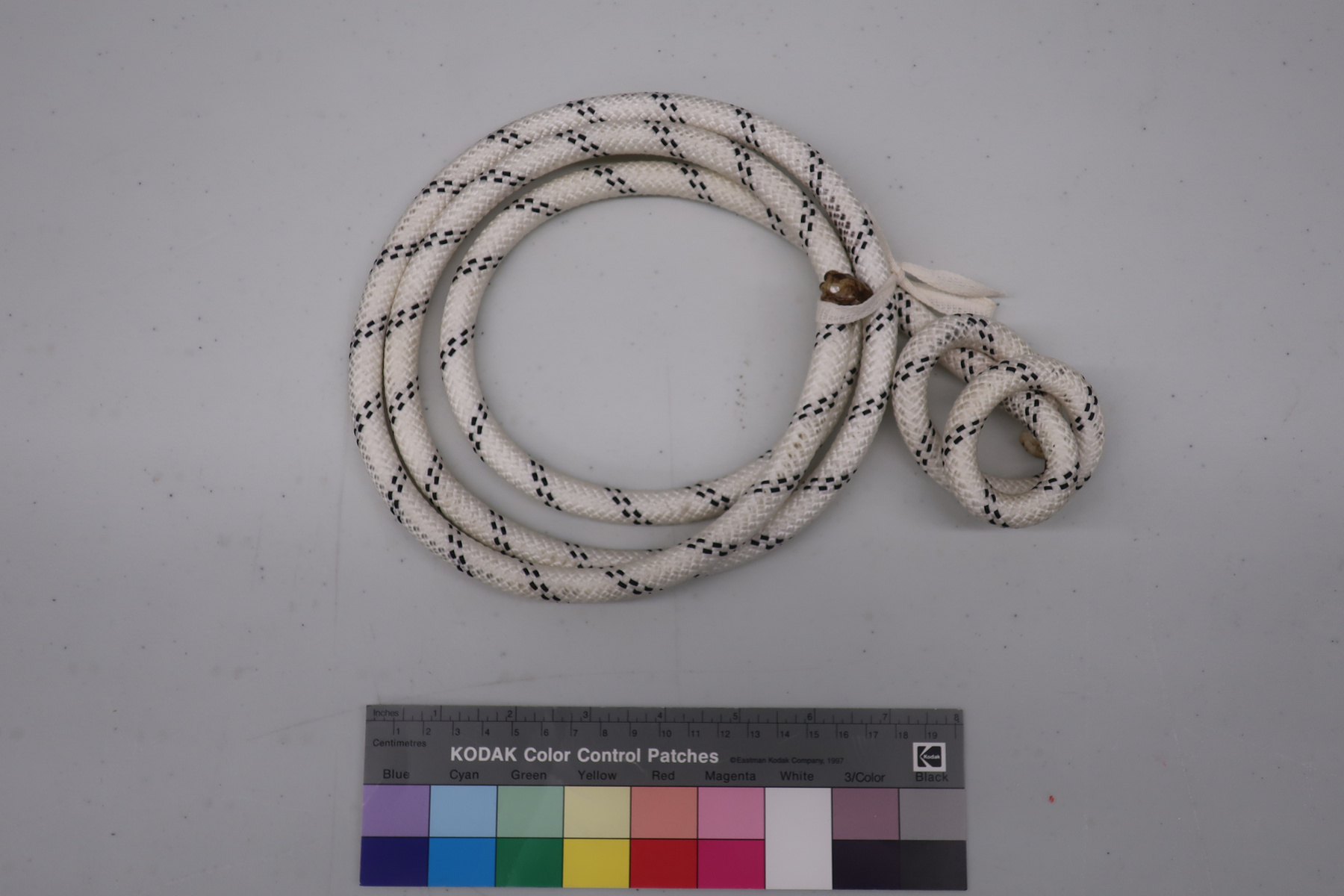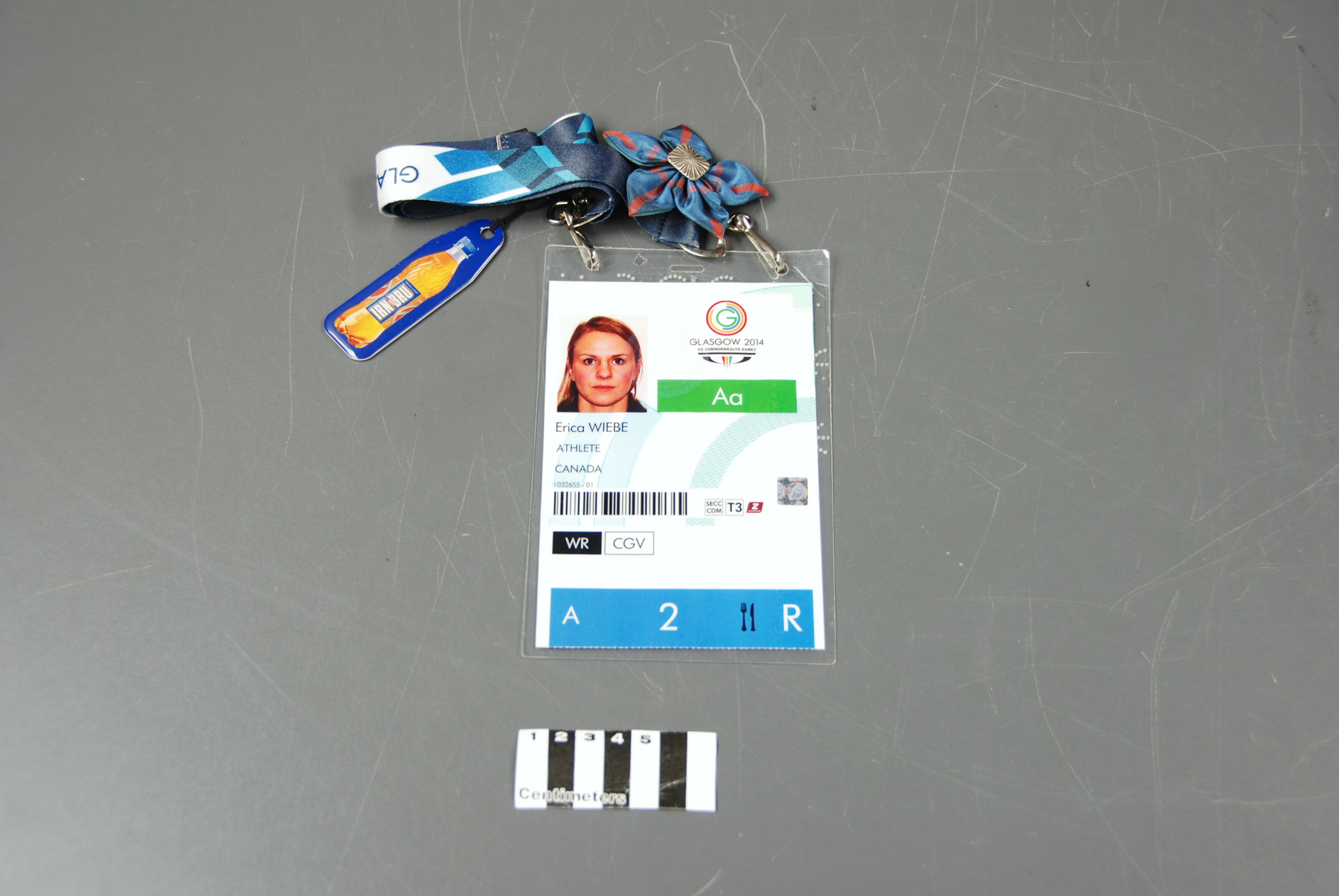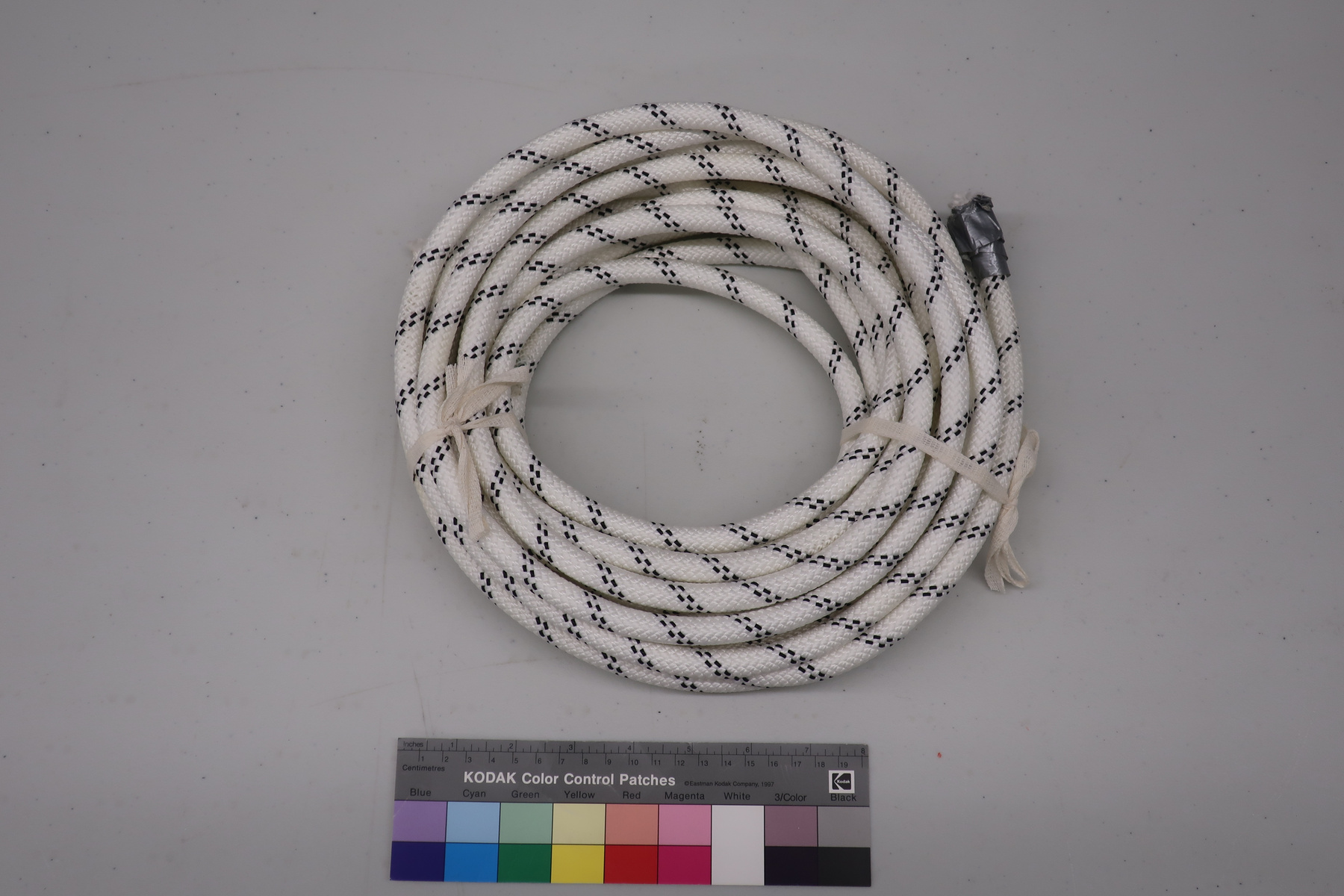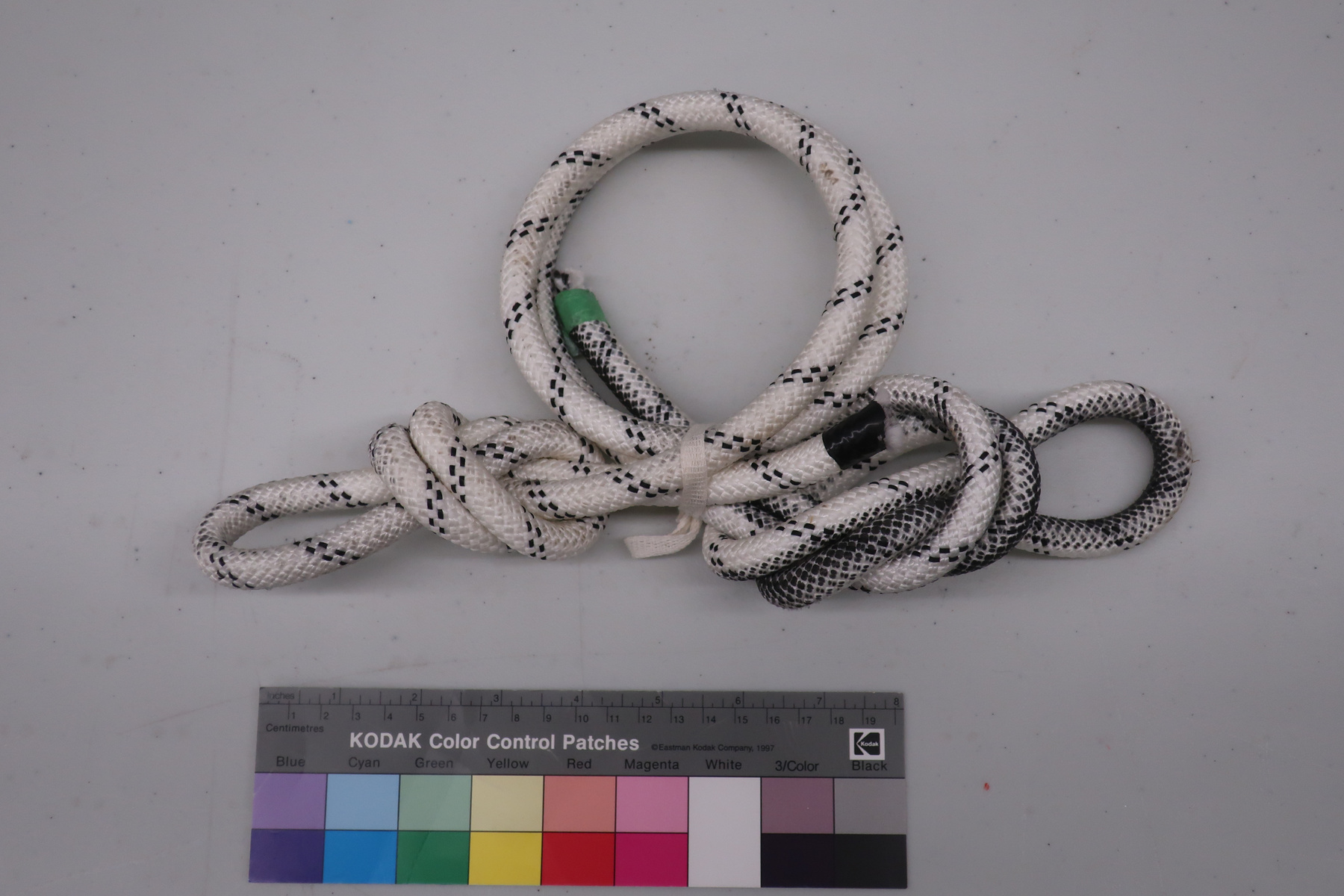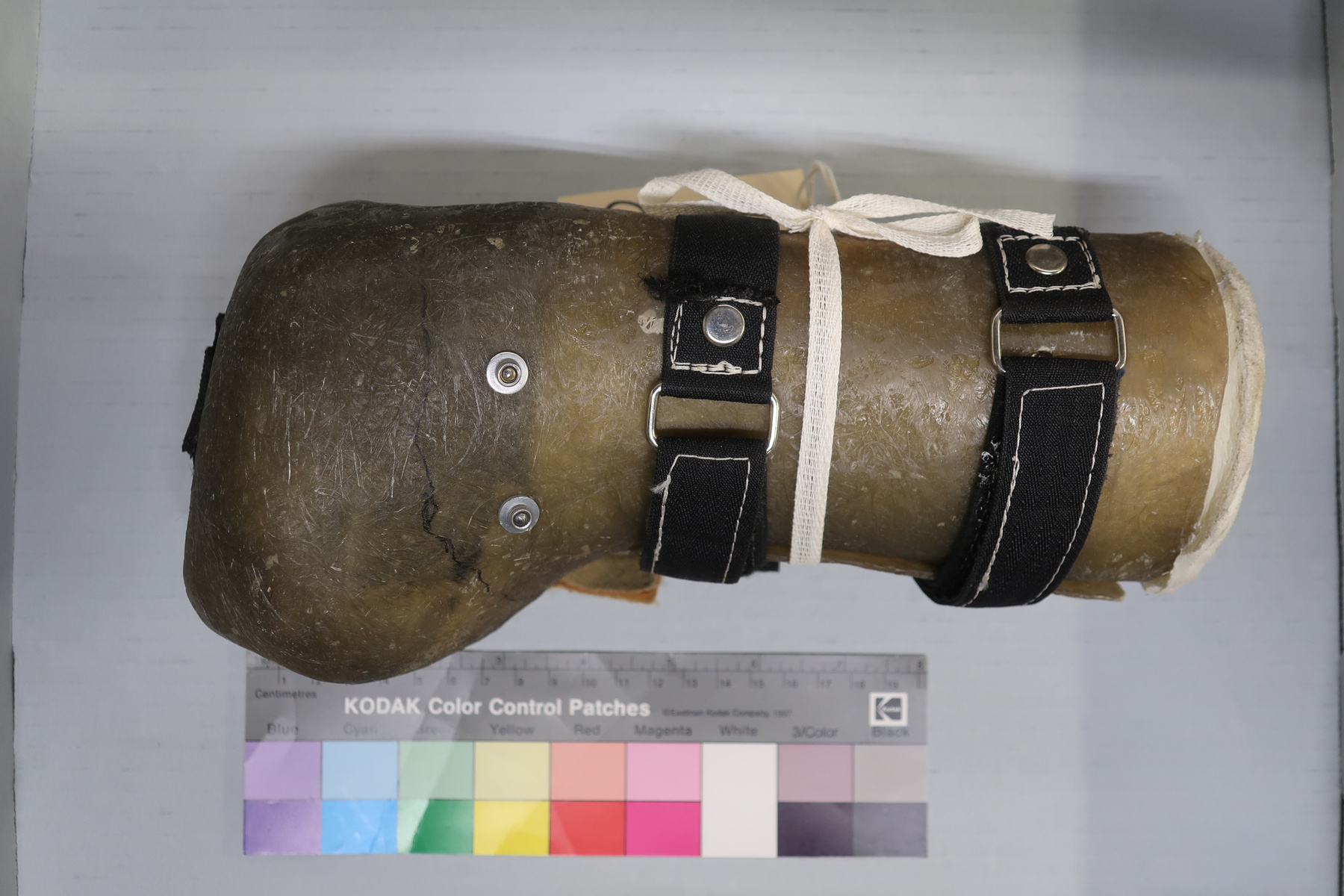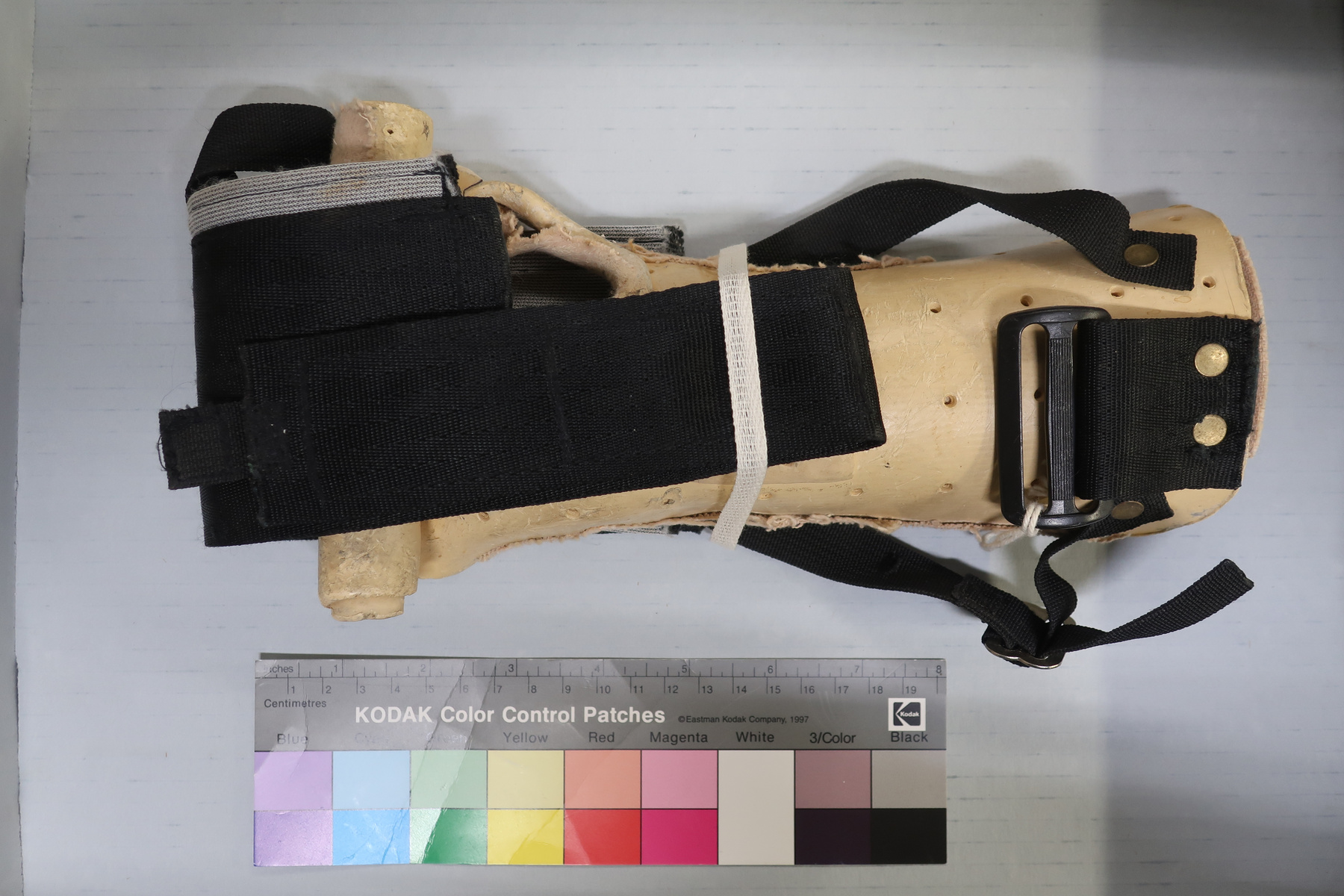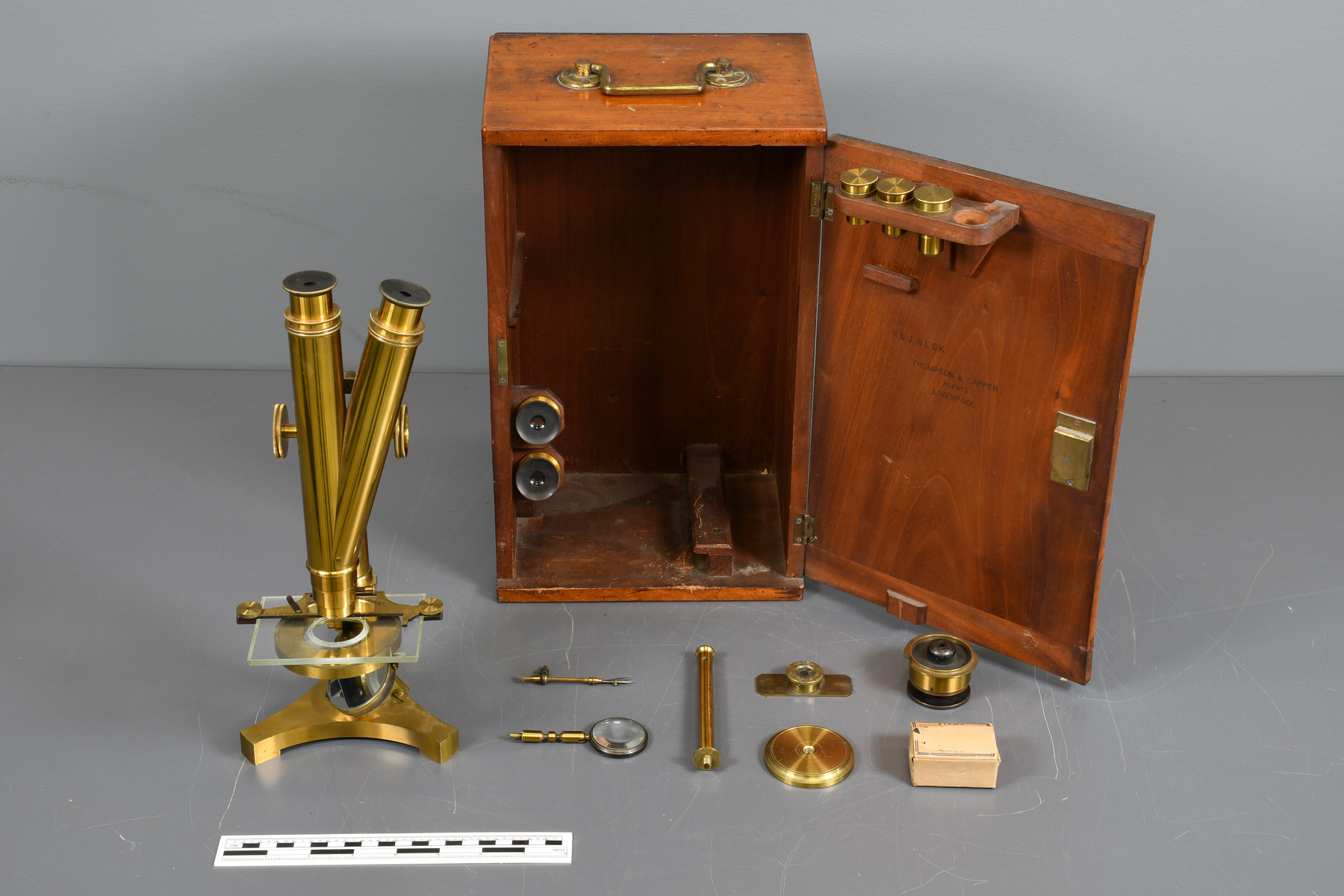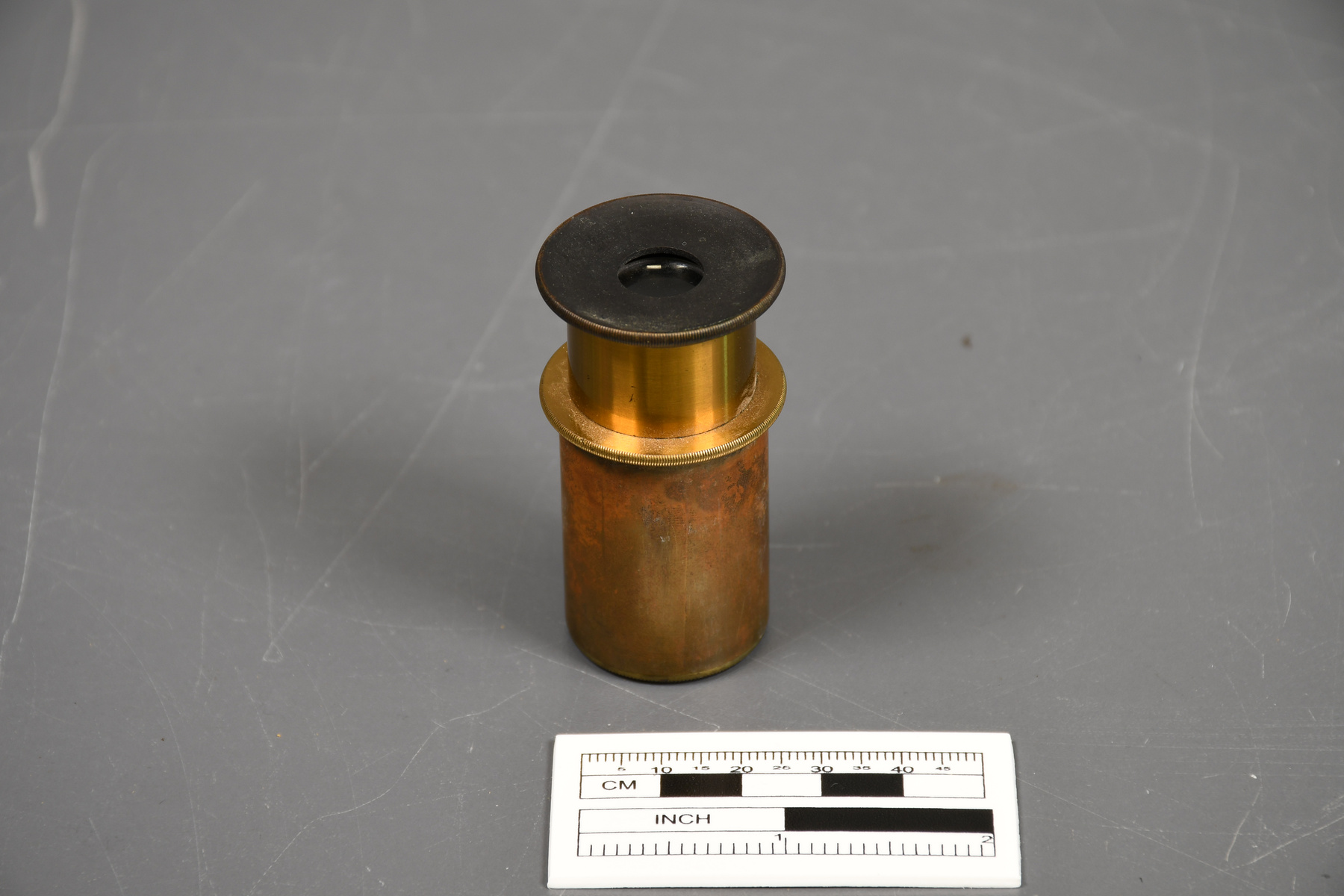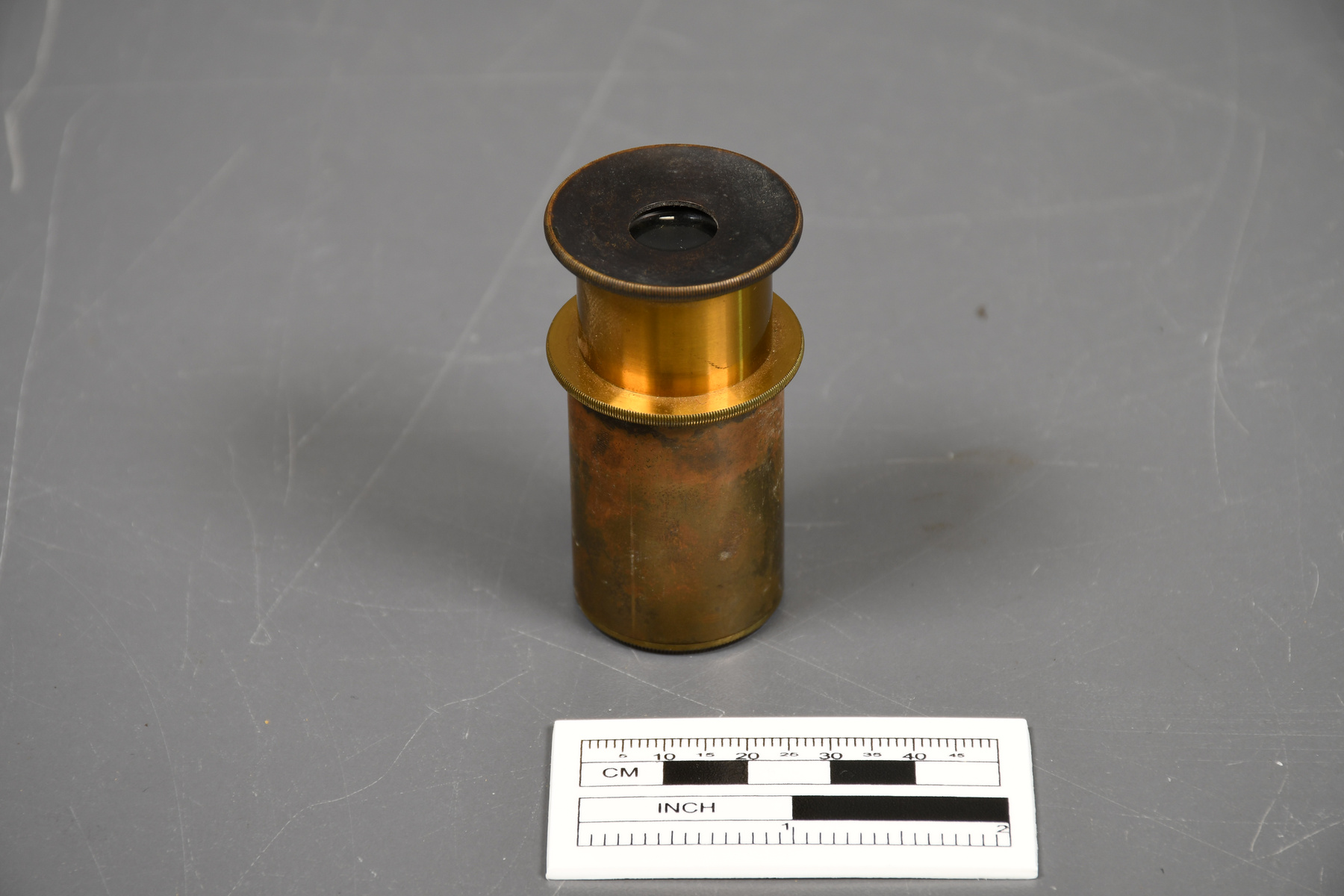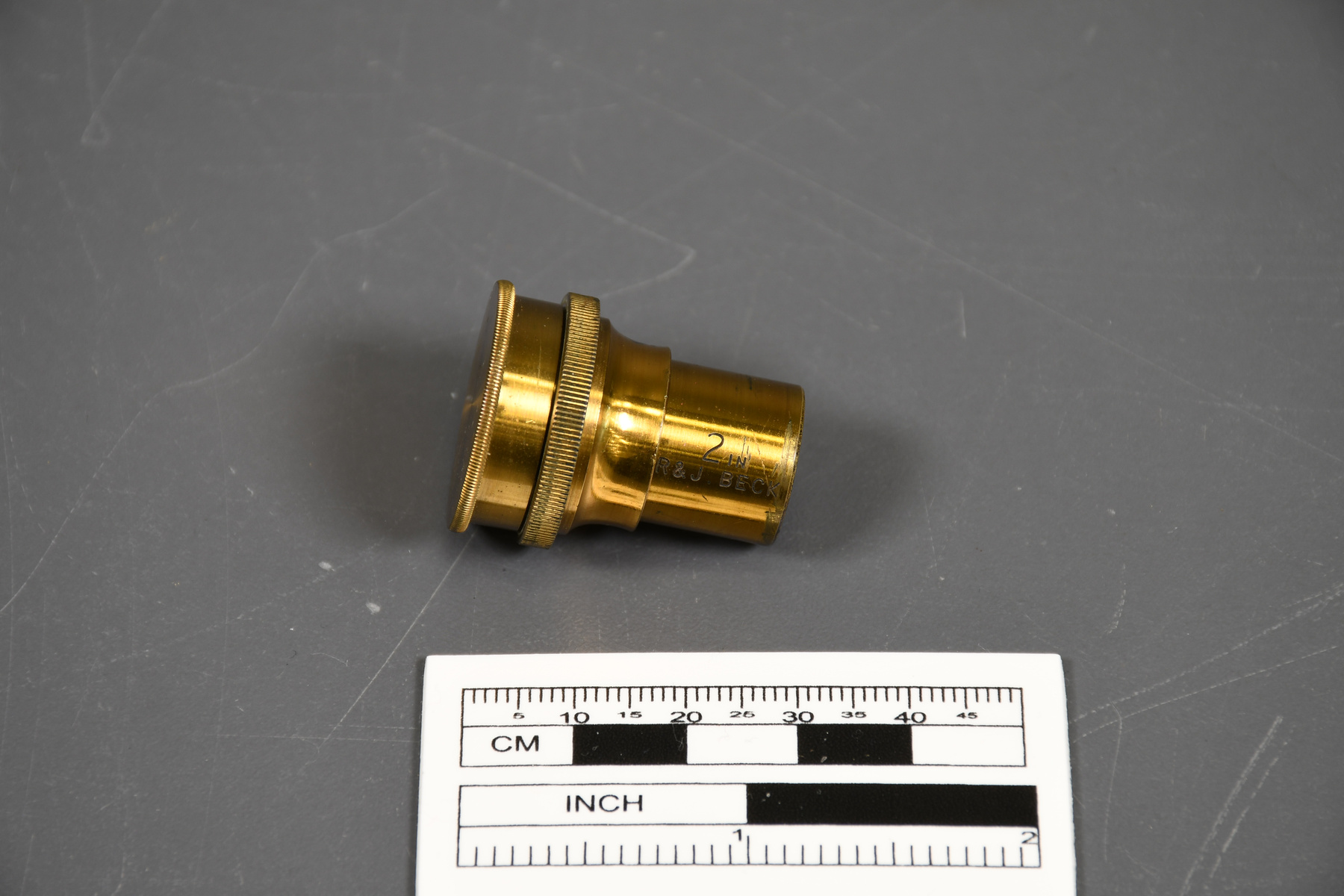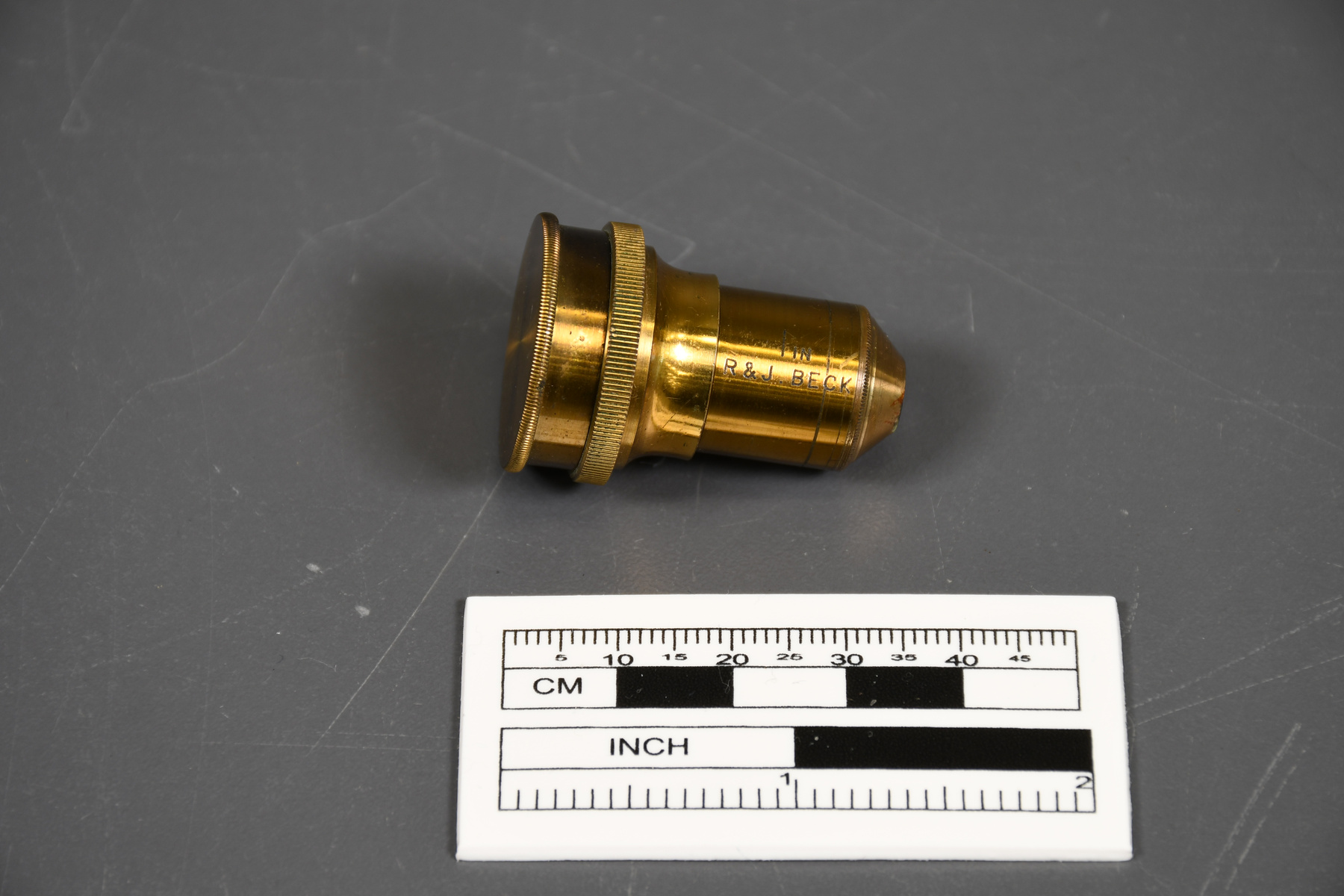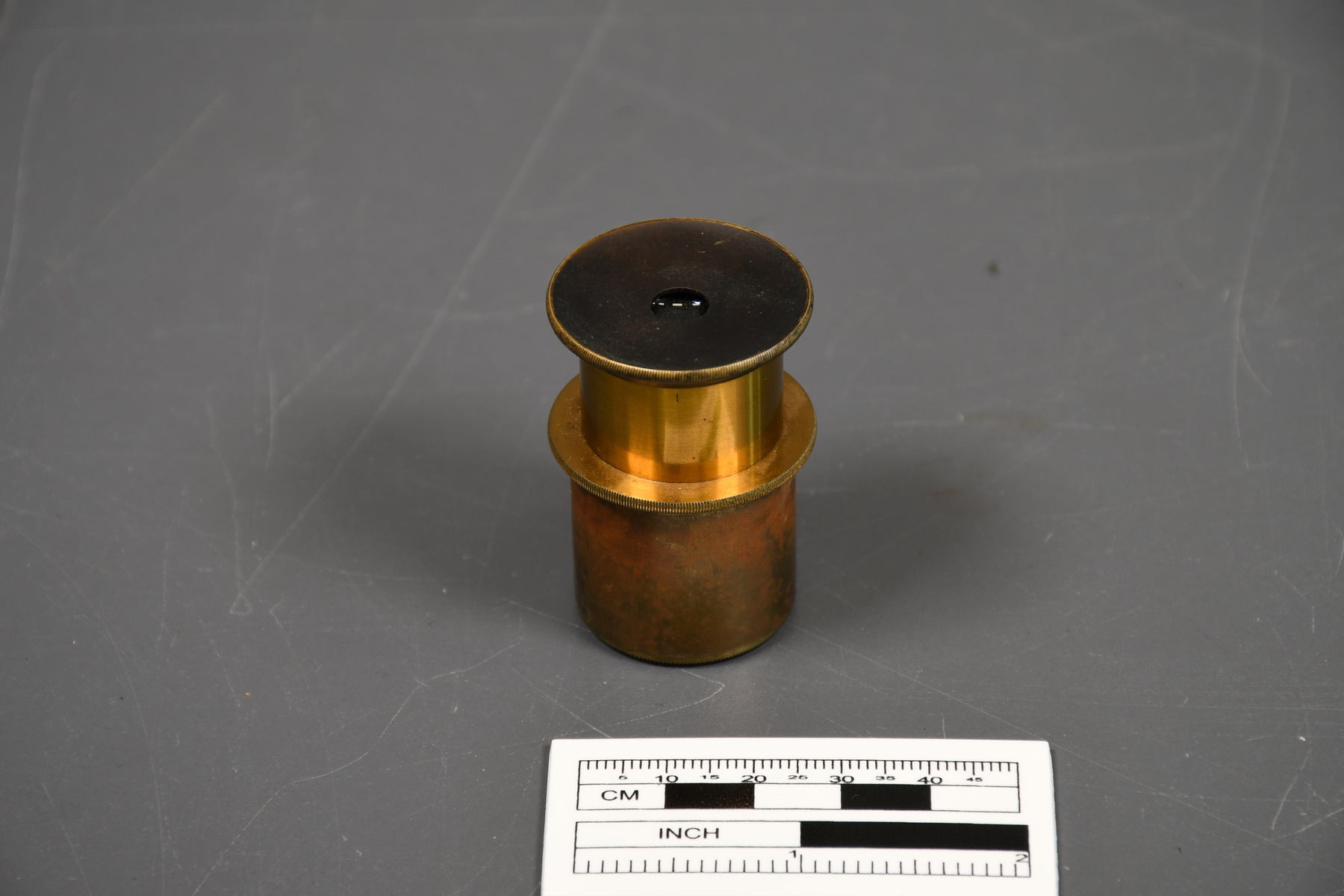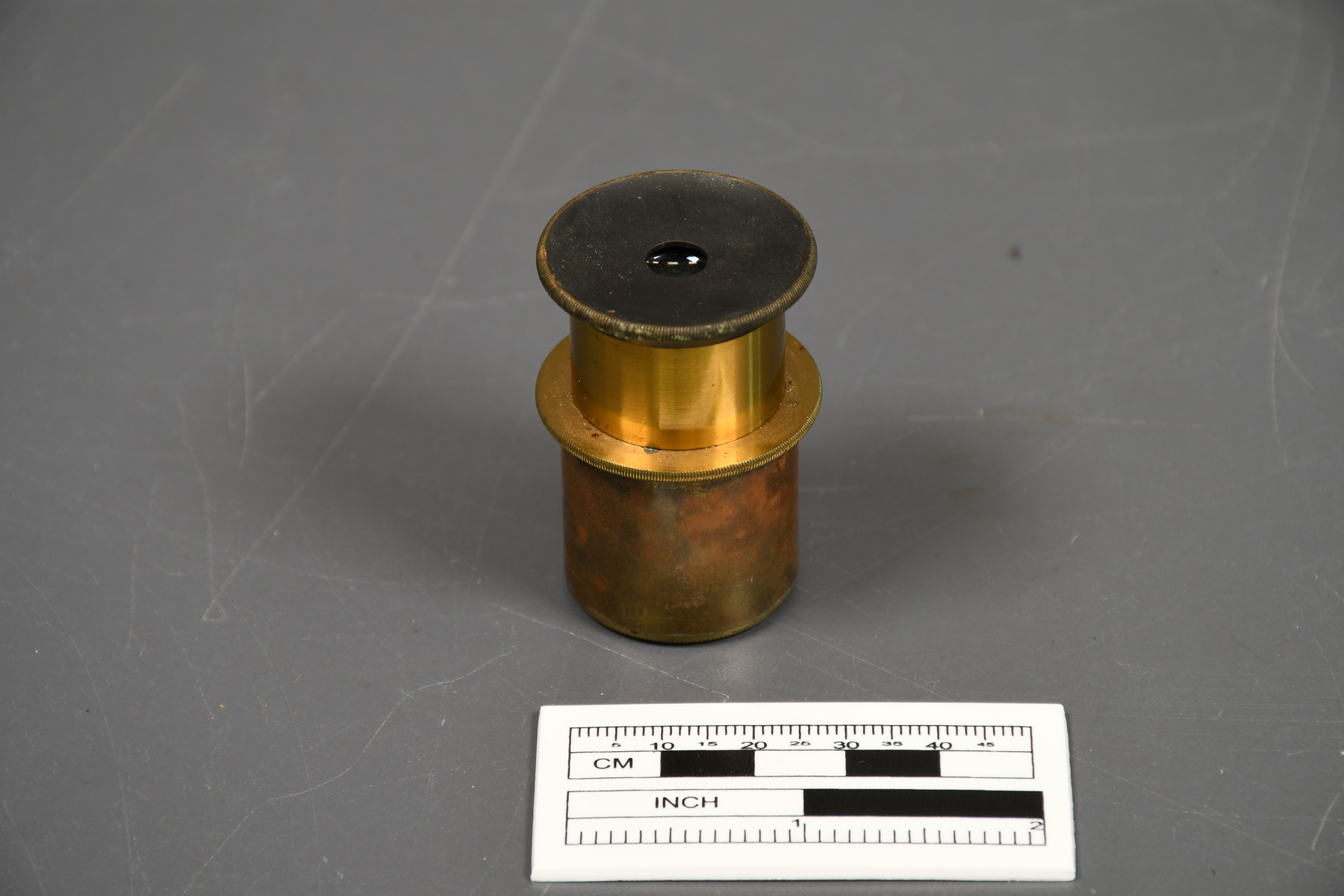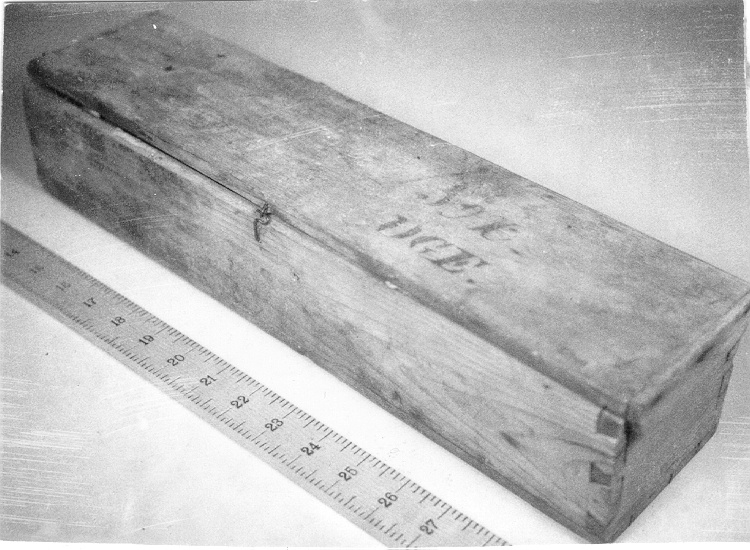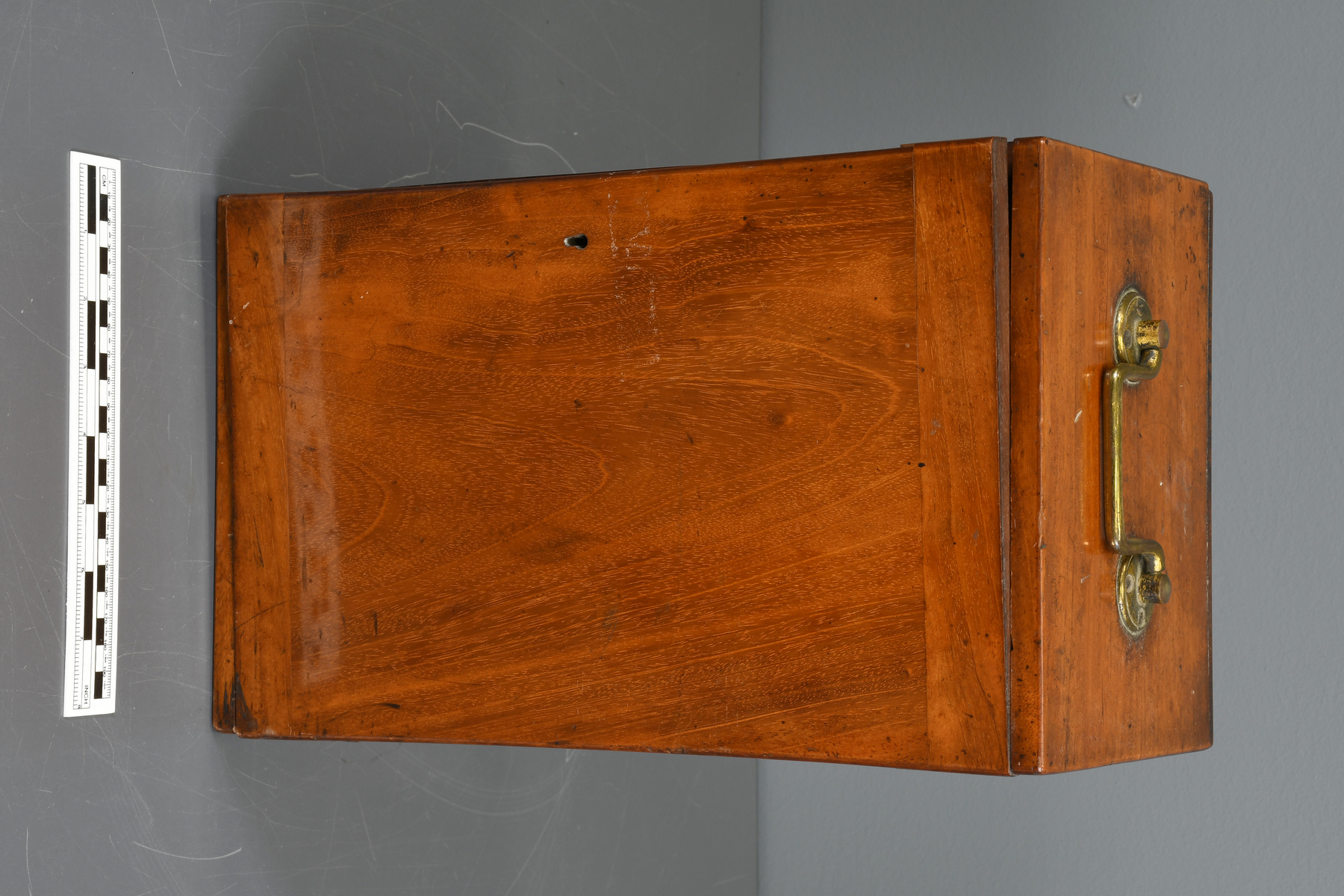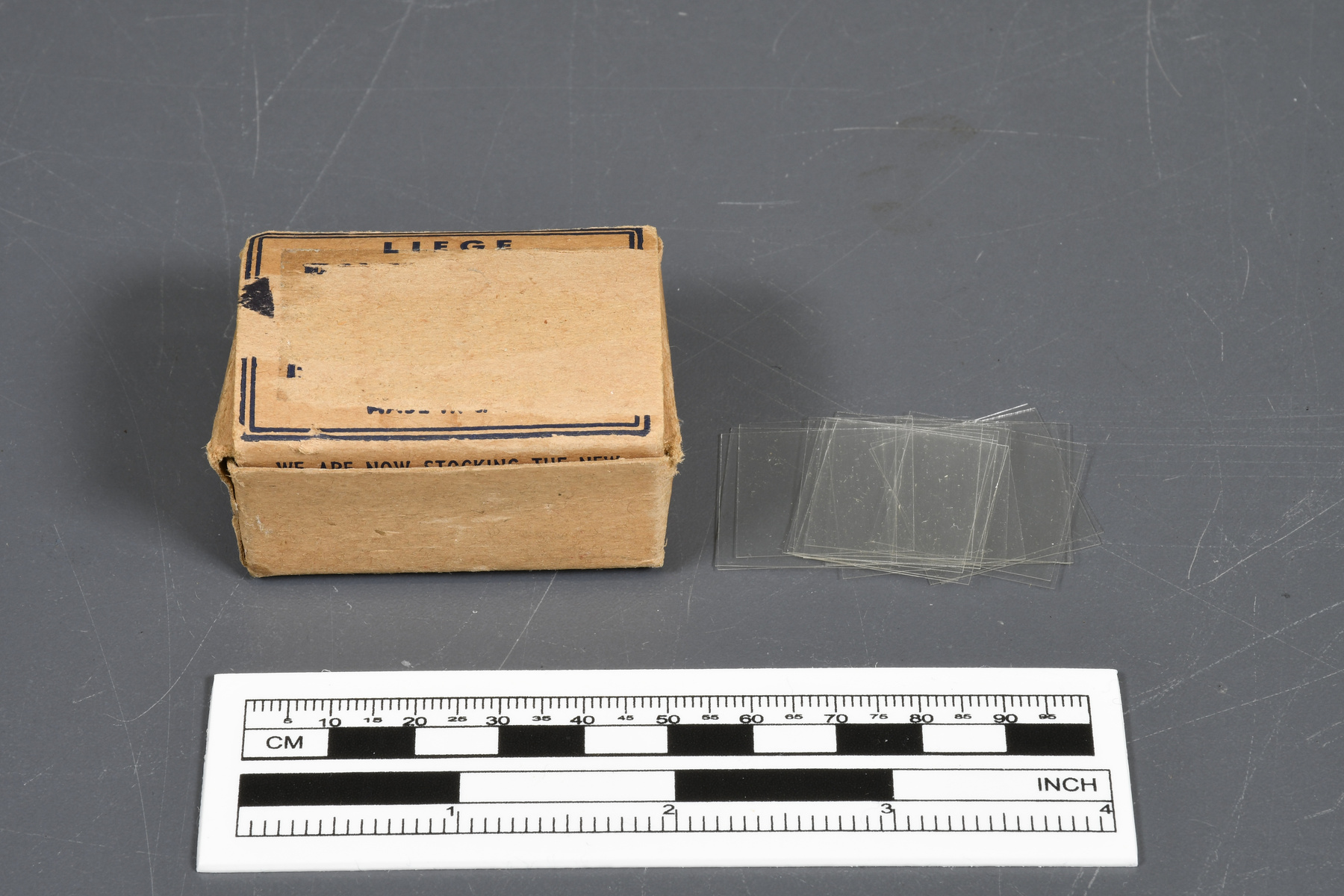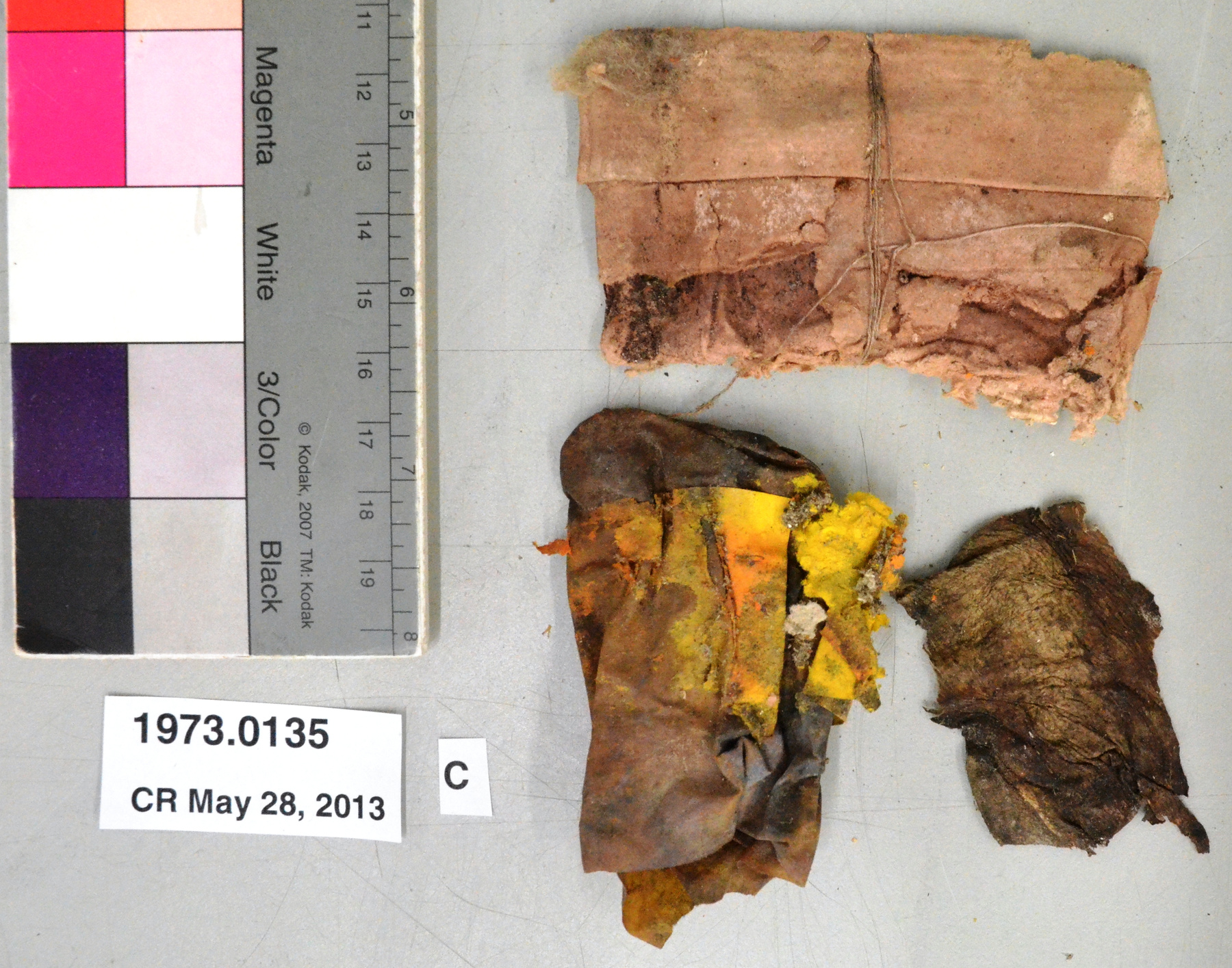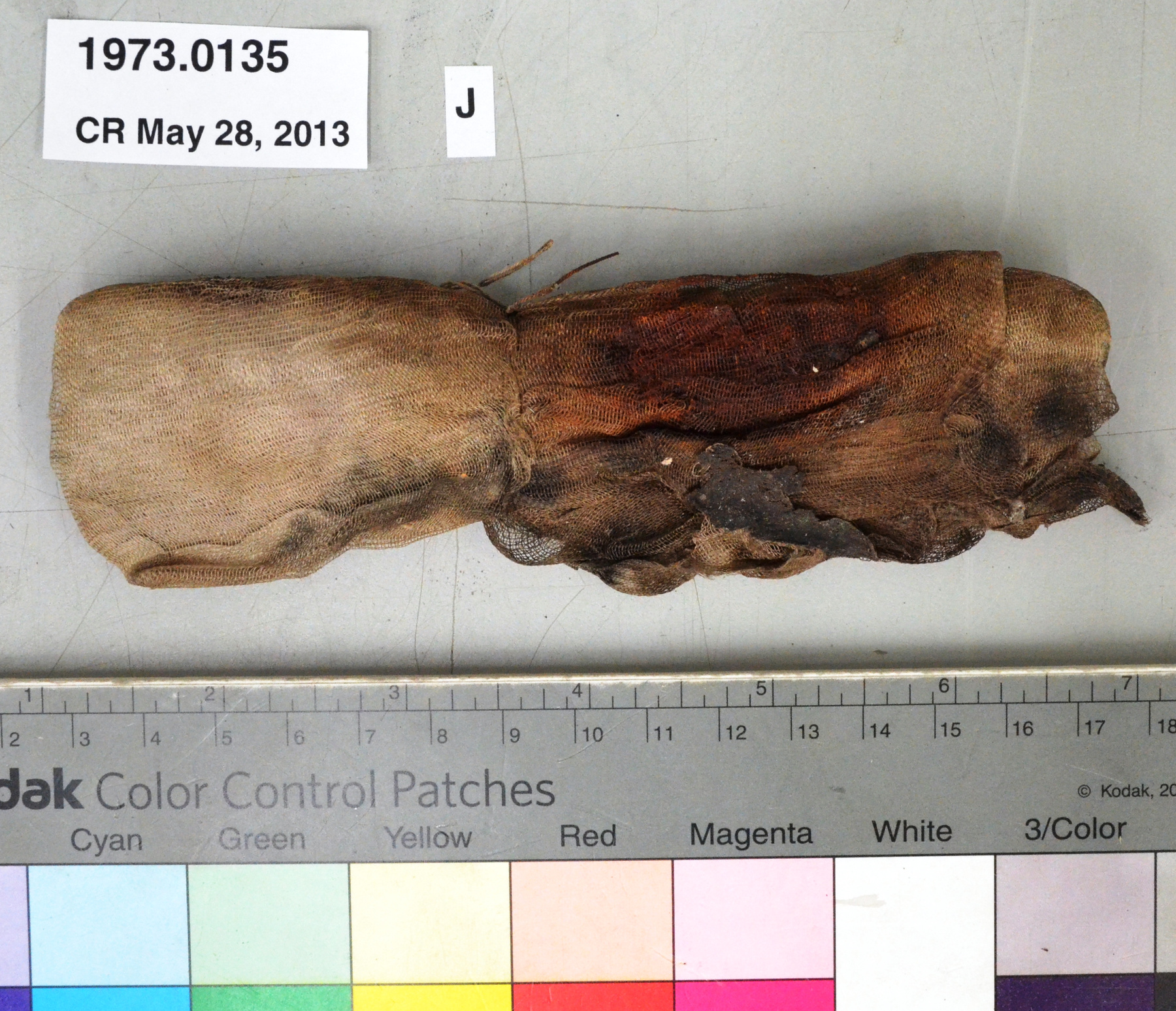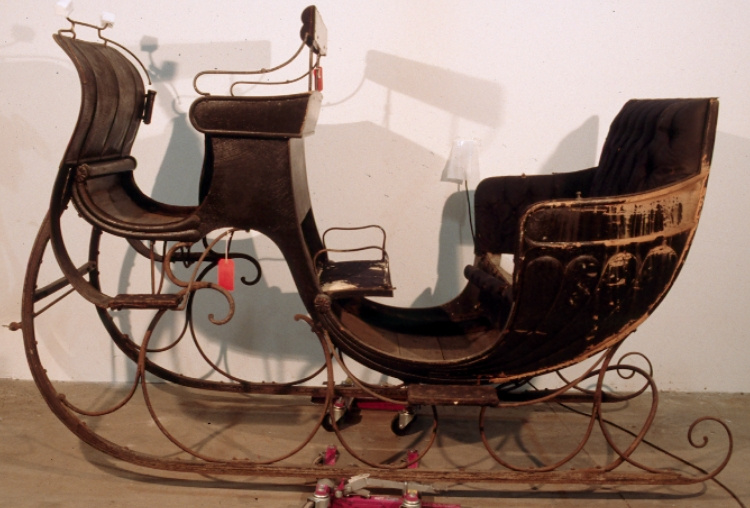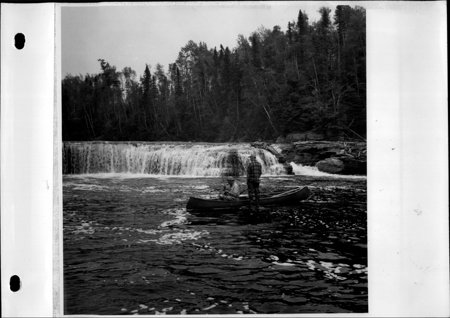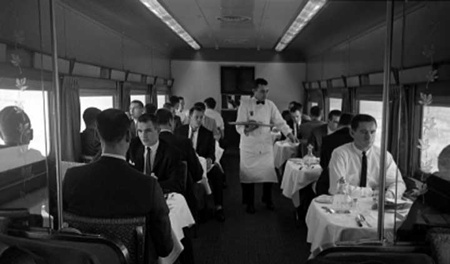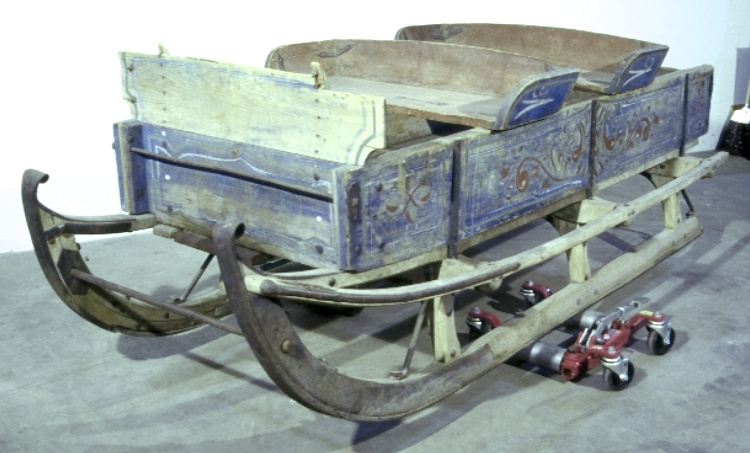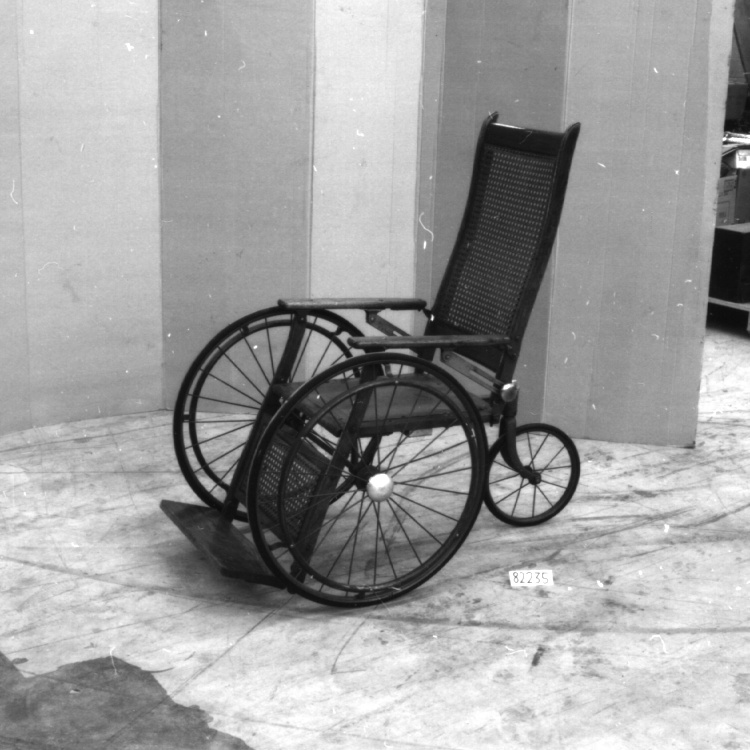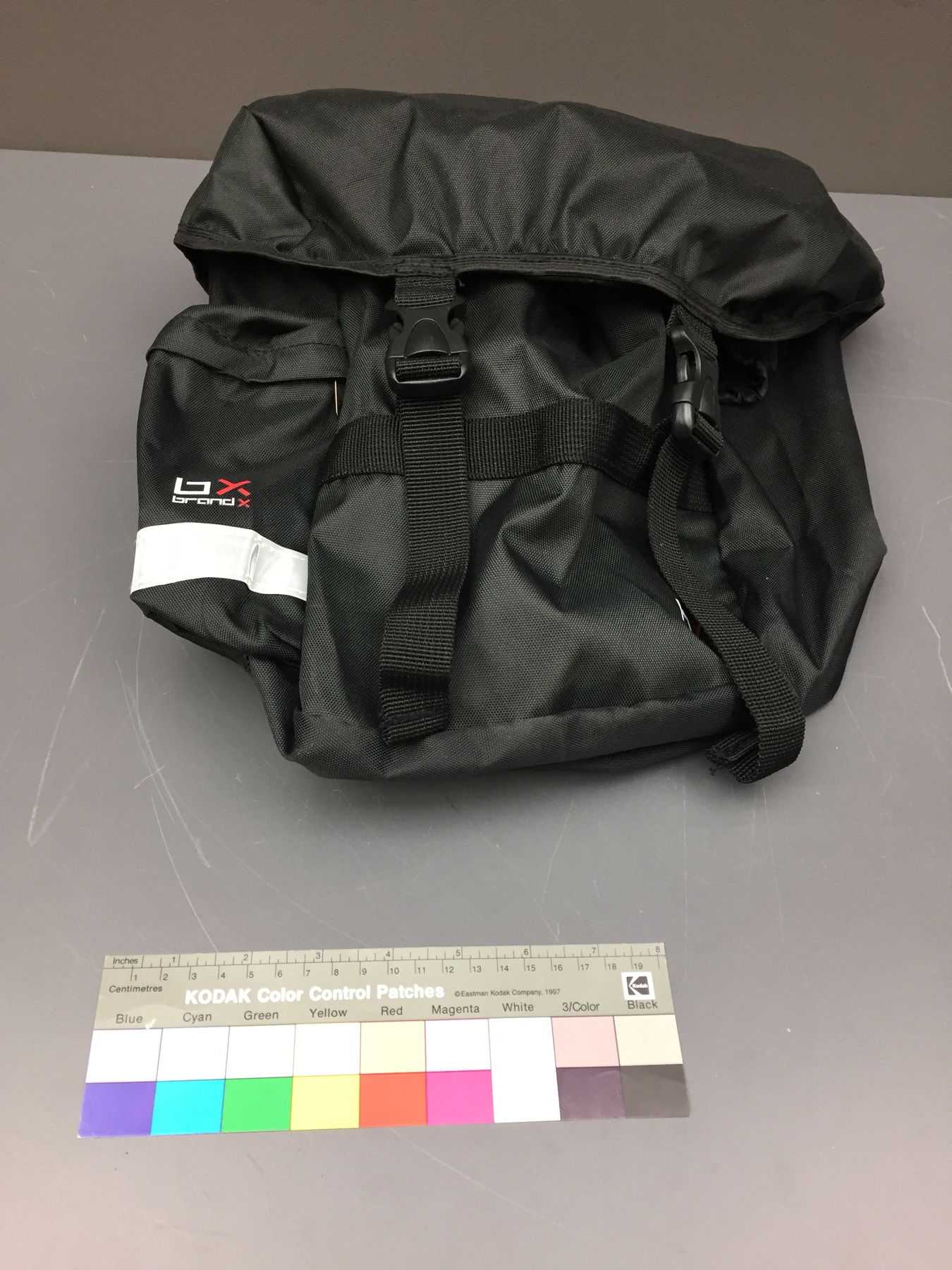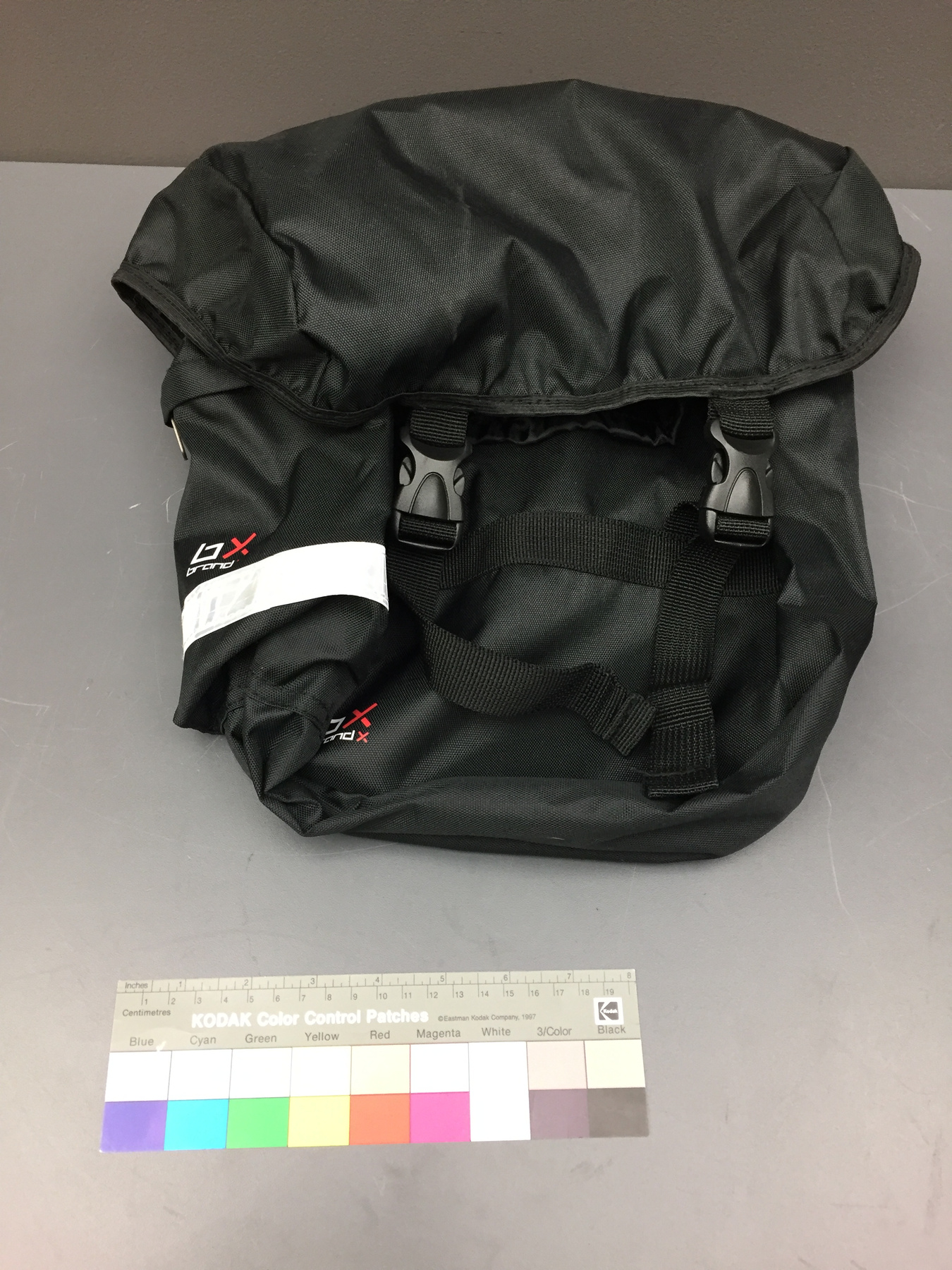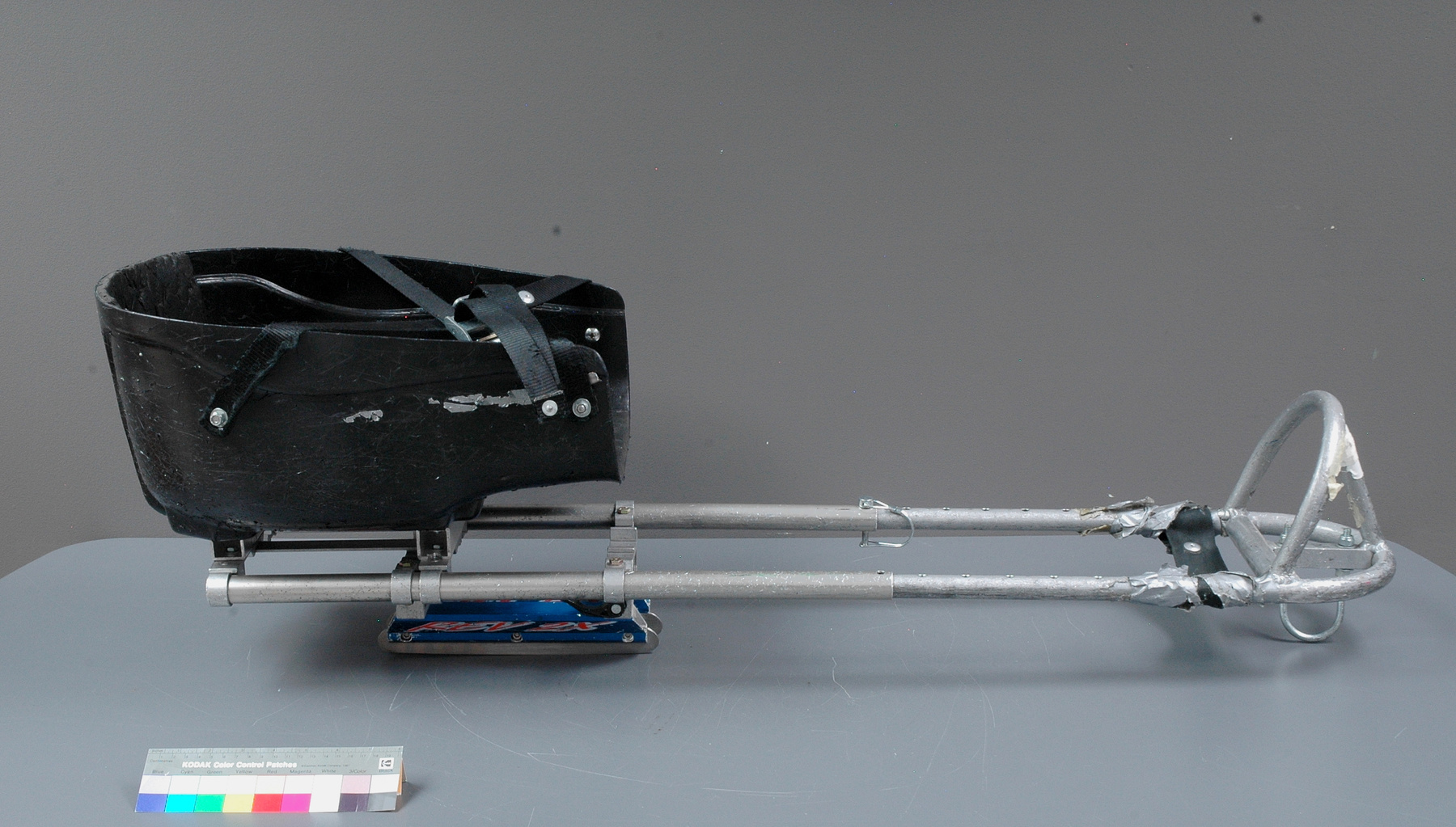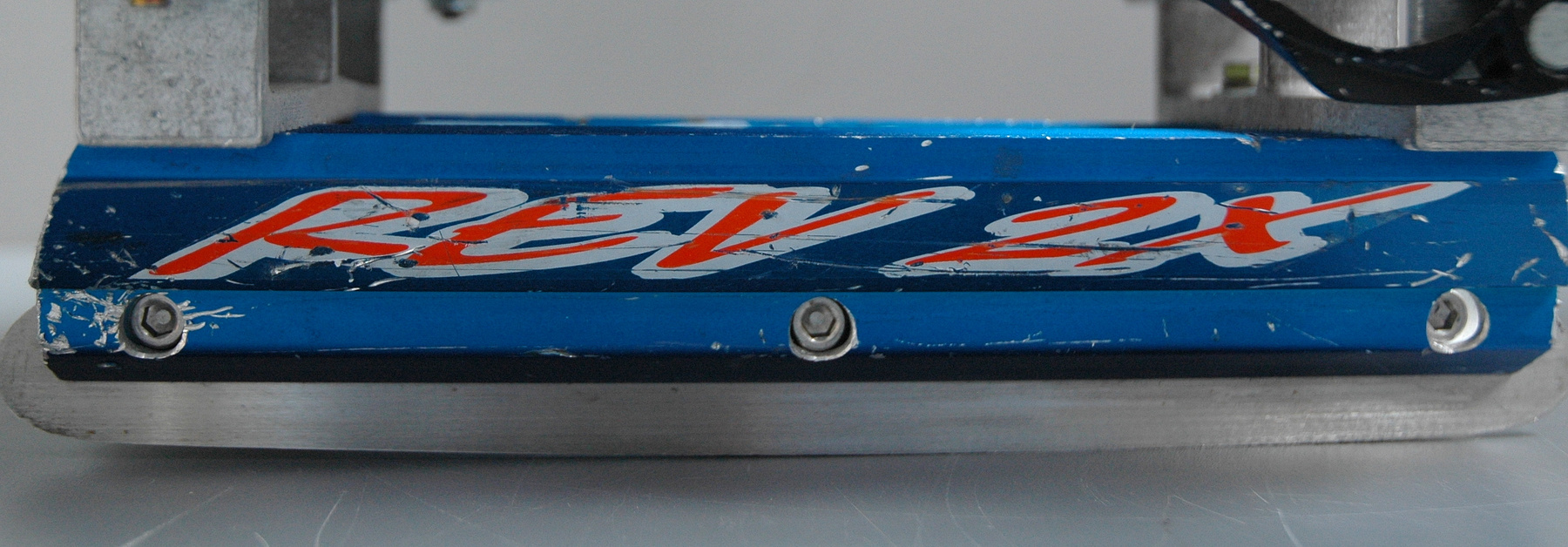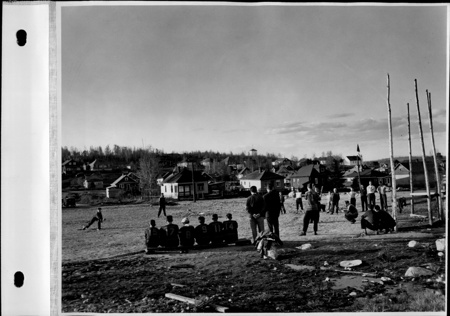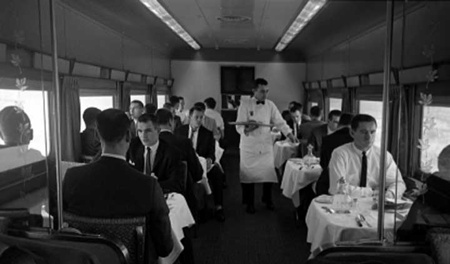Sledge
Use this image
Can I reuse this image without permission? Yes
Object images on the Ingenium Collection’s portal have the following Creative Commons license:
Copyright Ingenium / CC BY-NC-ND (Attribution-NonCommercial 4.0 International (CC BY-NC 4.0)
ATTRIBUTE THIS IMAGE
Ingenium,
2017.0011.001
Permalink:
Ingenium is releasing this image under the Creative Commons licensing framework, and encourages downloading and reuse for non-commercial purposes. Please acknowledge Ingenium and cite the artifact number.
DOWNLOAD IMAGEPURCHASE THIS IMAGE
This image is free for non-commercial use.
For commercial use, please consult our Reproduction Fees and contact us to purchase the image.
- OBJECT TYPE
- Ice Hockey/adjustable
- DATE
- 2010
- ARTIFACT NUMBER
- 2017.0011.001
- MANUFACTURER
- Unknown
- MODEL
- Rev 2X
- LOCATION
- Unknown
More Information
General Information
- Serial #
- N/A
- Part Number
- 1
- Total Parts
- 1
- AKA
- Hockey Sledge/Hockey Sled
- Patents
- N/A
- General Description
- Metal frame and runners with a synthetic seat, foam padding and synthetic fibre straps.
Dimensions
Note: These reflect the general size for storage and are not necessarily representative of the object's true dimensions.
- Length
- 116.5 cm
- Width
- 34.8 cm
- Height
- 35.7 cm
- Thickness
- N/A
- Weight
- N/A
- Diameter
- N/A
- Volume
- N/A
Lexicon
- Group
- Non-motorized Ground Transportation
- Category
- Assistive technologies
- Sub-Category
- N/A
Manufacturer
- AKA
- Unknown
- Country
- Unknown
- State/Province
- Unknown
- City
- Unknown
Context
- Country
- Unknown
- State/Province
- Unknown
- Period
- Unknown
- Canada
-
Canadians are innovators in ice sledge hockey. While the sport of sledge hockey originated in Sweden in the 1960s, Canadians have been instrumental in the sport’s organization and in equipment design and manufacturing. In the latter field, Laurie Howlett has played an important role. Howlett is an inventor, engineer, and metal-worker who became interested in assistive technologies after building a hand-propelled tricycle for a paraplegic girl in his Peterborough neighborhood. He founded Unique Innovations Inc. in Peterborough in DATE to develop these technologies and turned his attention ice sledge hockey in DATE. He is the main distributor of ice hockey sledges to athletes in both development and elite programs around the world. Ice sledge hockey was primarily a men’s sport until the 2000s, when volunteers in Canada and United States began organizing women’s sledge hockey programs. In 2007, the first international all-women sledge hockey match was held in Ottawa, a game between Canada and the United States. Through the 2000s, women’s ice sledge hockey experienced continued development with further competition between Canadian and American teams, and the formation of sledge hockey programs in Europe, Norway, and Japan. In November 2014, the first IPC sanctioned world championships were held in Brampton, Ontario, with three teams from Canada, the United States, and Europe. In 2014, Women’s Sledge Hockey in Canada (WSHC) was incorporated as a non-profit organization to support and develop the sport. In October 2016, Norway will host the IPC-sanctioned Women’s Hockey Festival. Although ice sledge hockey became a Paralympic sport for men in 1994, it is not currently not a sanctioned Paralympic event for women. IPC rules currently allow for one female athlete per men’s team roster, a rule change instituted for the 2010 Paralympics. According to the WSHC, no woman has yet to be included on a Paralympics men’s team. Canadian women who participate in ice sledge hockey do not currently receive funding to support their participation. Peggy Assinck has participated in sledge hockey events and tournaments for more than 20 years. She was born with a mild and undiagnosed form of spina bifida, and grew up without motor or sensory deficits. She was an active athlete until age 11 when she suddenly became paralyzed from the waist down as she walked home from a track-and-field meet. From that point on, Ms. Assinck experienced motor and sensory deficits and was dependent on mobility devices, including a wheelchair. Unable to participate in able-bodied sports, Ms. Assinck followed the suggestion of a recreational therapist and tried ice sledge hockey, which she came to enjoy and excel in. As she notes, she “realized quickly how fun it was and more importantly, how great it was to be playing a sport with people who also had mobility impartments. I learned a lot from my teammates and my early participation in the disabled sporting community was incredibly important for my sports and educational successes.” Ms. Assinck has been a member of the National Women’s National Sledge Hockey Team since 2007 and has participated in many firsts for the women’s team, including the first international match in 2007 and the 2014 IPC-sanctioned International Cup. Ms. Assinck is also a member of men’s BC provincial sledge hockey team; the women’s BC provincial wheelchair basketball team; the BC provincial ParaRowing team; and the Canadian national wheelchair floorball team. Ms. Assinck is also active in developing sledge hockey programs in BC. In her own words, “being involved in sledge hockey has changed my life. It has helped me to become a strong, independent and determined woman who can take on any challenge life throws my way.” Peggy Assinck is currently a PhD candidate in neuroscience at the University of British Columbia where she conducts spinal-cord injury research. This acquisition was made possible by Janice Coulter, the president of Women’s Sledge Hockey of Canada (WSHC). WSHC is the national organization that facilitates developmental and competitive sledge hockey programs for women and girls across Canada. It was founded incorporated in 2014 and develops the sport across Canada, organizing tryouts, training camps, and international competition IPC sanctioned events. (Taken from the Acquisition Proposal, see Ref. 1) - Function
-
Sledges (or sleds as they are also called) enable athletes to play sledge ice hockey. They consist of a molded seat attached to a welded aluminum frame equipped with a pair of parallel skate blades. Ice-sledge-hockey athletes typically have congenital or acquired conditions that limit their mobility: sledges give them a stable and mobile platform to play the game. Hockey players propel the sledge using two hockey sticks: the sticks have curved blades and metal teeth at the opposite end. Players thus use the sticks to move the puck and to propel and maneuver themselves over the rink. Ice sledge hockey is governed by ice hockey rules with one additional penalty rule concerning a type of check. The sport is fast and physical. (Taken from the Acquisition Proposal, see Ref. 1) - Technical
-
Laurie Howlett and Unique Innovations are world leaders in ice hockey sledge development and manufacturing. He and his company are located in the Peterborough area. Given the tight deadline for this proposal, I have not been able to get more information directly from Mr. Howlett, though he is now aware of this proposal. Ms. Assinck and he have a long association and she has advised that he will be happy to supply required information about his company, his work, and particulars about the sledge he built for her. Ms. Assinck has provided information about the sledge and its history in the document “Life before SCI”, which is available at http://opentext/OTCS/llisapi.dll/link/7665758 She notes in that document that her first sledge was built by her father. It was heavy and had a BBQ grill on the rear to protect Ms. Assinck’s back during play. Her second sledge was one from Unique Innovations. Ms. Assinck could adjust blade position, seat height, seat position, and length of foot plate etc. Mr. Howlett worked with Ms. Assinck to configure and adjust the sledge to meet her needs. They even experimented with a kneeling sledge, but abandoned it. This sledge broke during a game and she ordered a new one from Unique Innovations, which is this one on offer. During this period, Ms. Assinck underwent many spinal-cord surgeries and also experienced ongoing changes to her flexibility, and worked with Mr. Howlett again to customize the sledge to meet her needs. Ms. Assinck describes the sledge thus: “The sledge I am sending is a sledge from this time and was put together based on bit and pieces of different sledges over the years.” (Taken from the Acquisition Proposal, see Ref. 1) - Area Notes
-
Unknown
Details
- Markings
- On both sides of each runner bracket: "REV 2X"
- Missing
- Appears to be missing a locking clip on the proper right extendable pole.
- Finish
- Silver- and grey-coloured metal frame with a black seat and straps. The runners consist of blue brackets with red and white markings and silver-coloured blades. Next to the proper right runner is a black lever. There are also pieces of white, grey and silver-coloured tape on the proper front section of the frame.
- Decoration
- N/A
CITE THIS OBJECT
If you choose to share our information about this collection object, please cite:
Unknown Manufacturer, Sledge, circa 2010, Artifact no. 2017.0011, Ingenium – Canada’s Museums of Science and Innovation, http://collections.ingeniumcanada.org/en/id/2017.0011.001/
FEEDBACK
Submit a question or comment about this artifact.
More Like This
